The M3 Pickup, we get it, but why didn’t BMW build the M3 Touring?
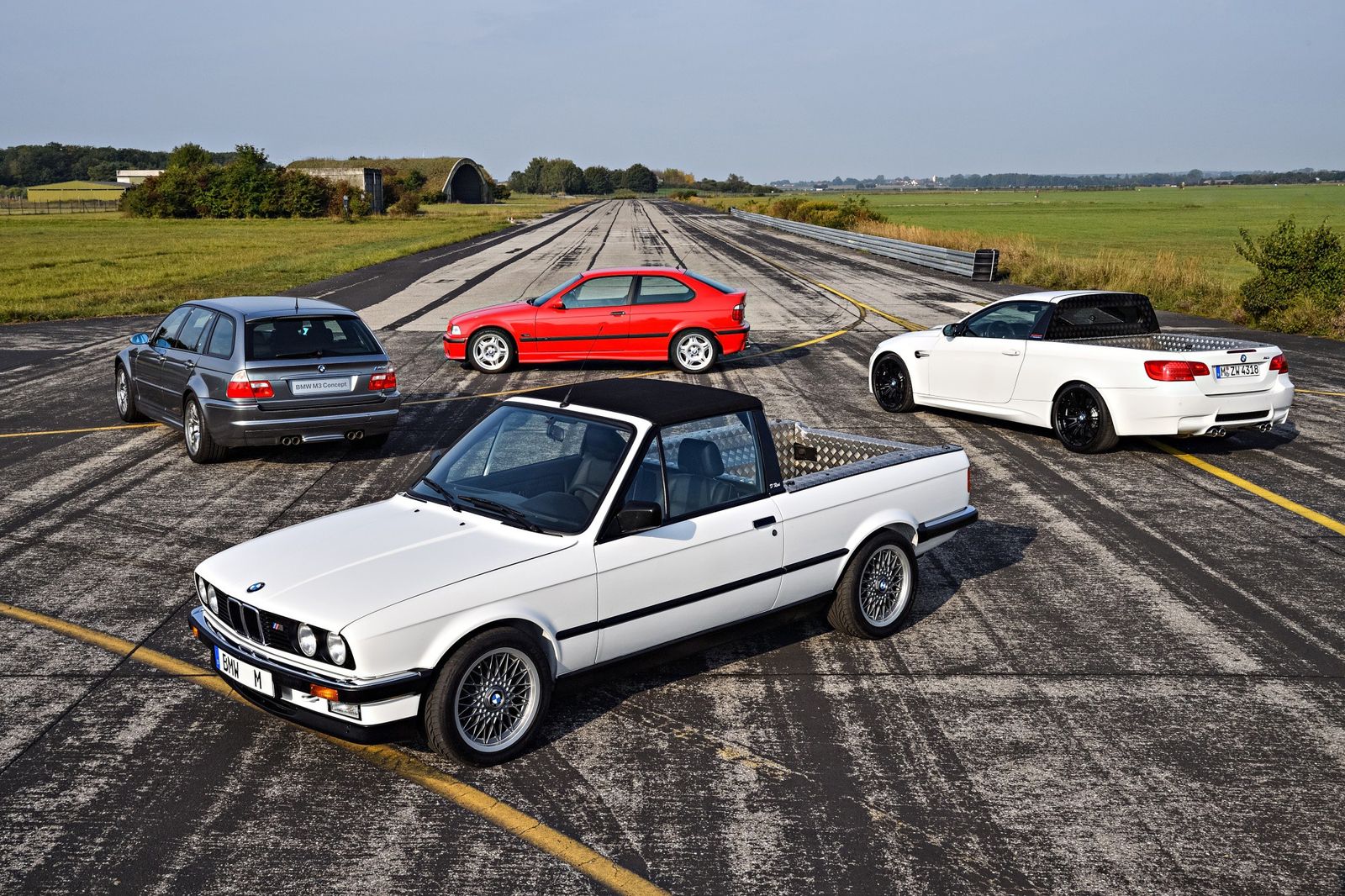
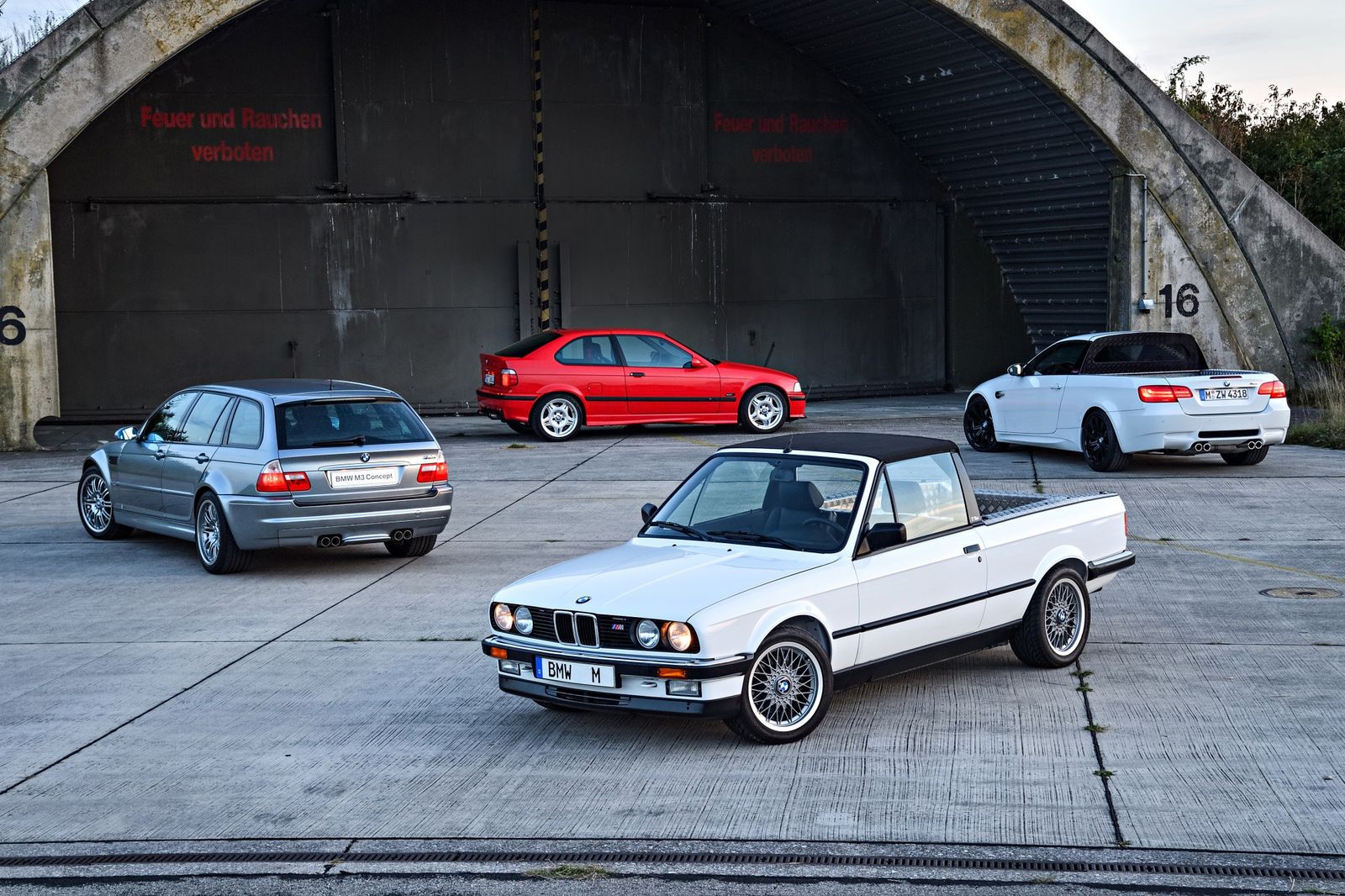
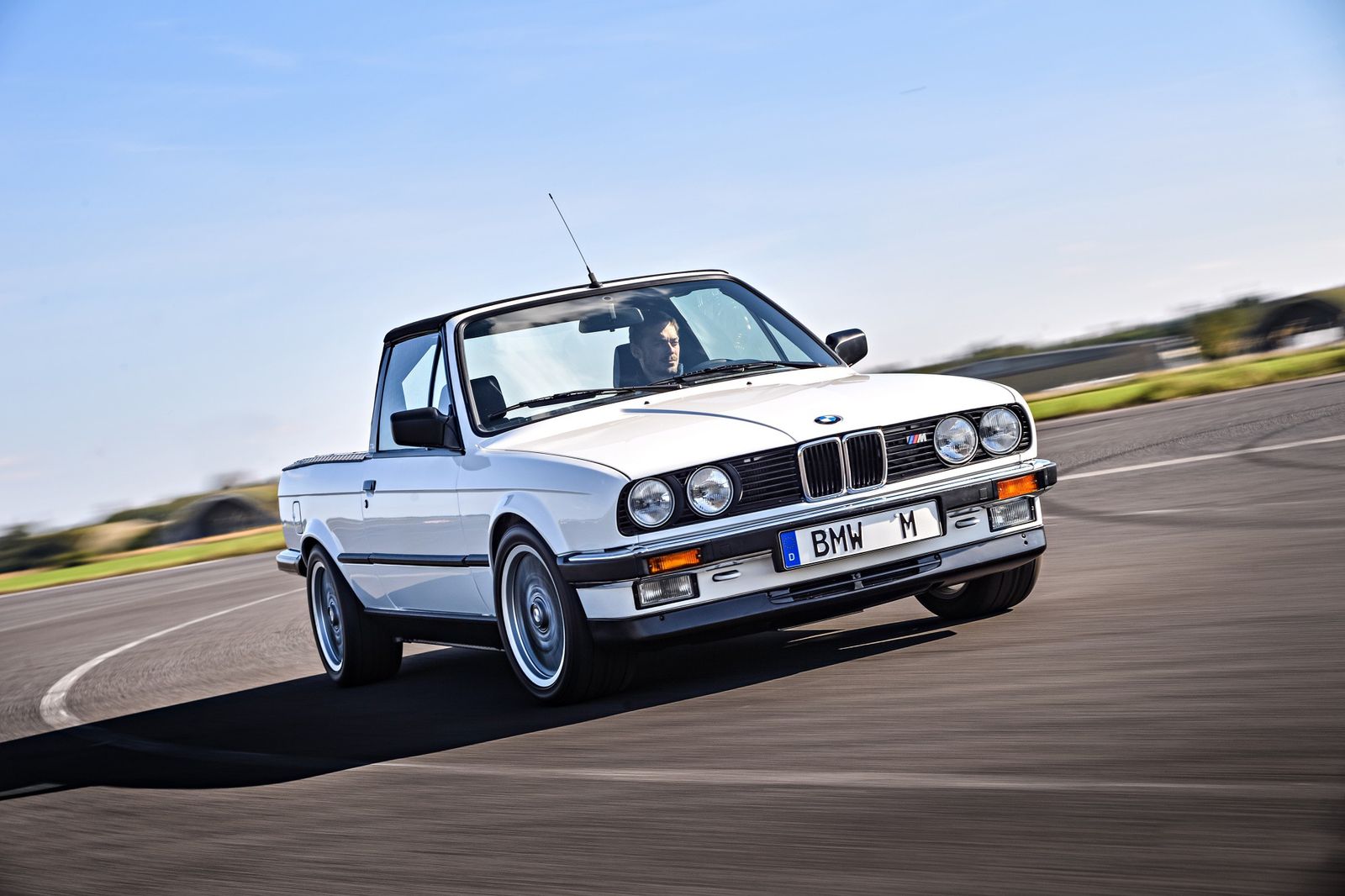
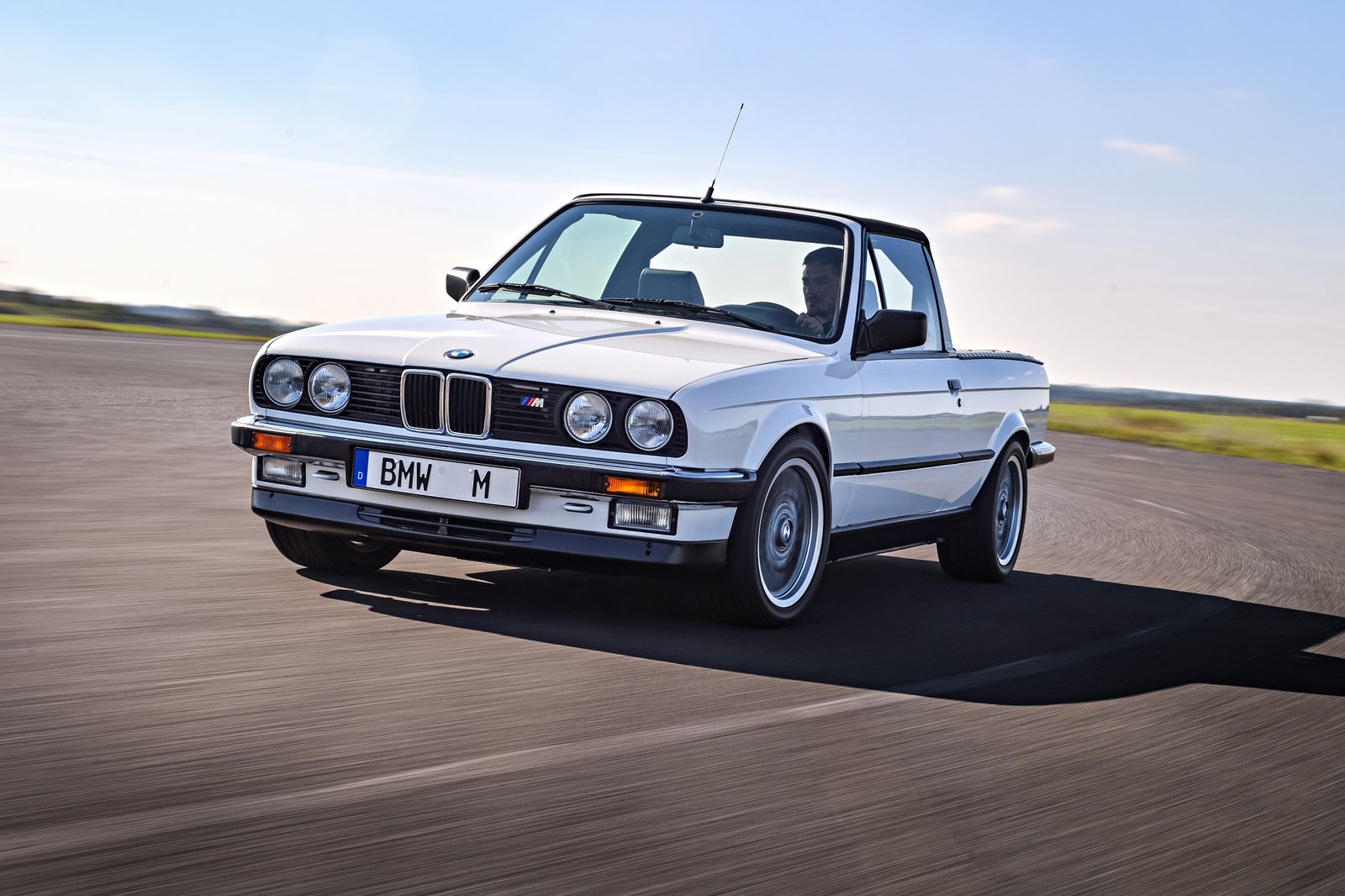
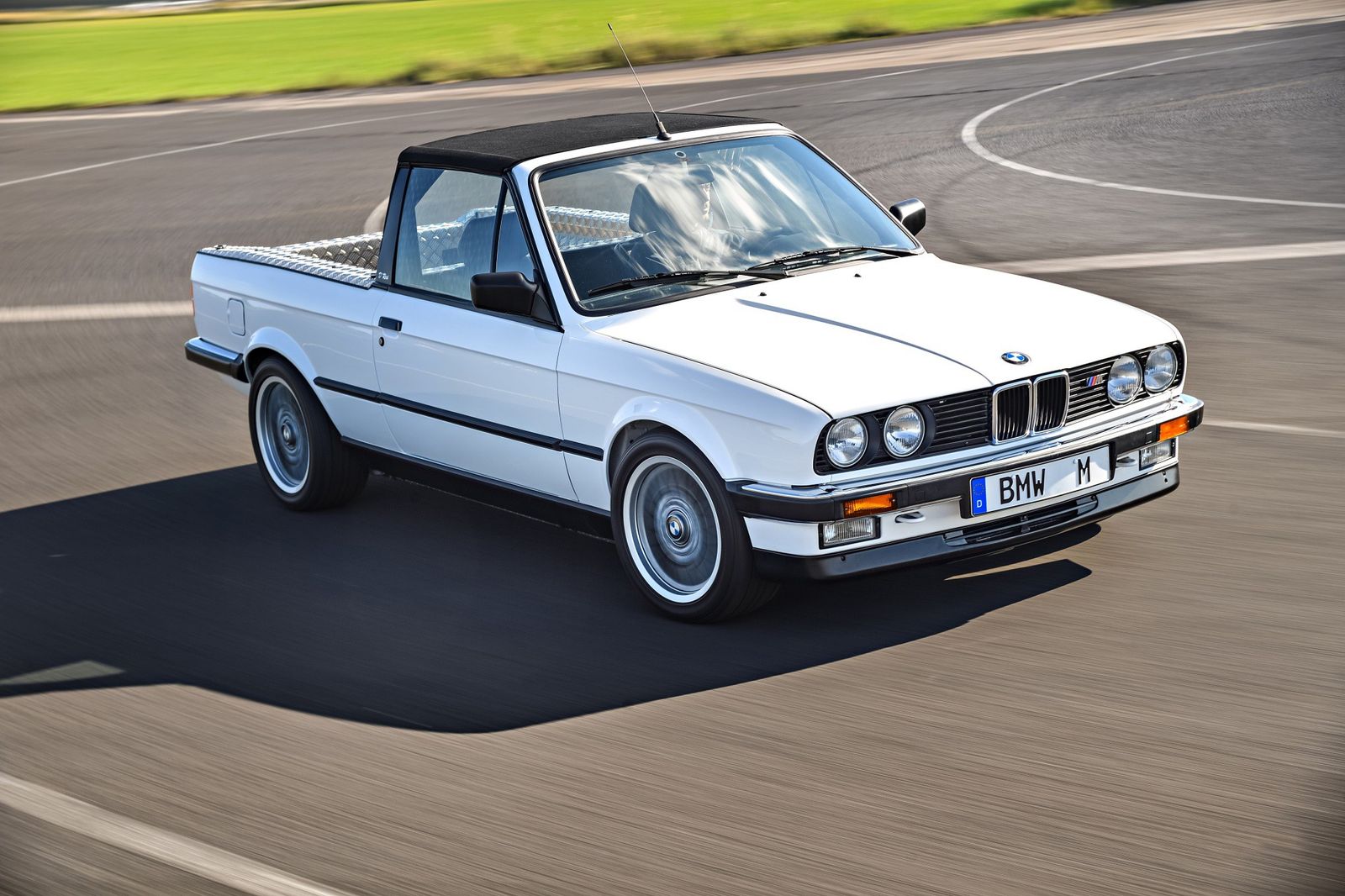
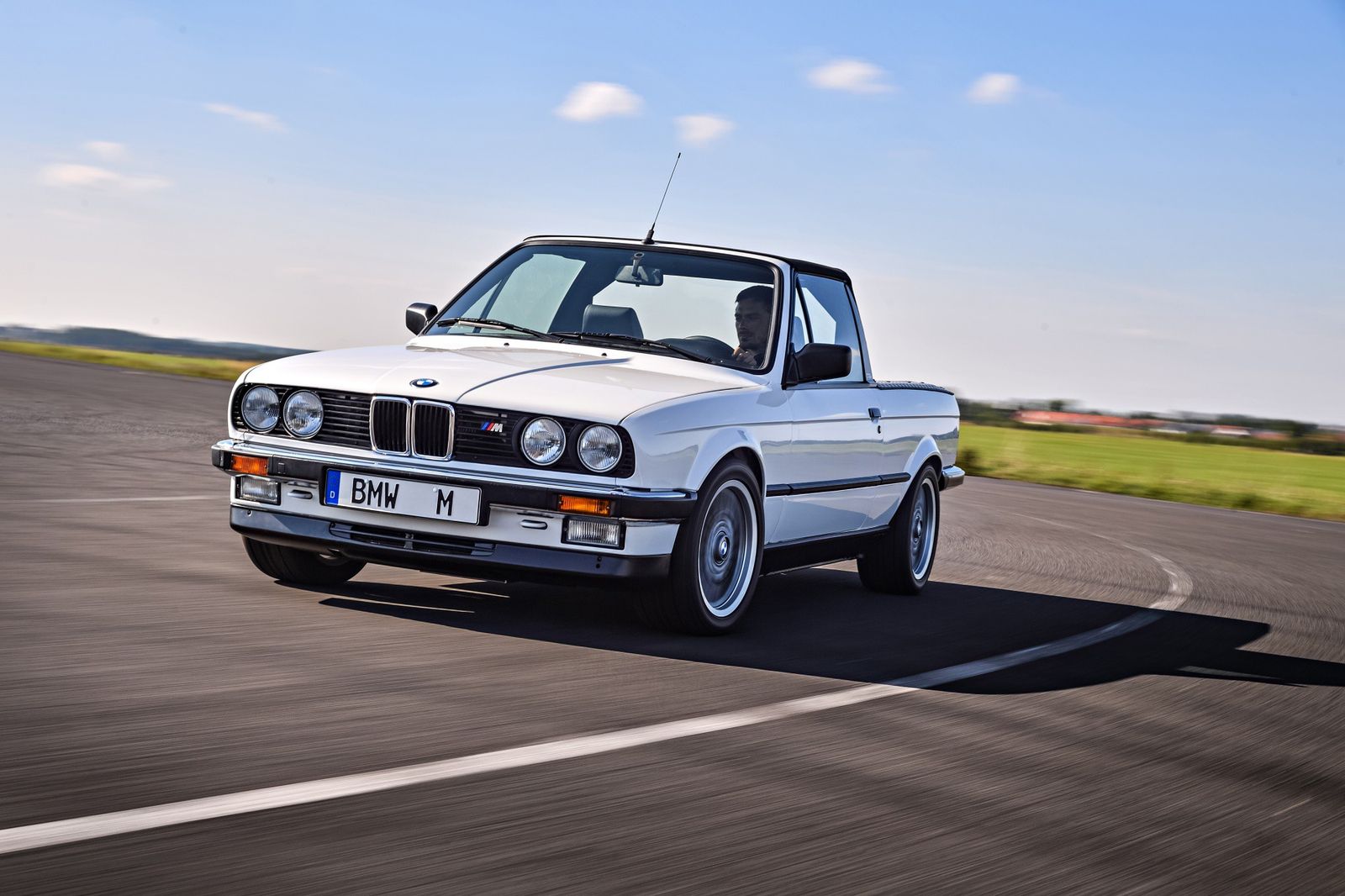
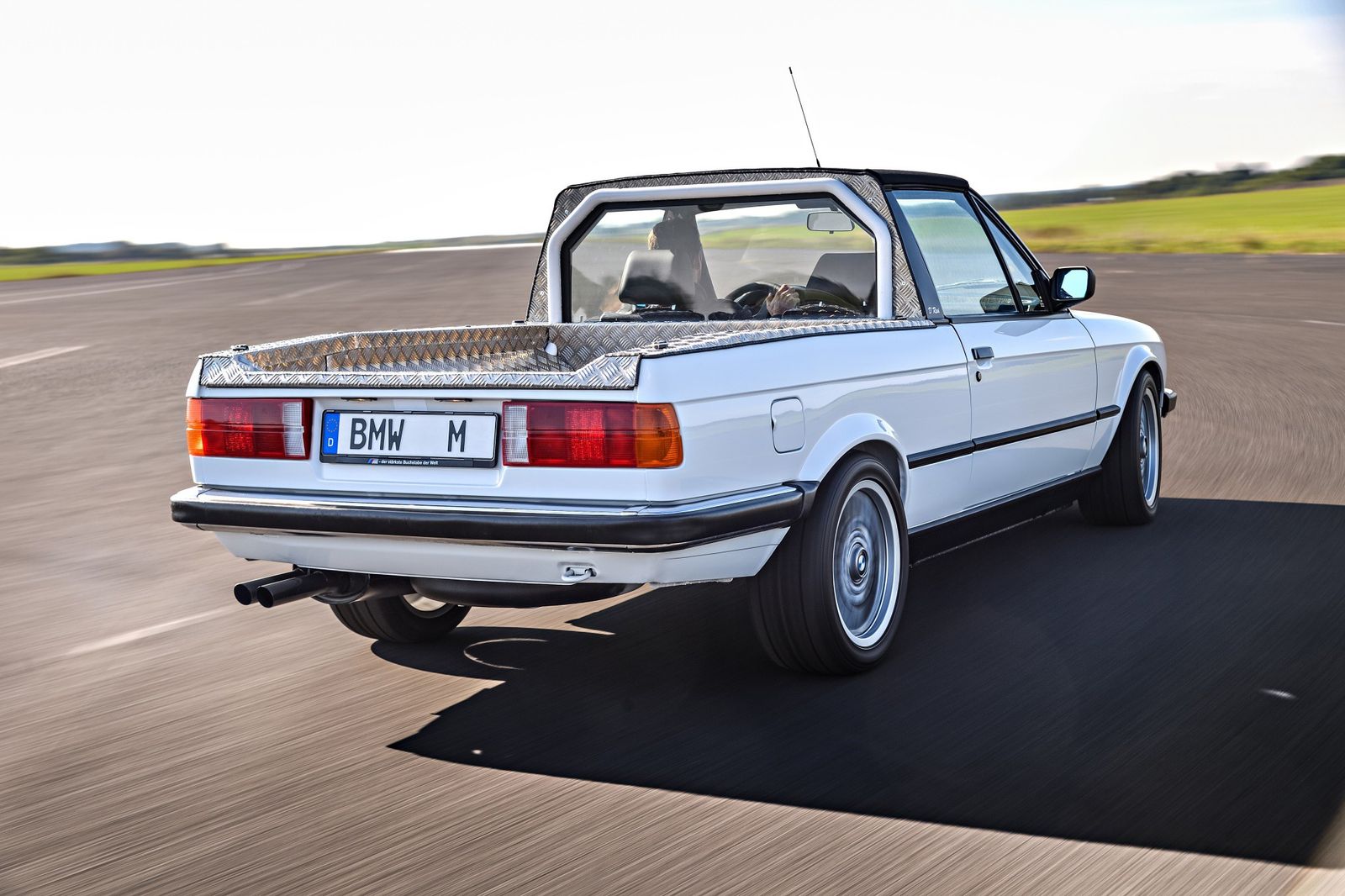
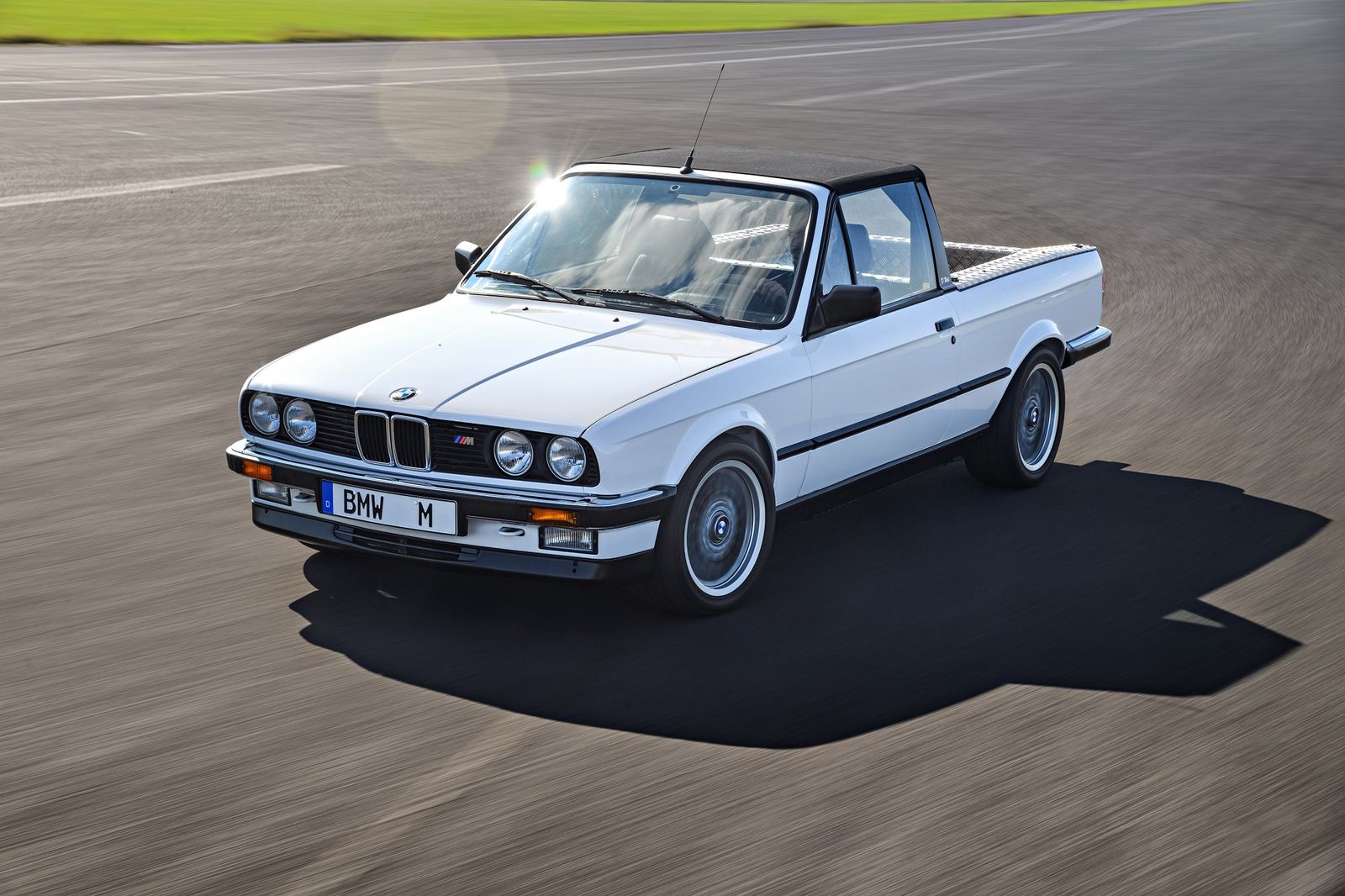
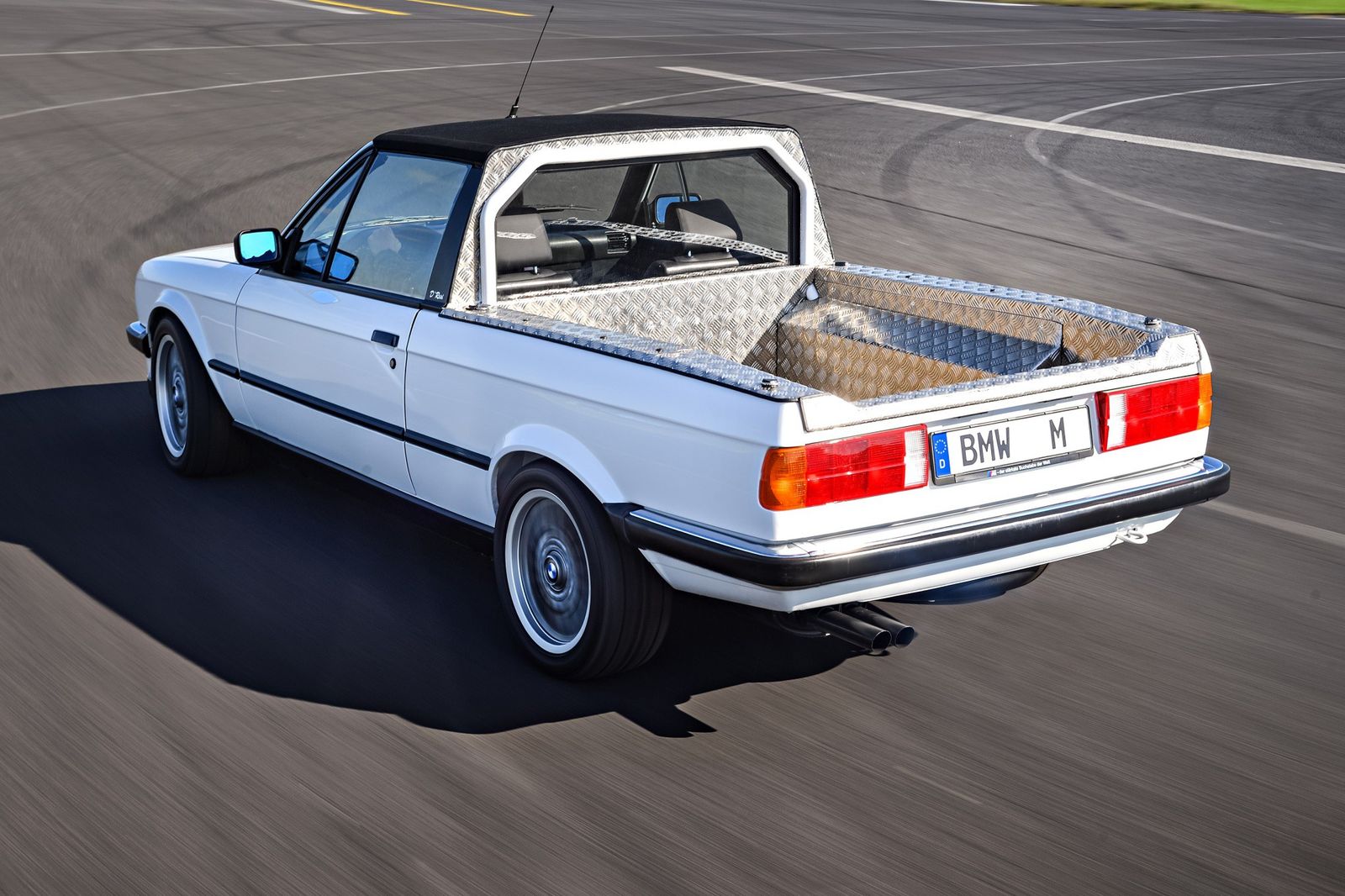

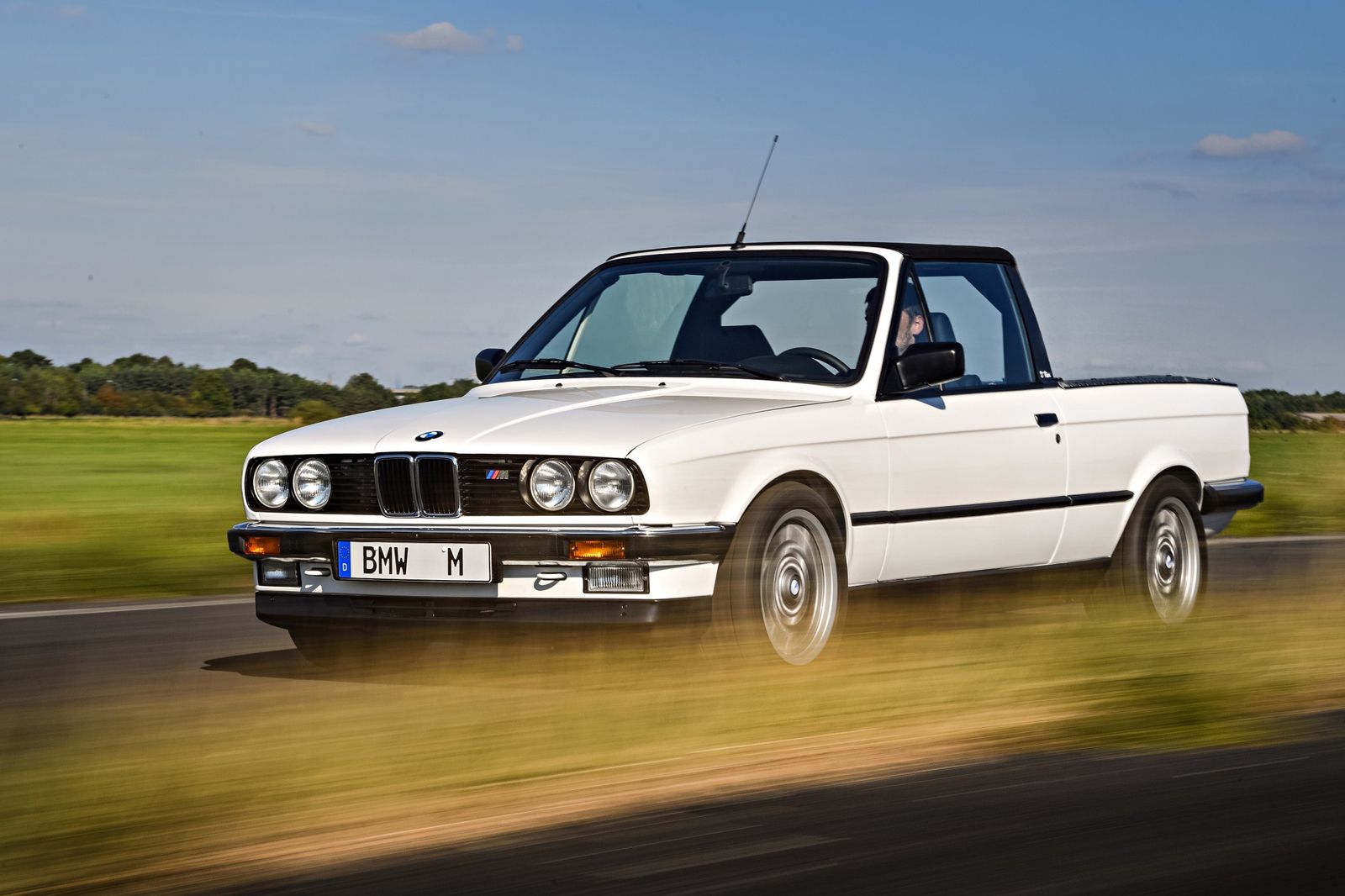
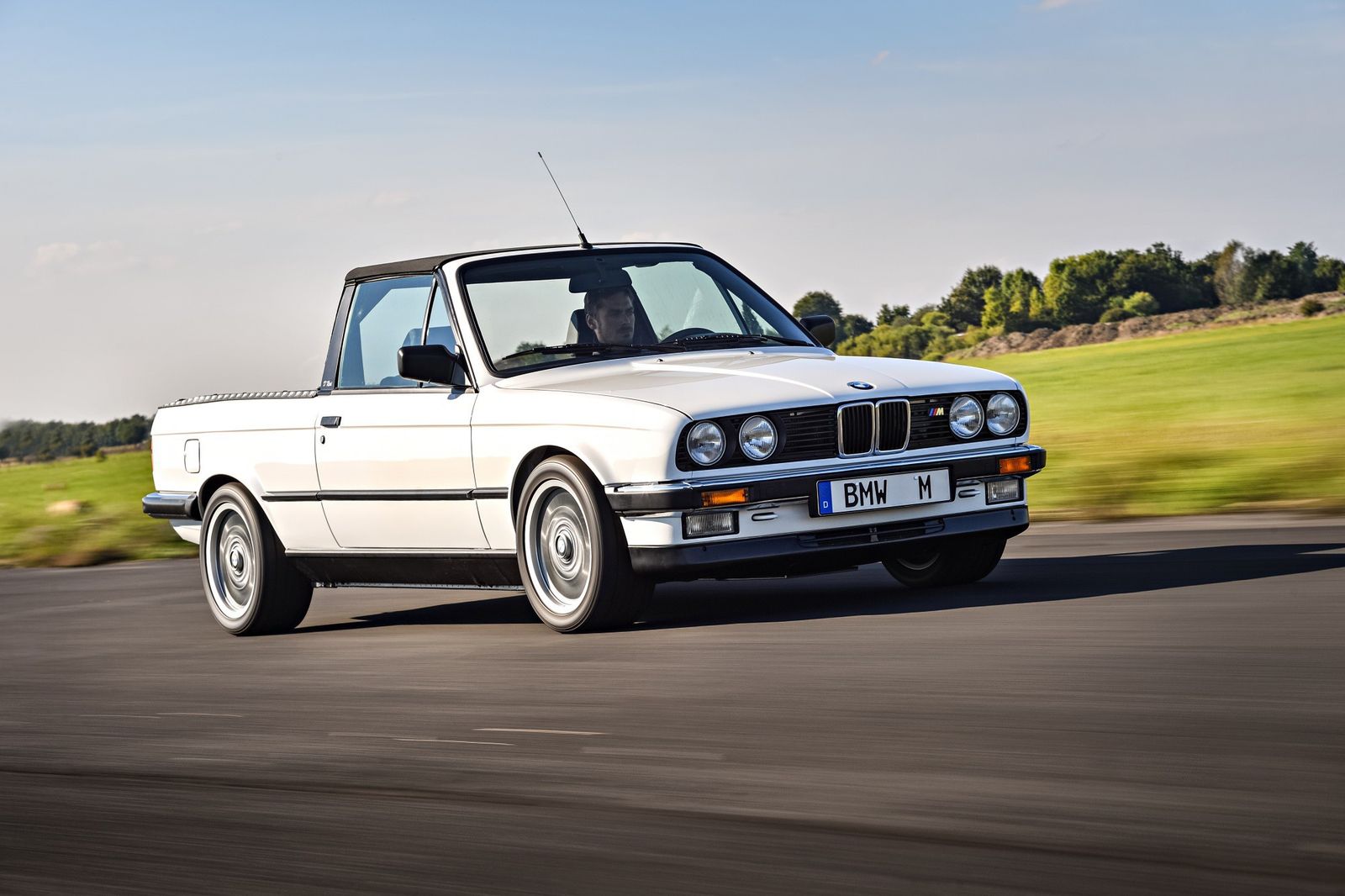

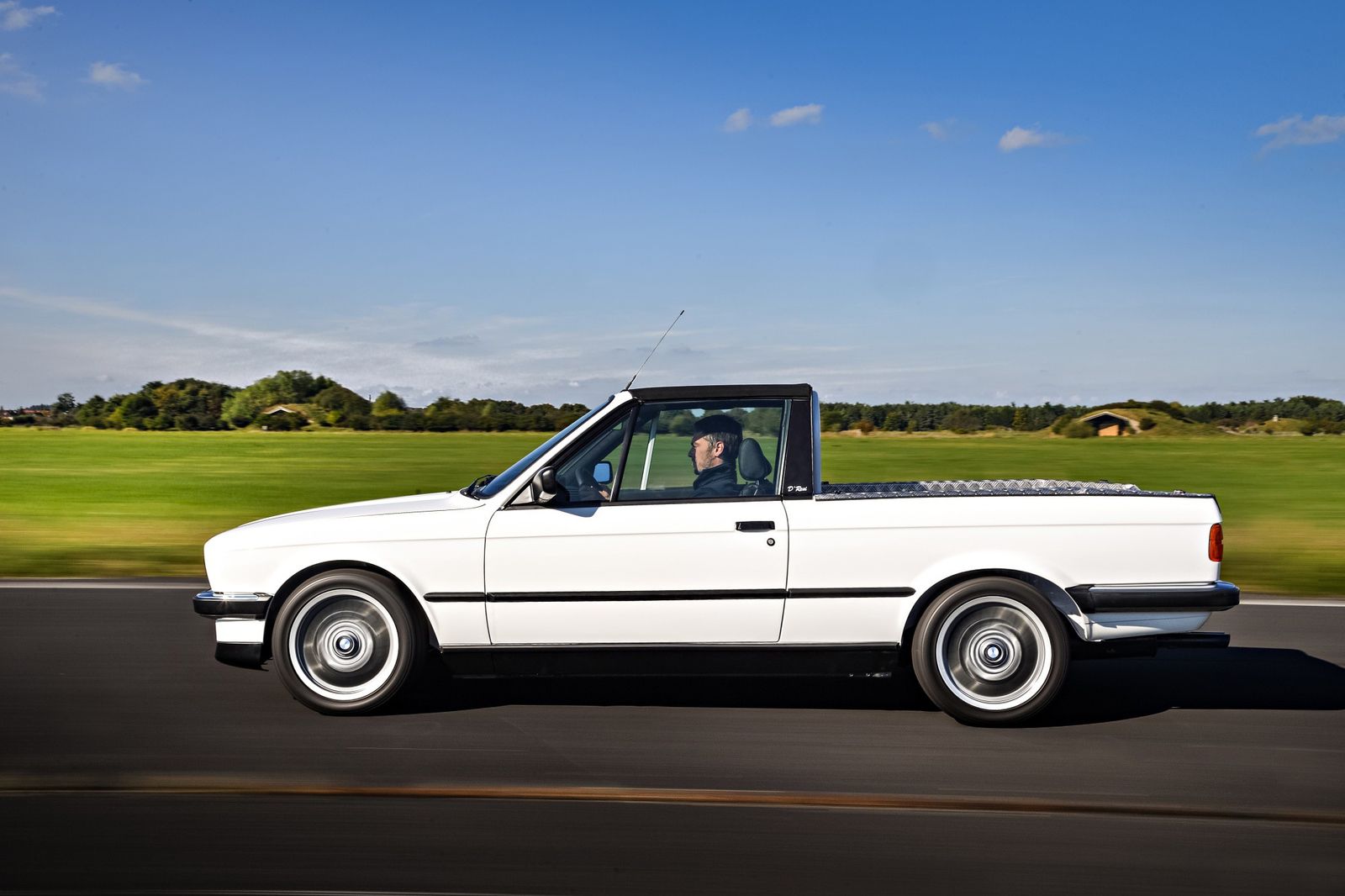

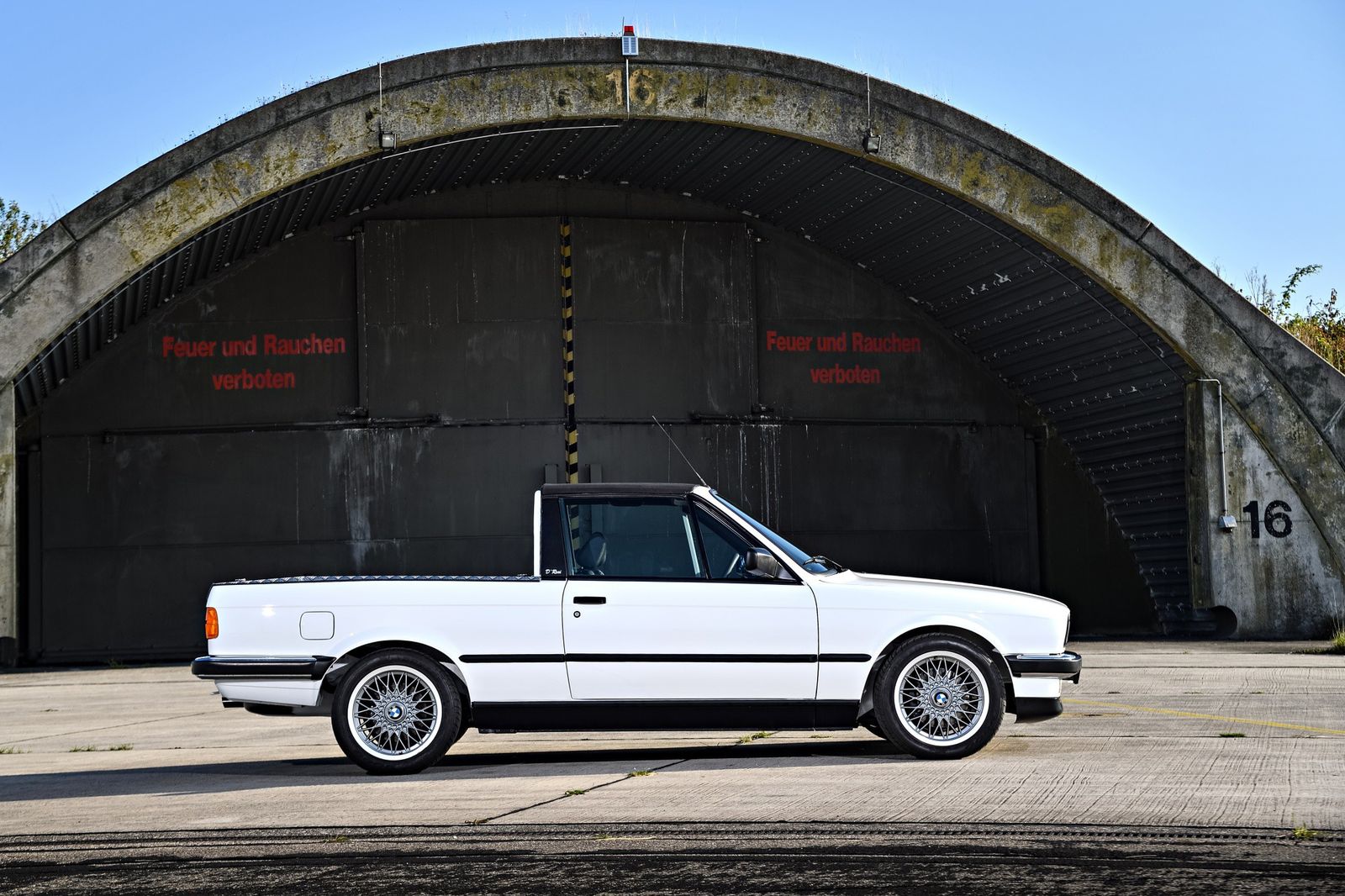
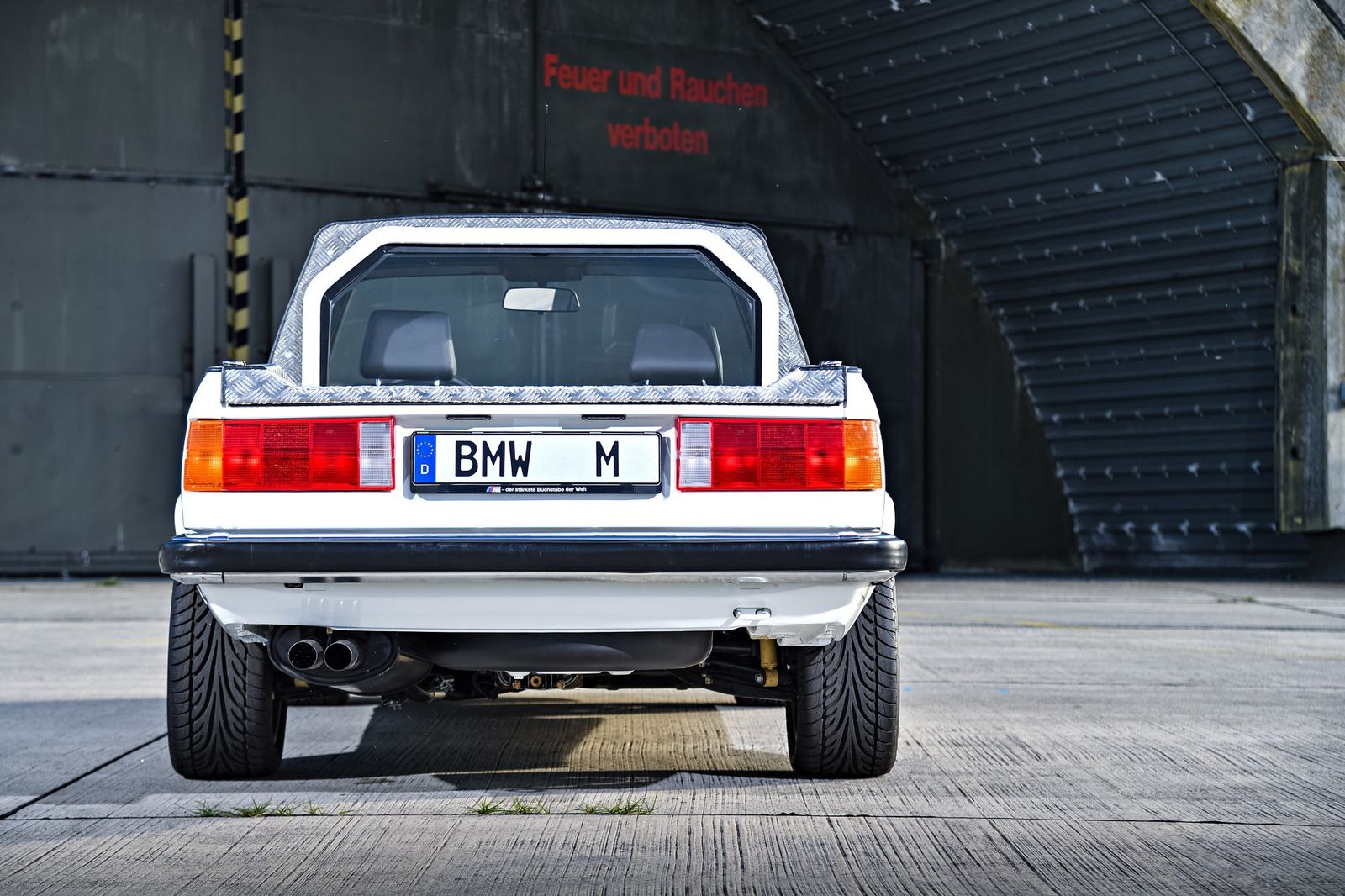
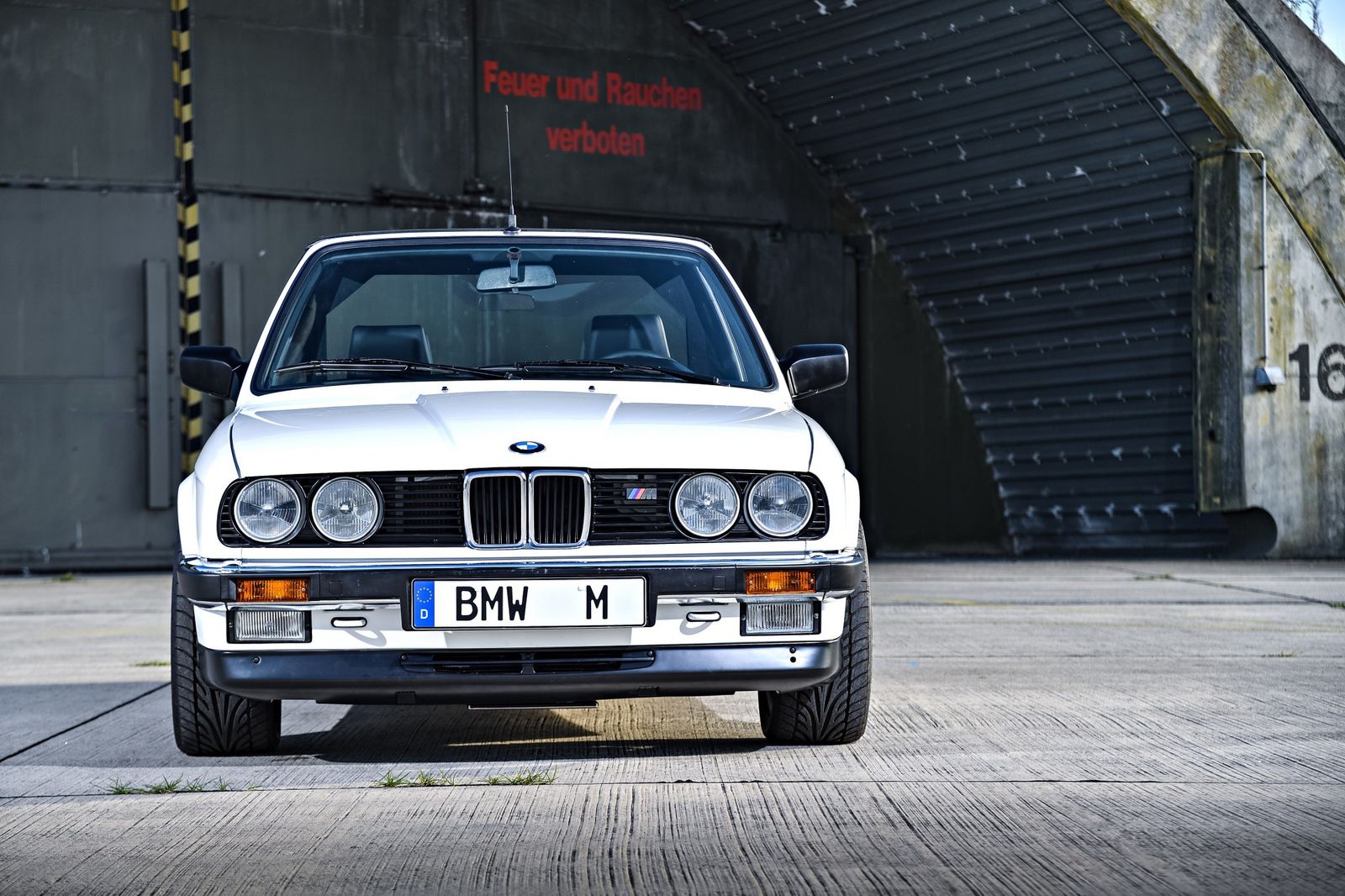
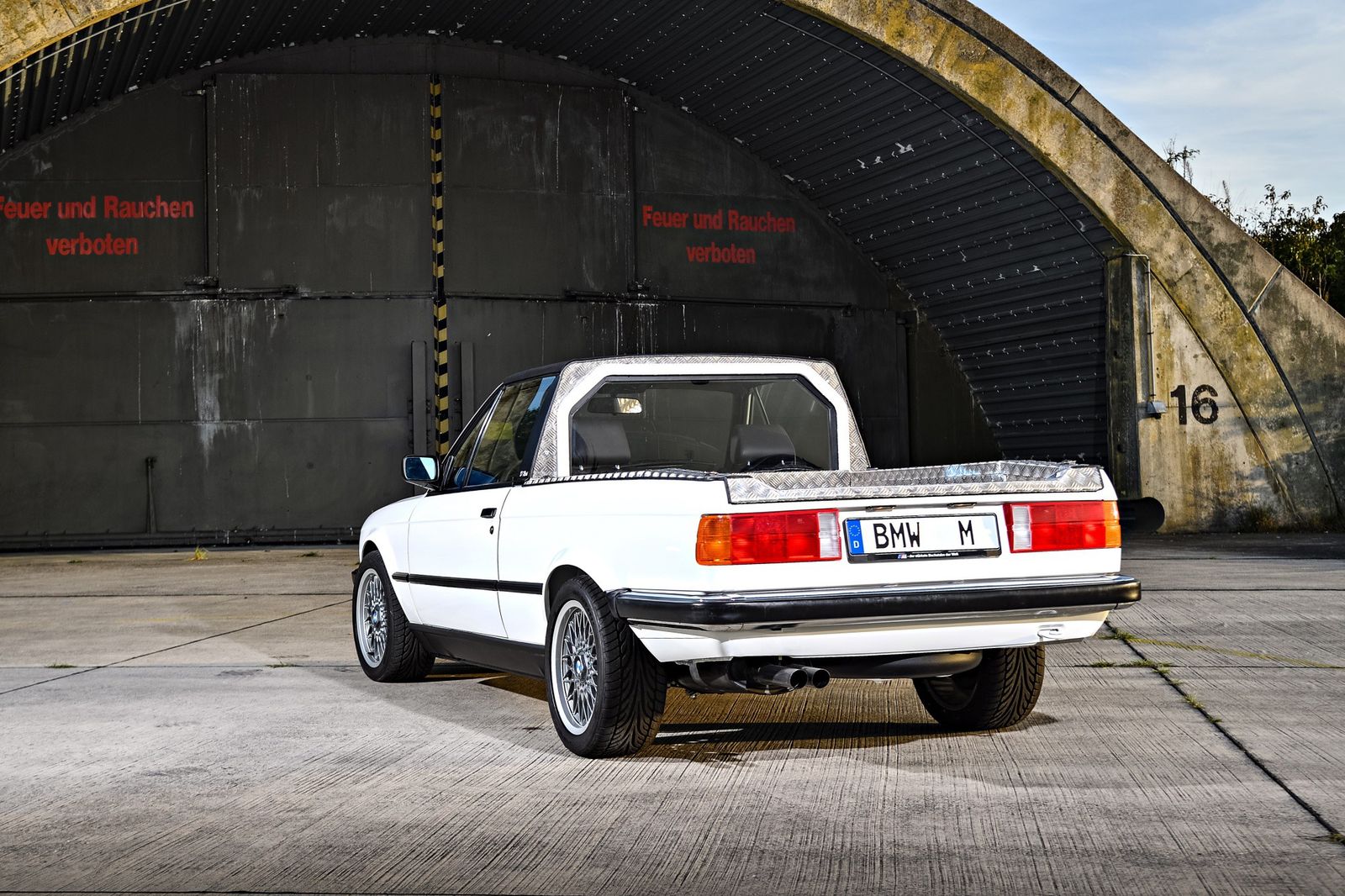

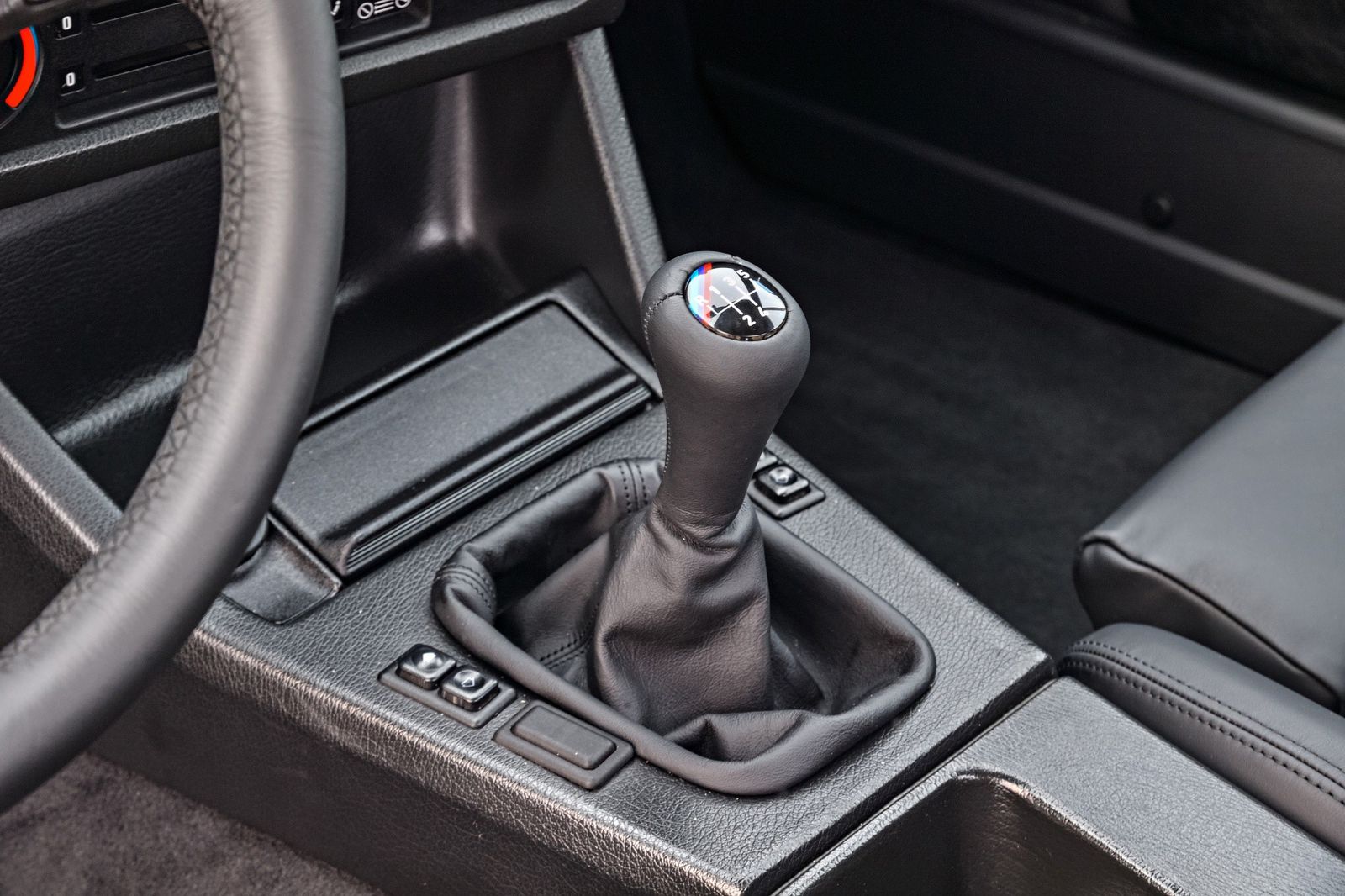


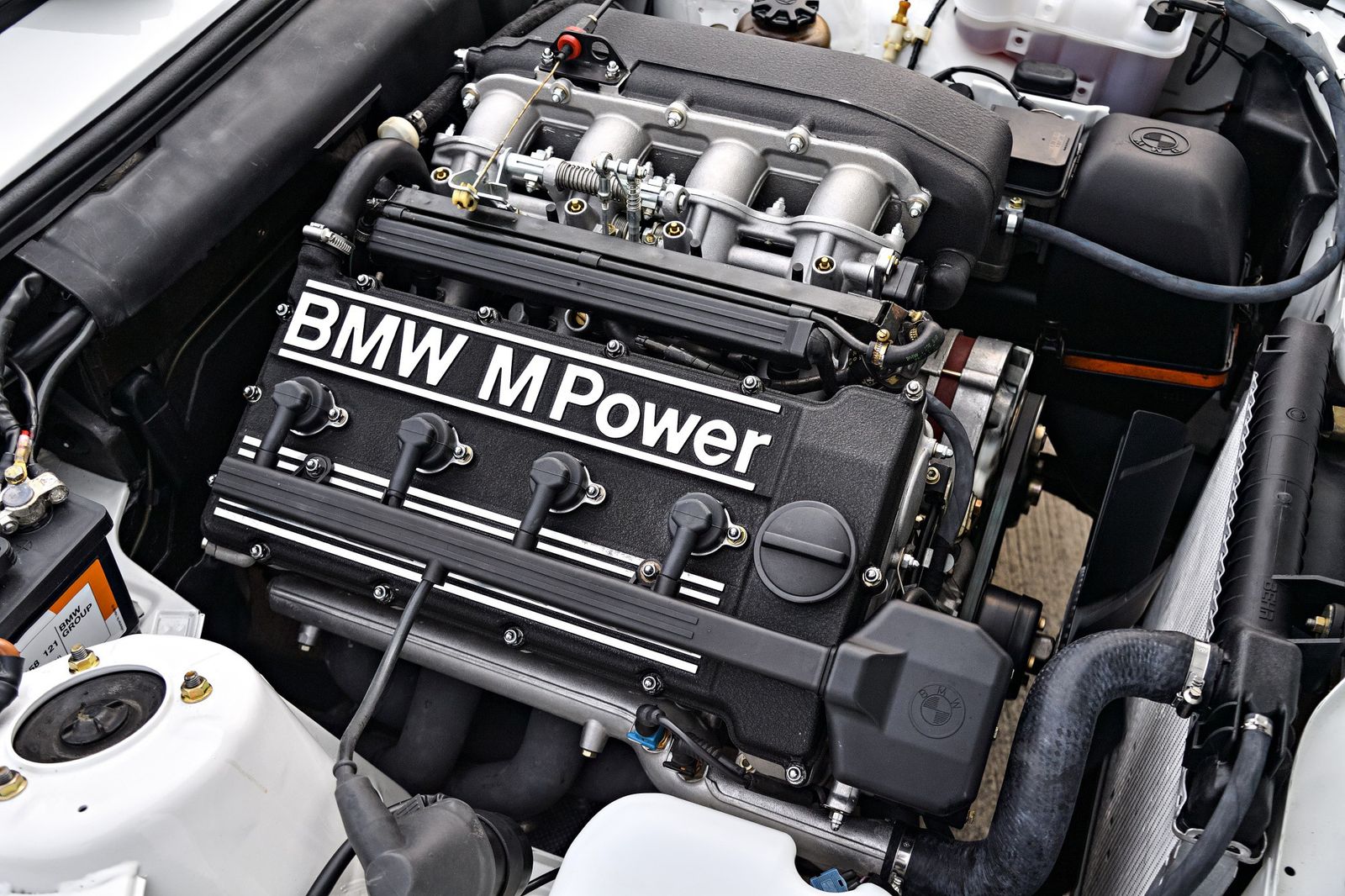


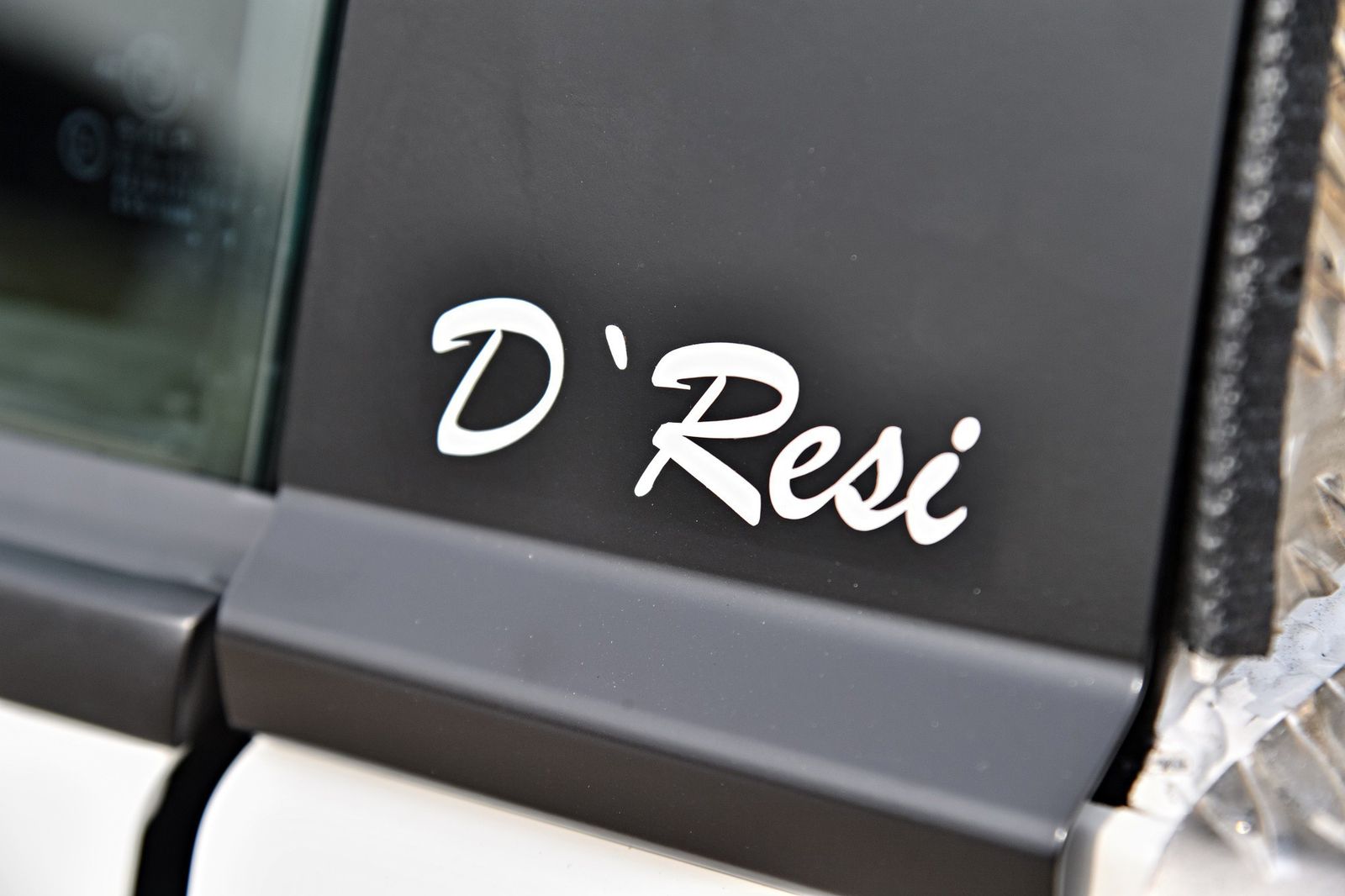


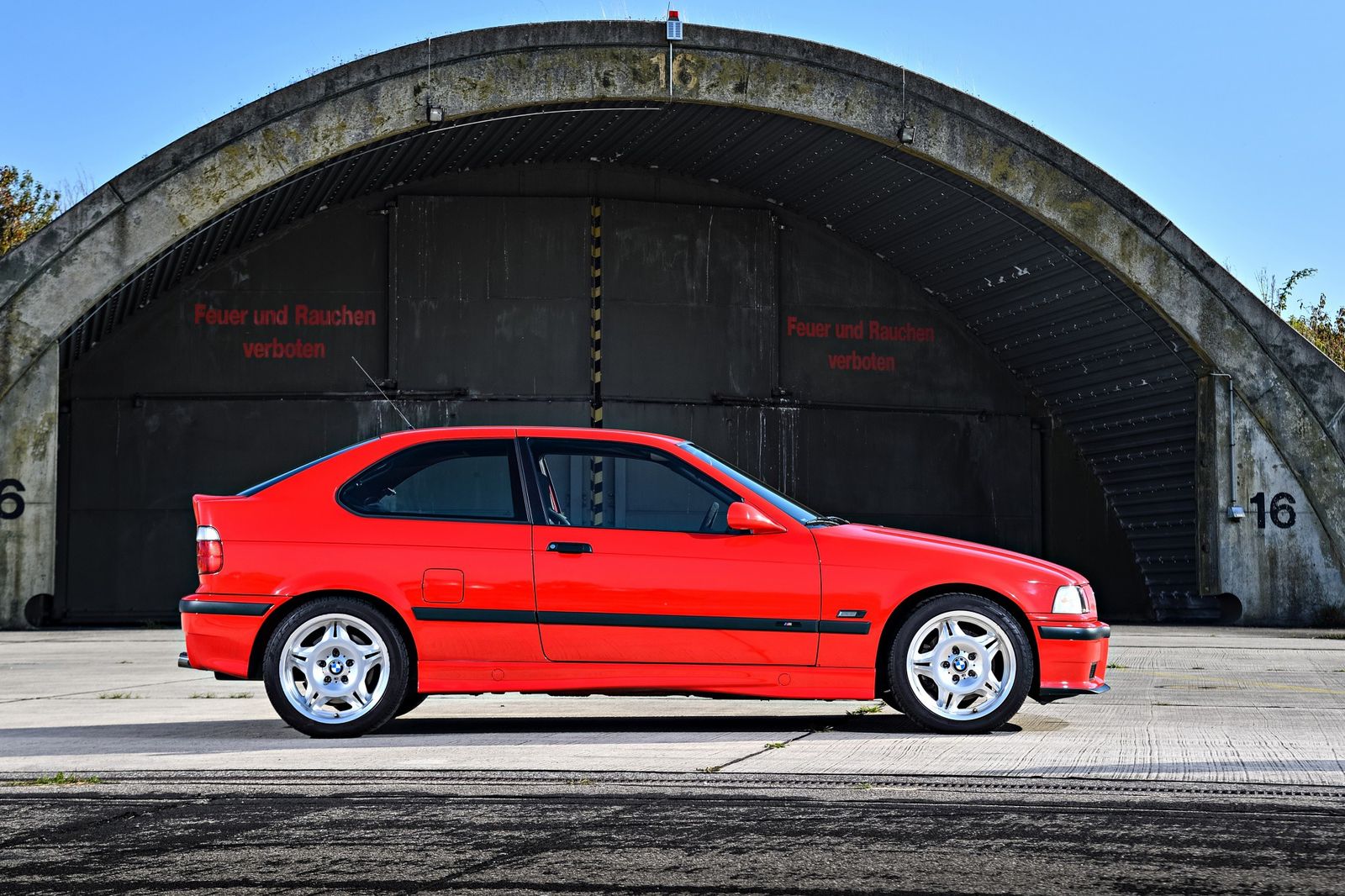
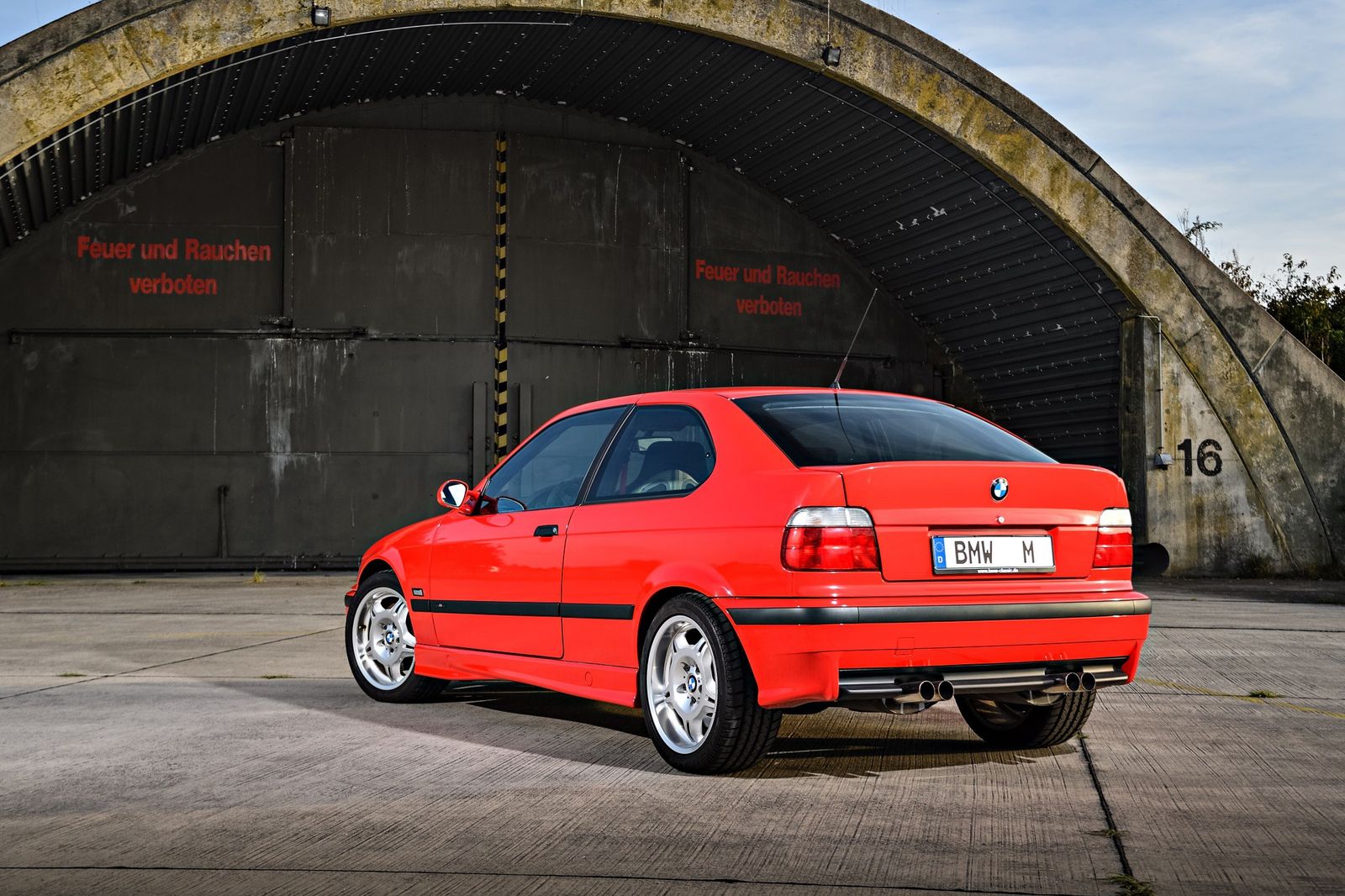

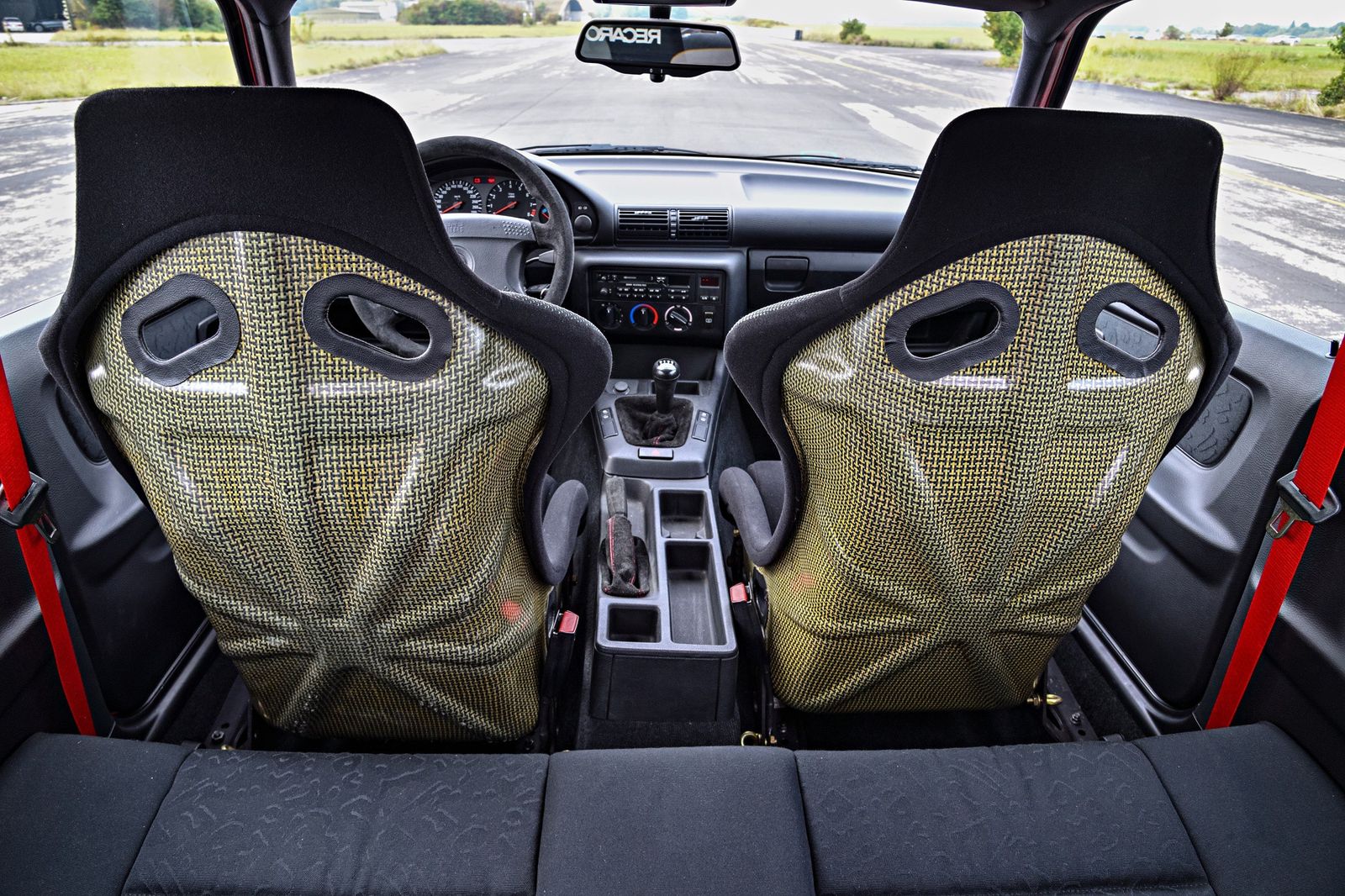

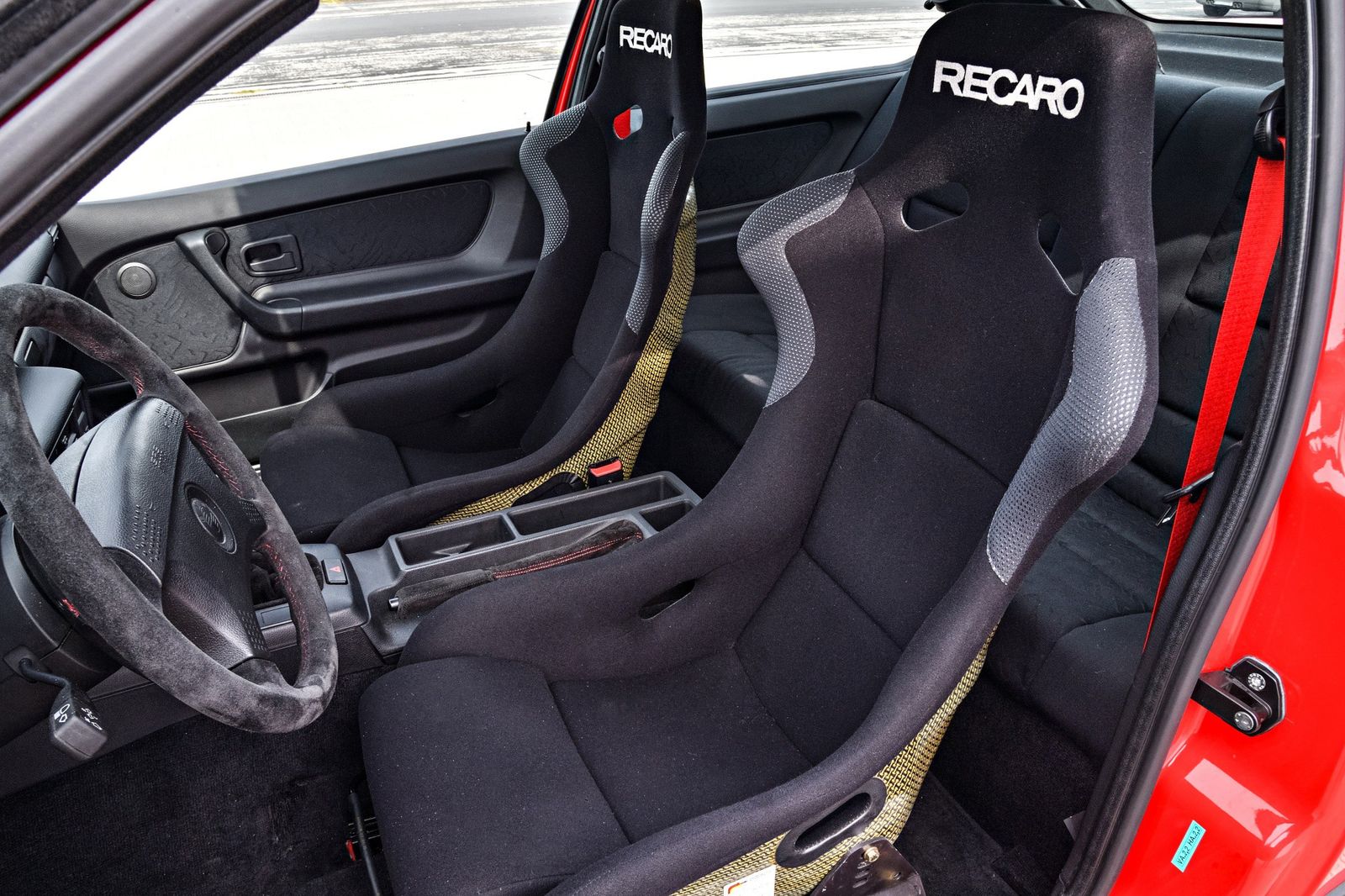
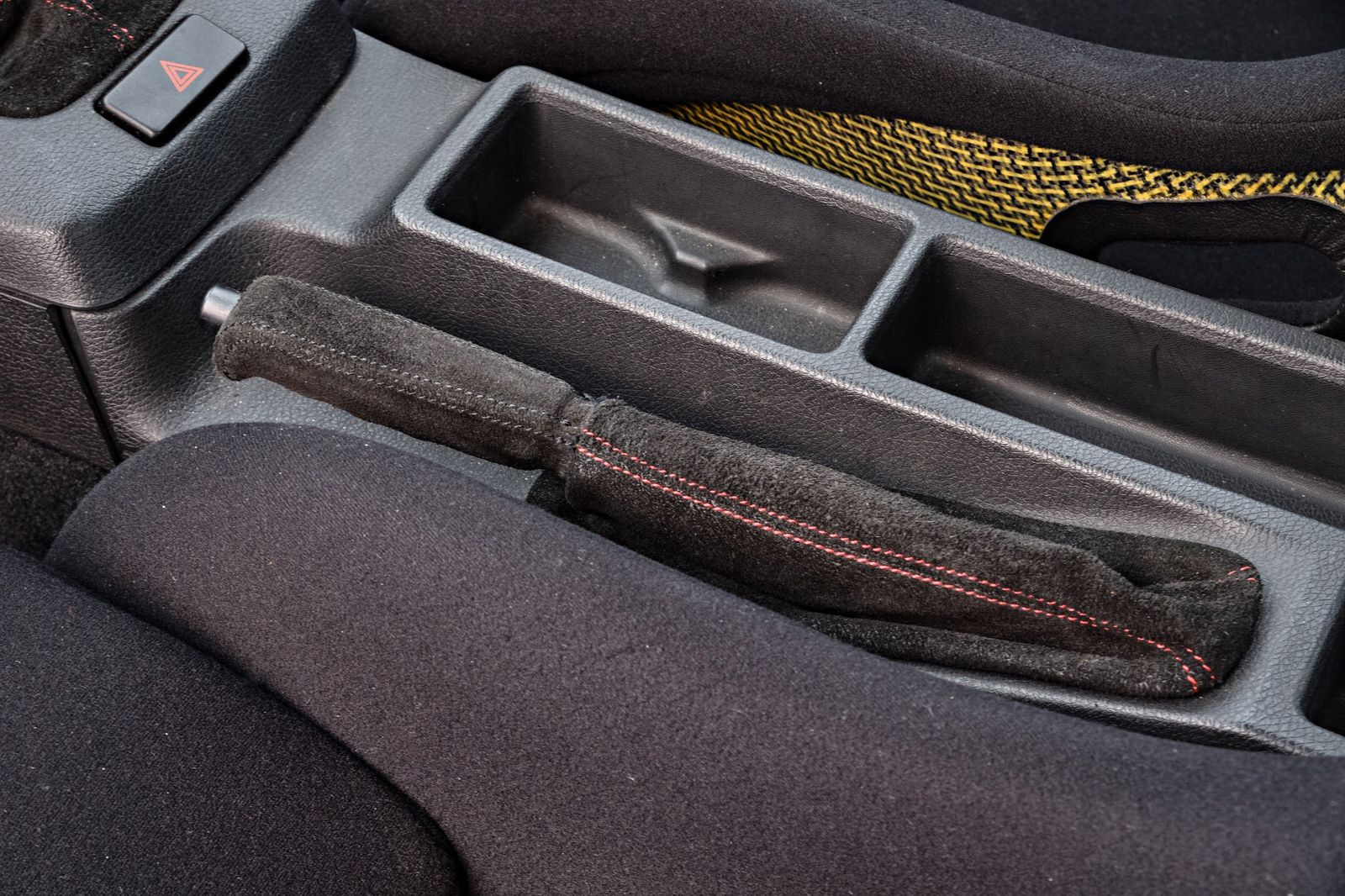

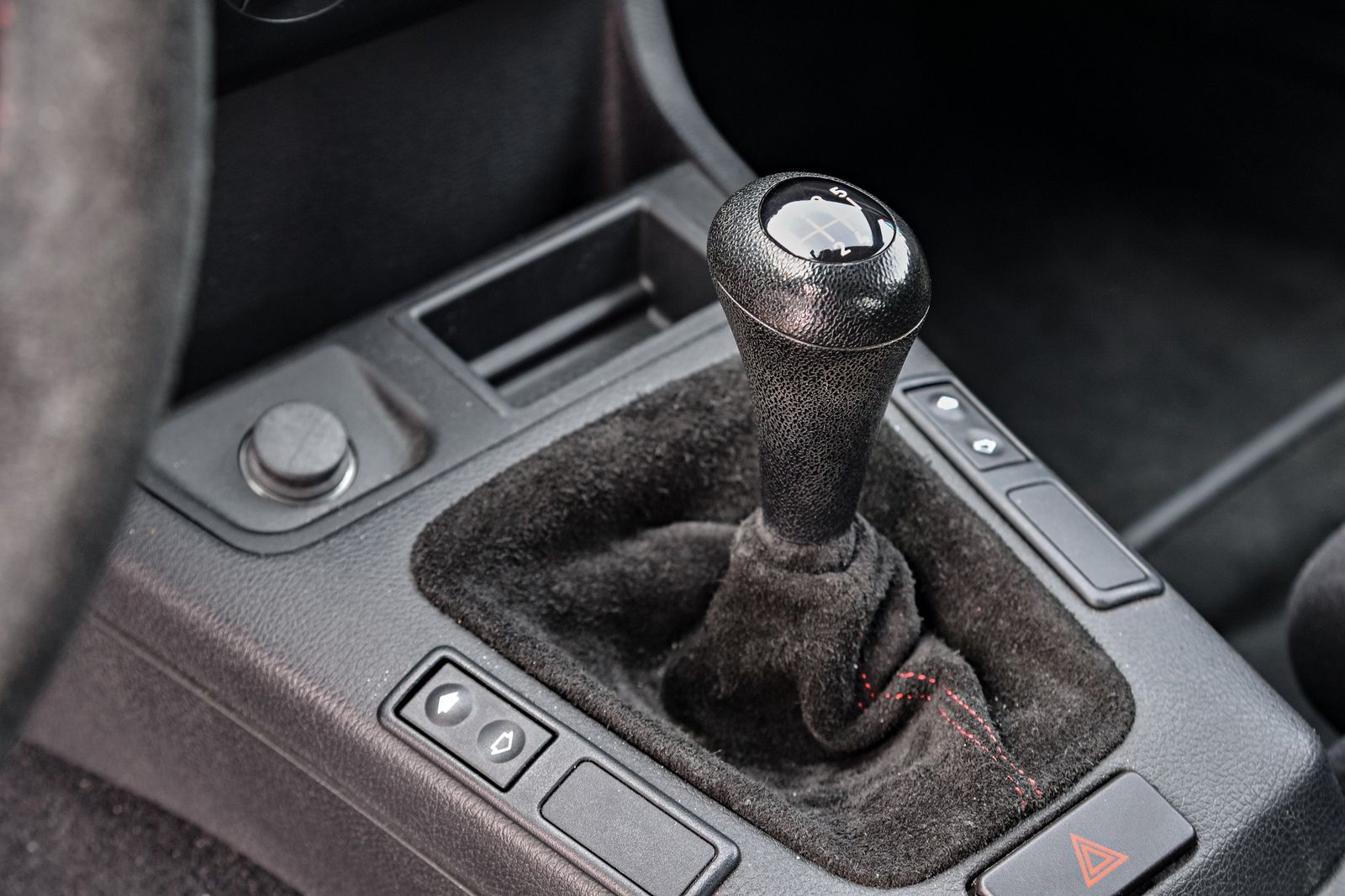
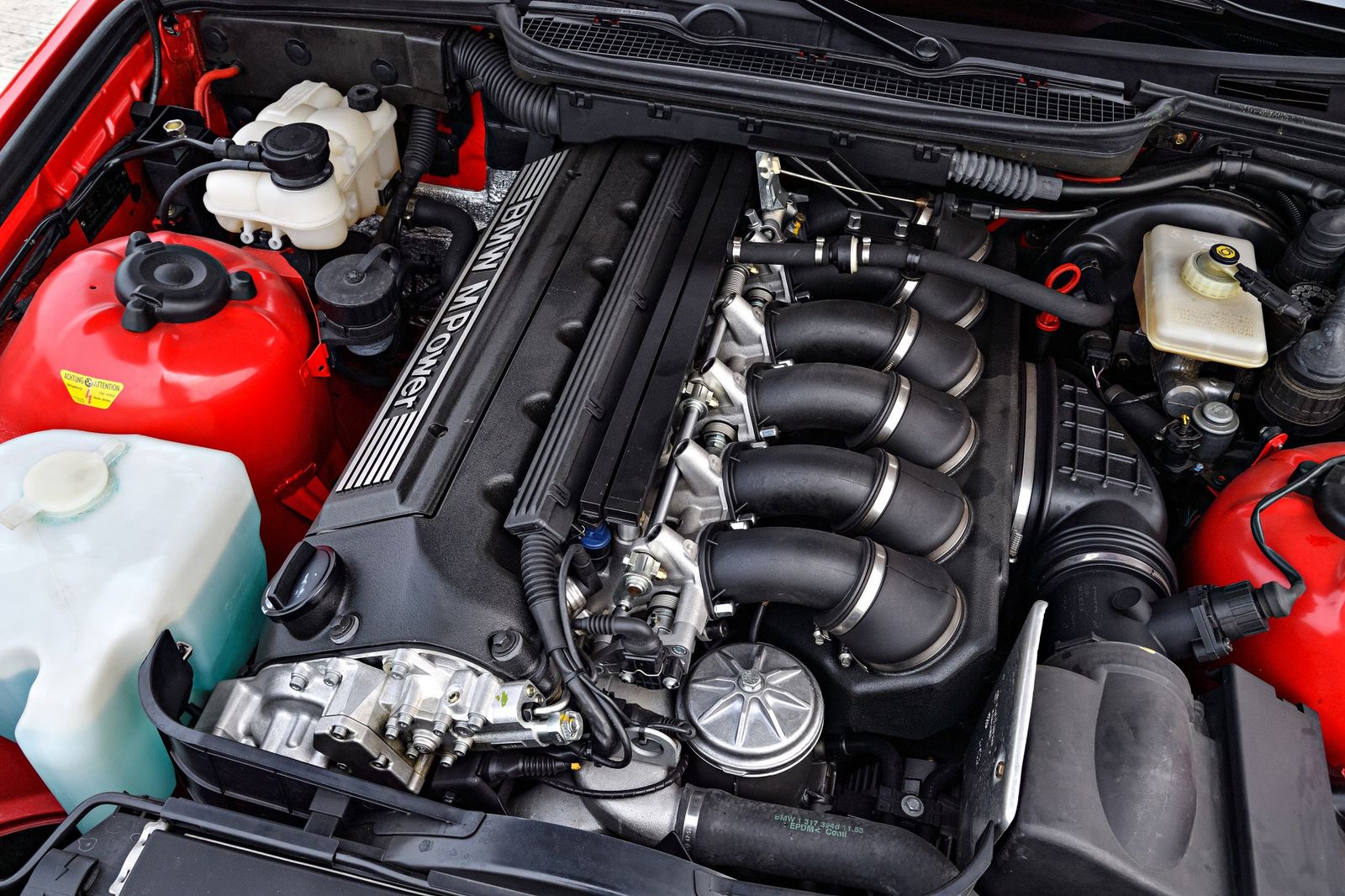
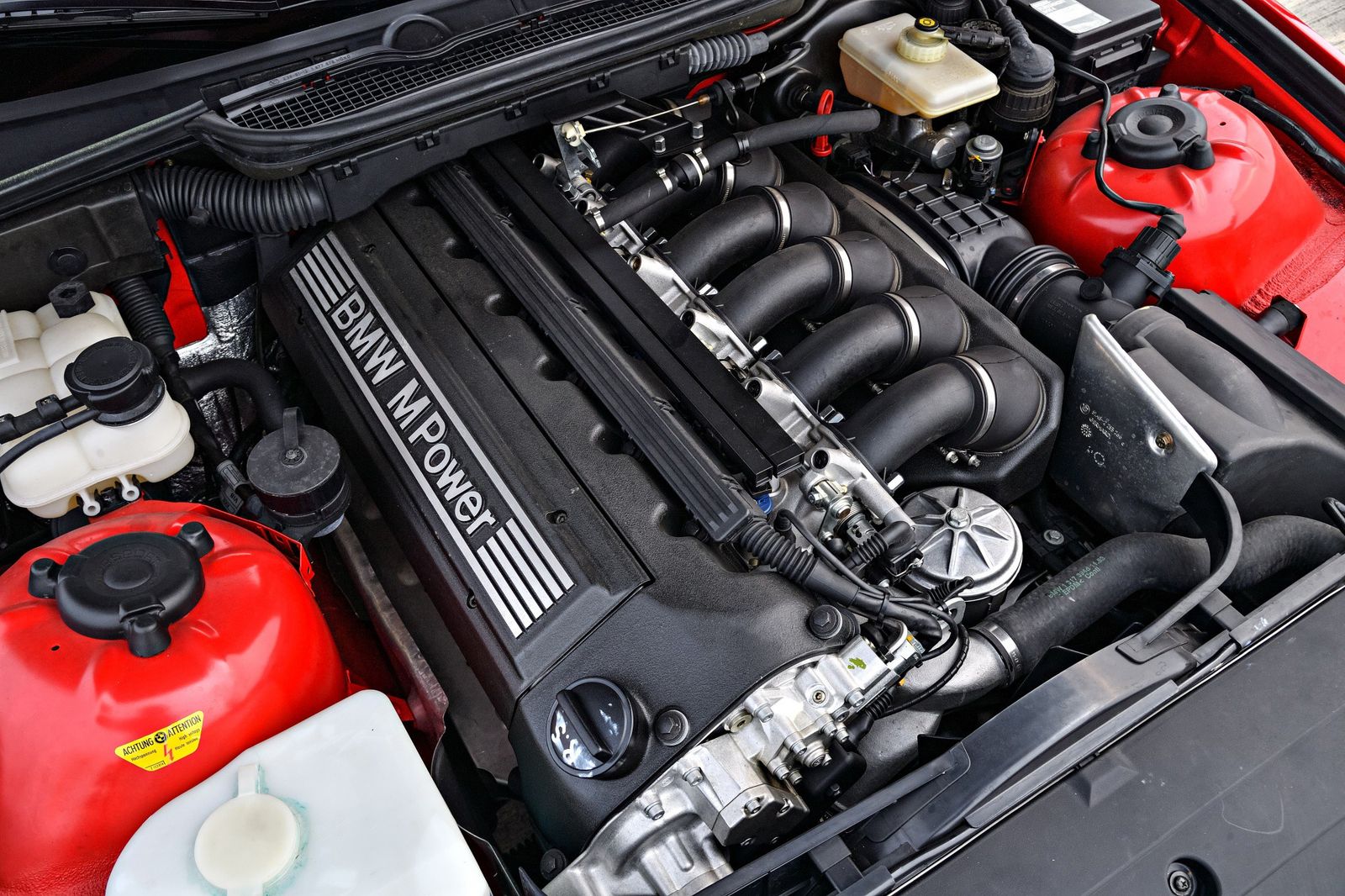
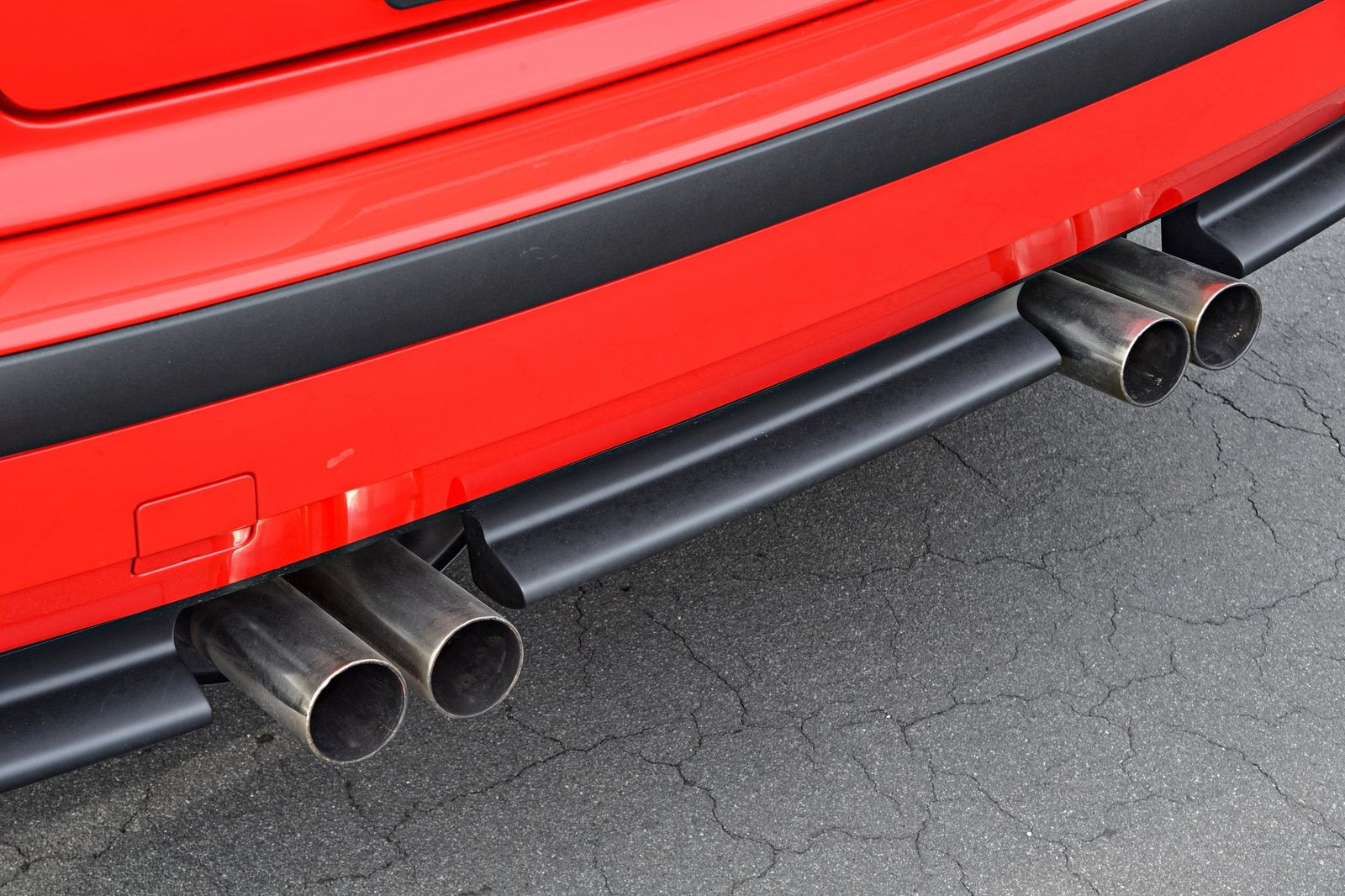

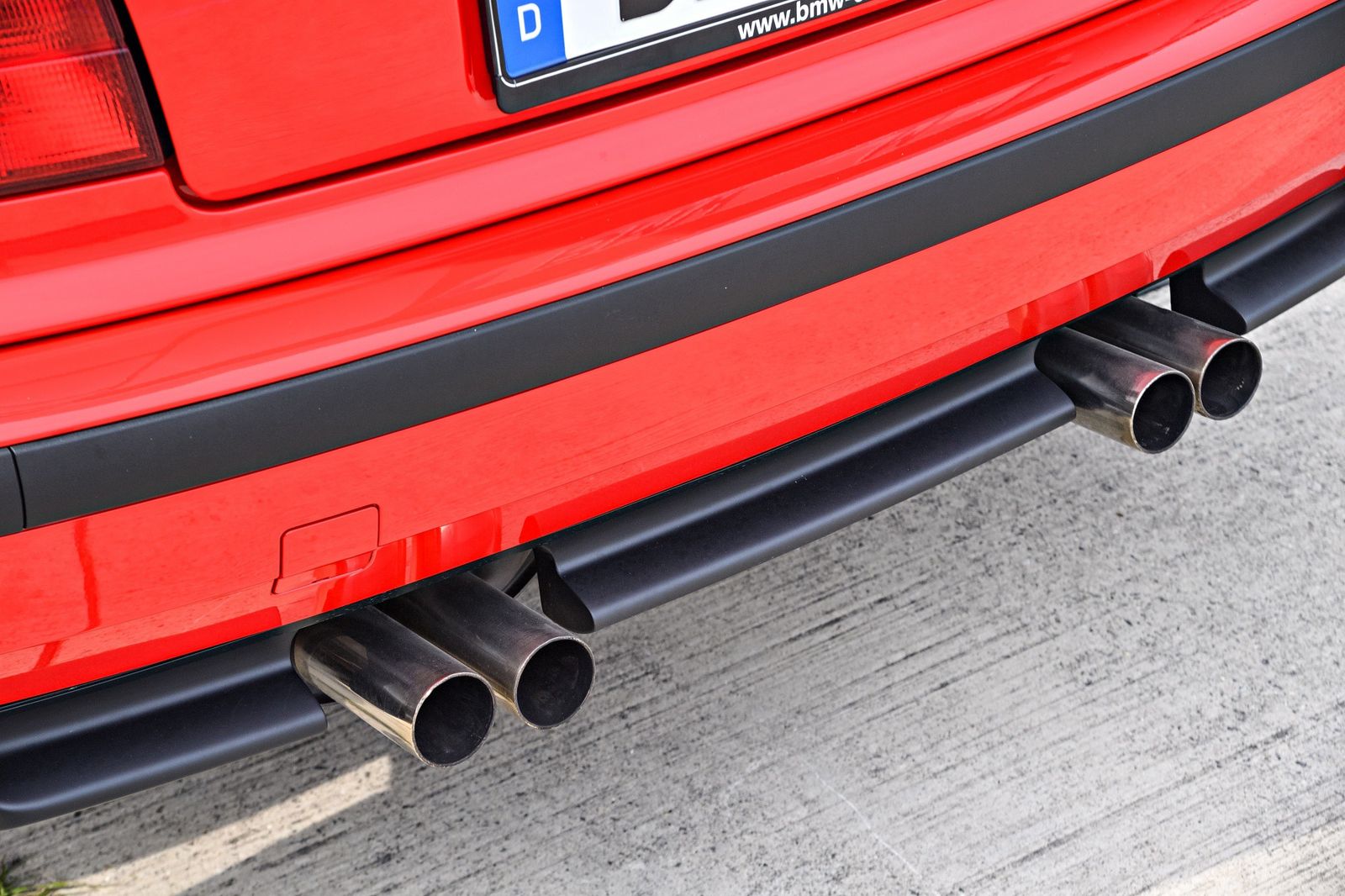
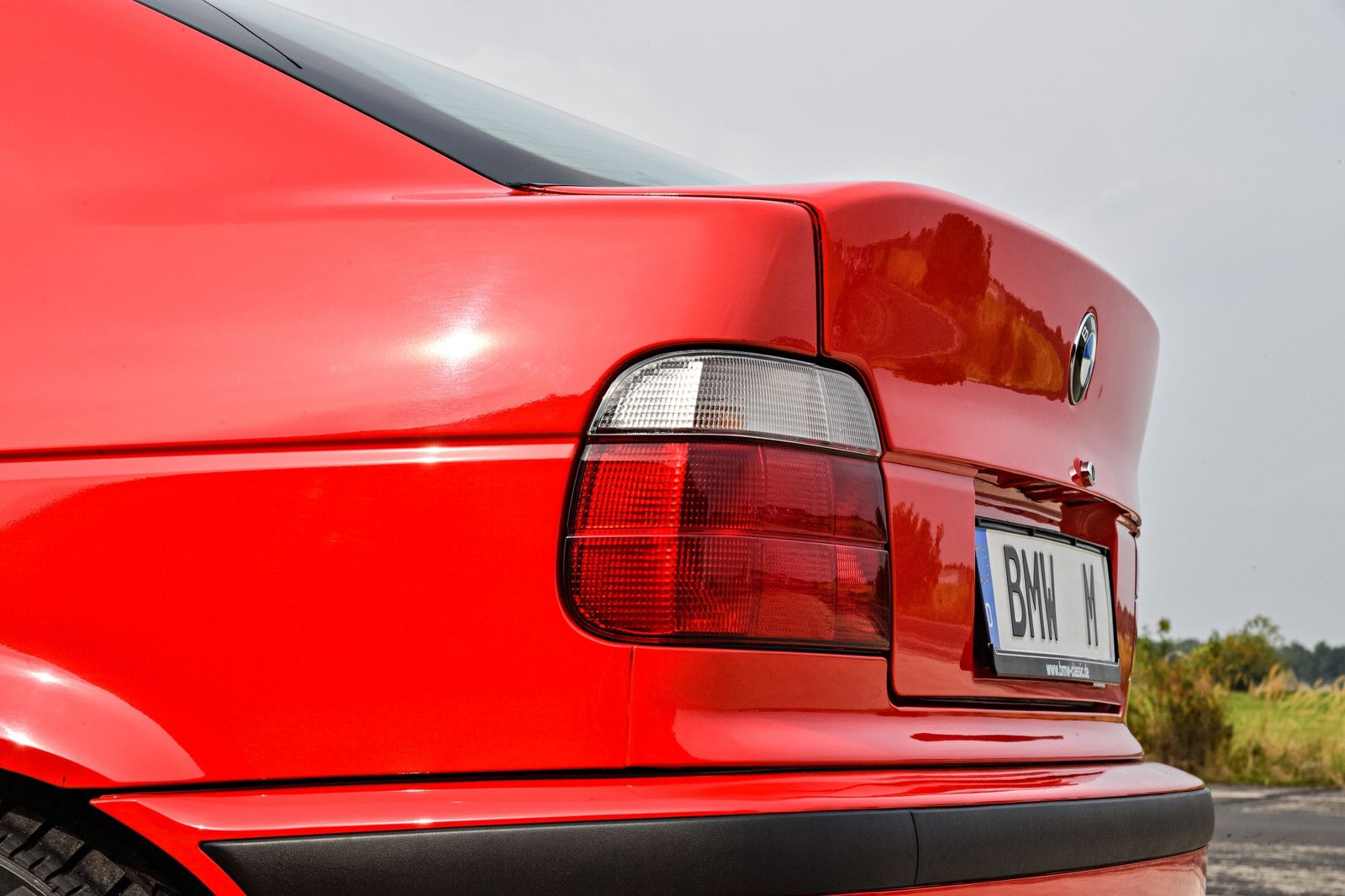
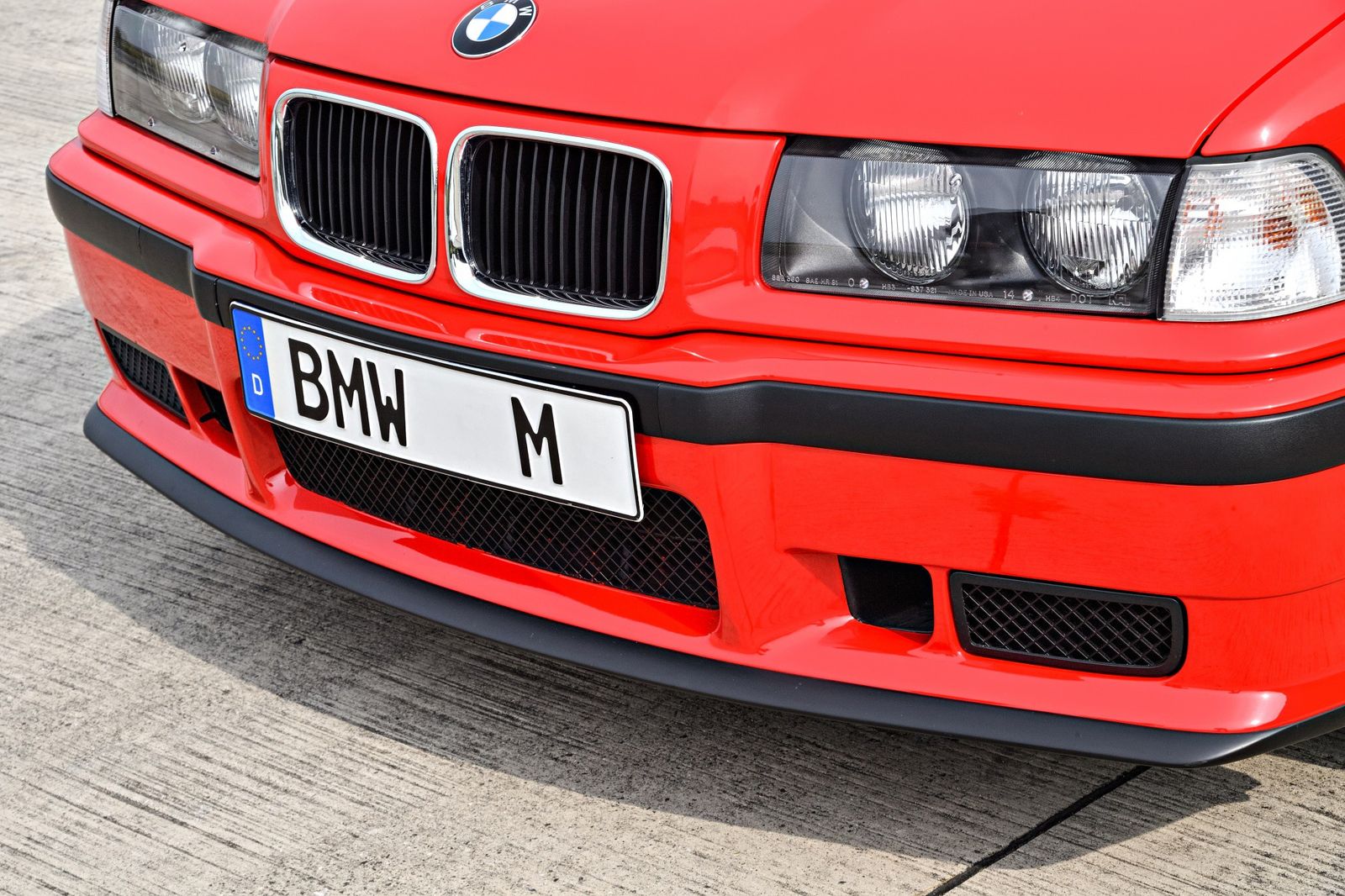


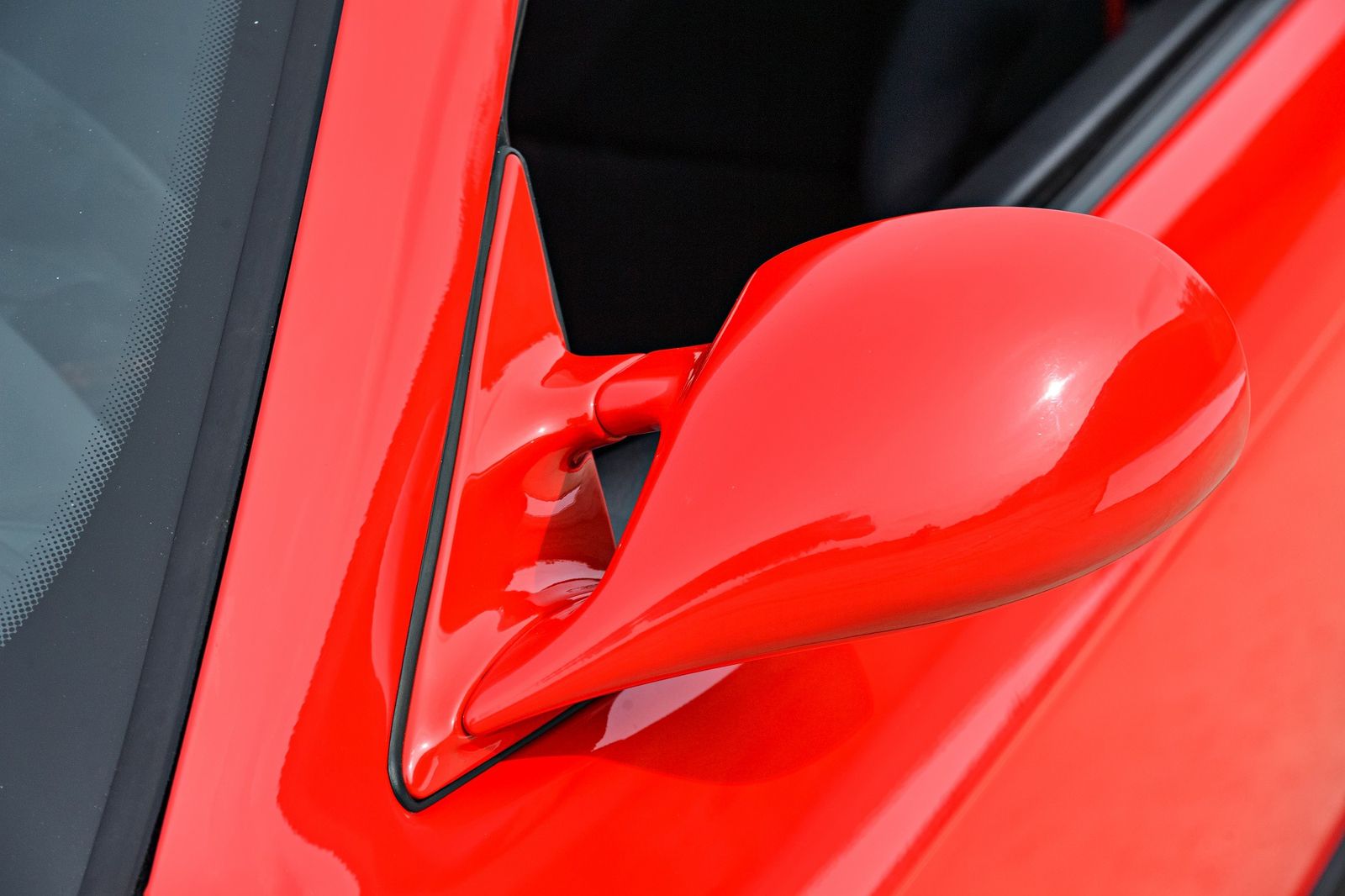

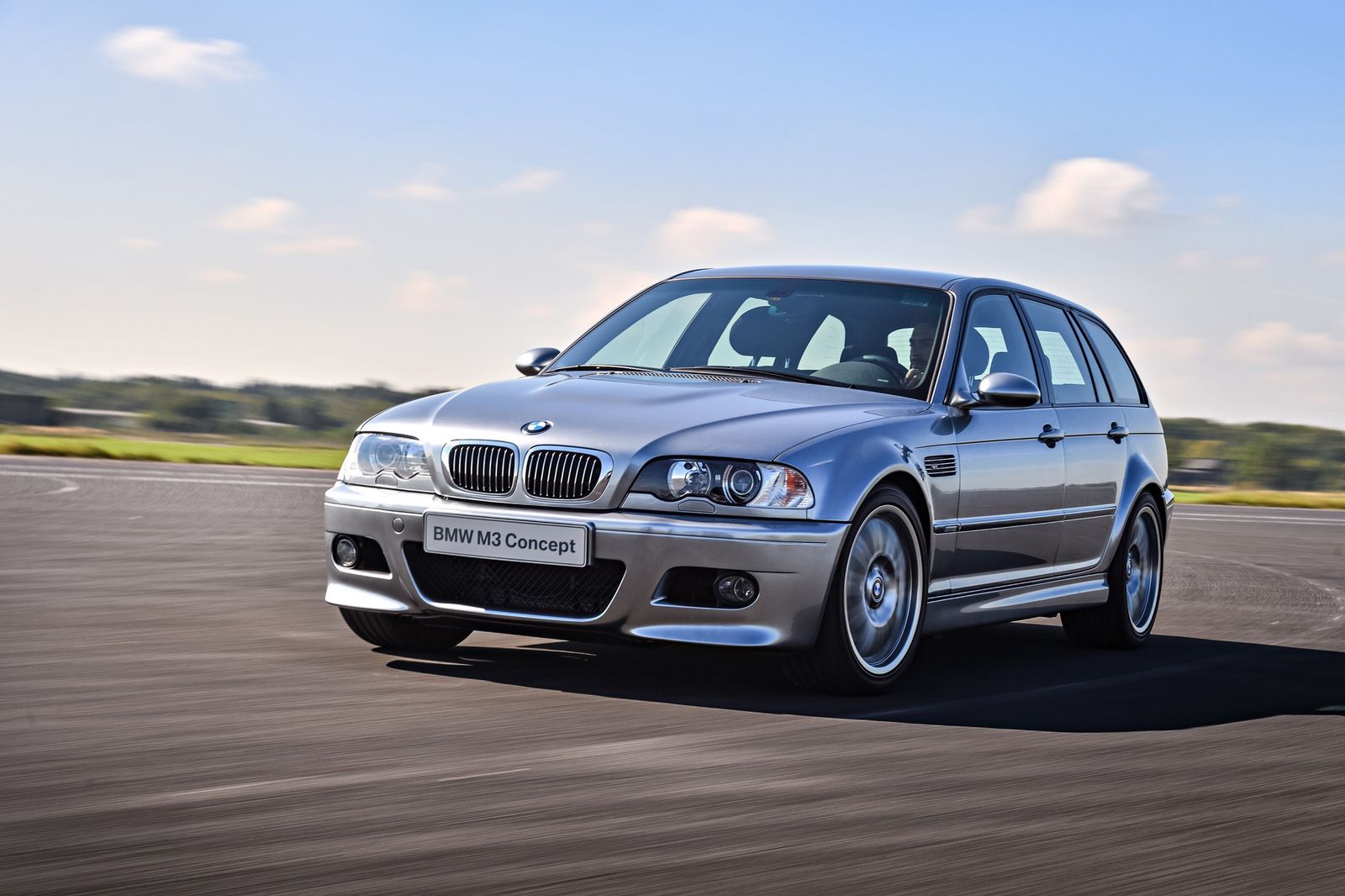
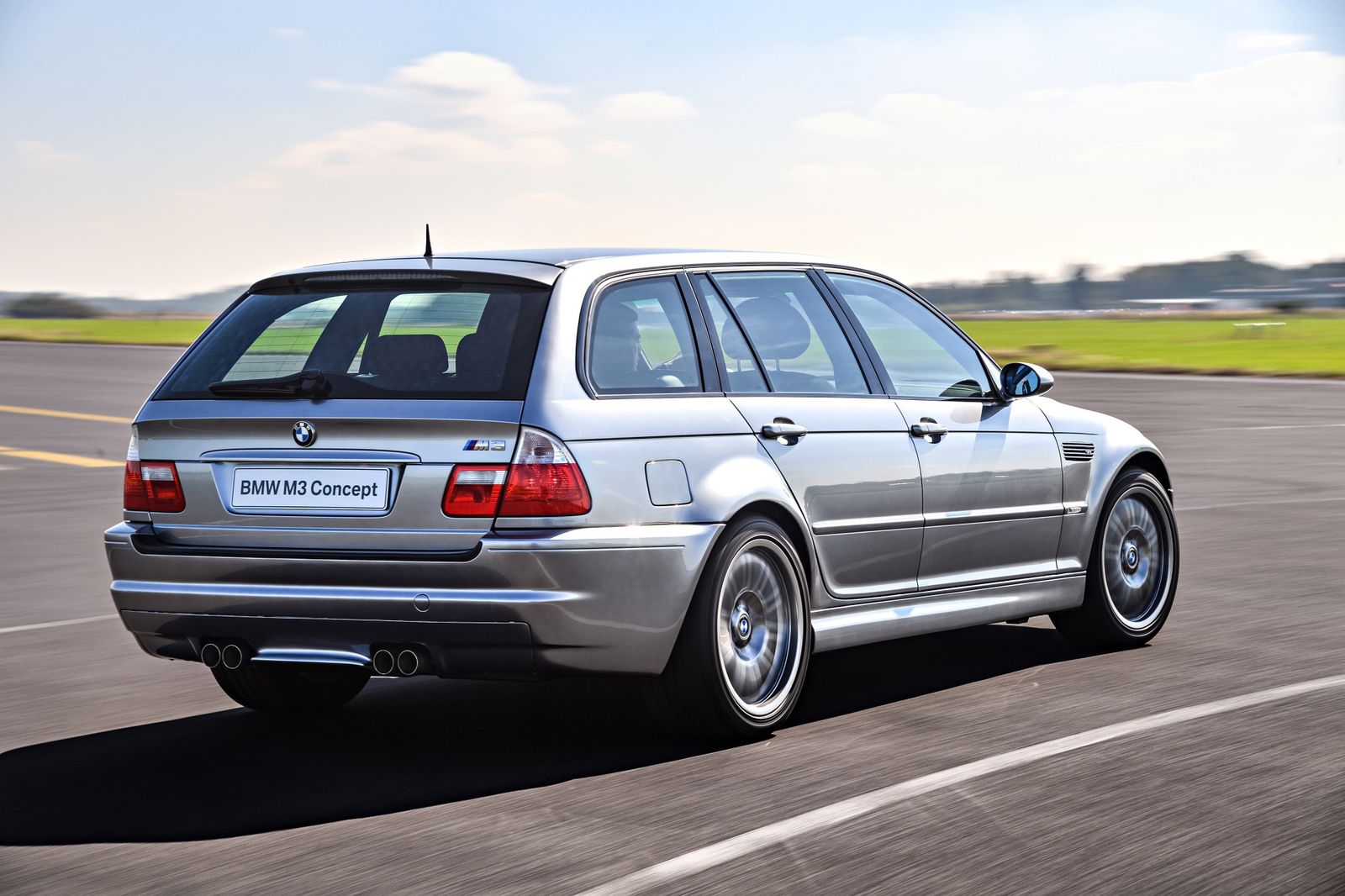
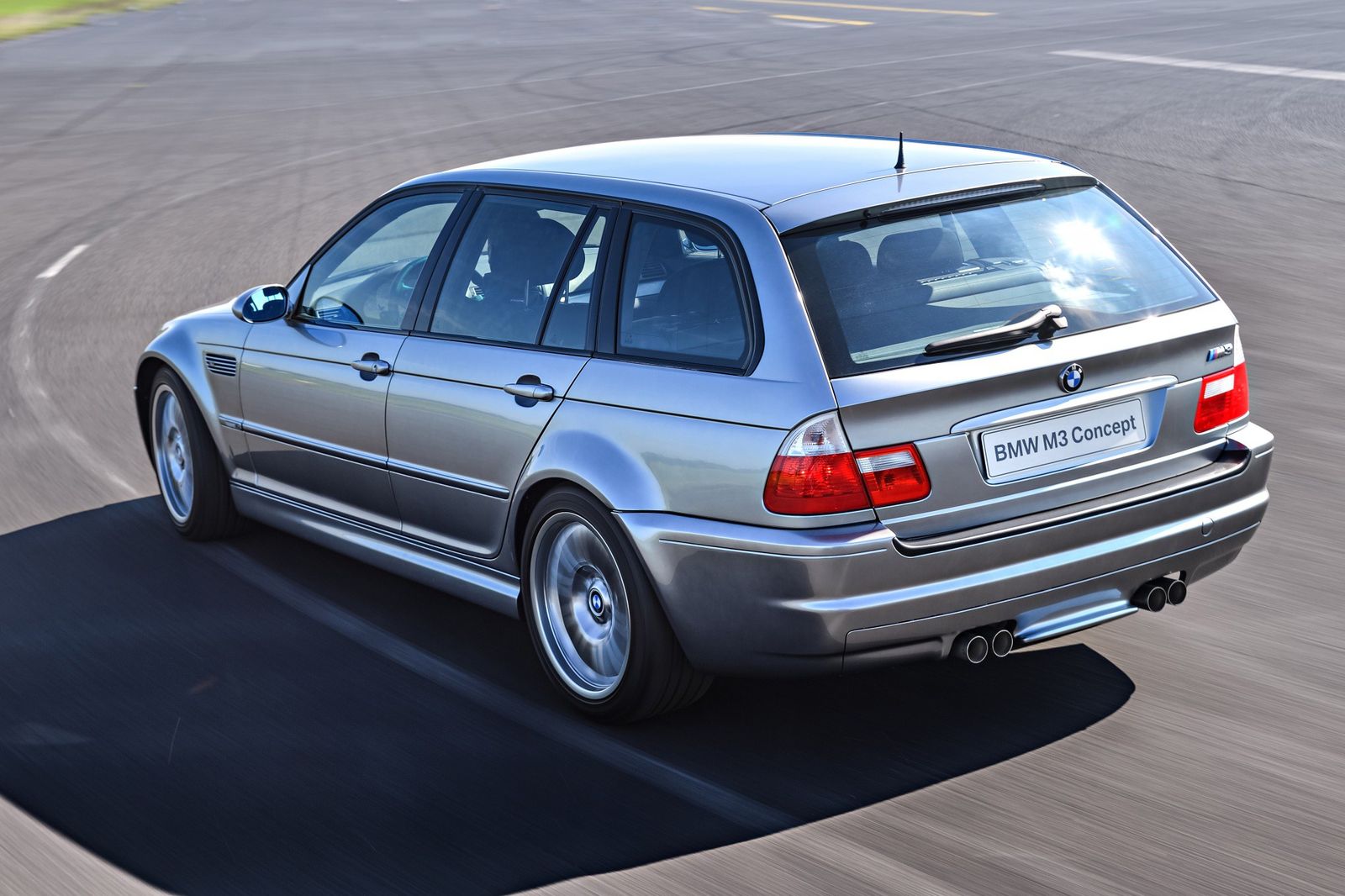
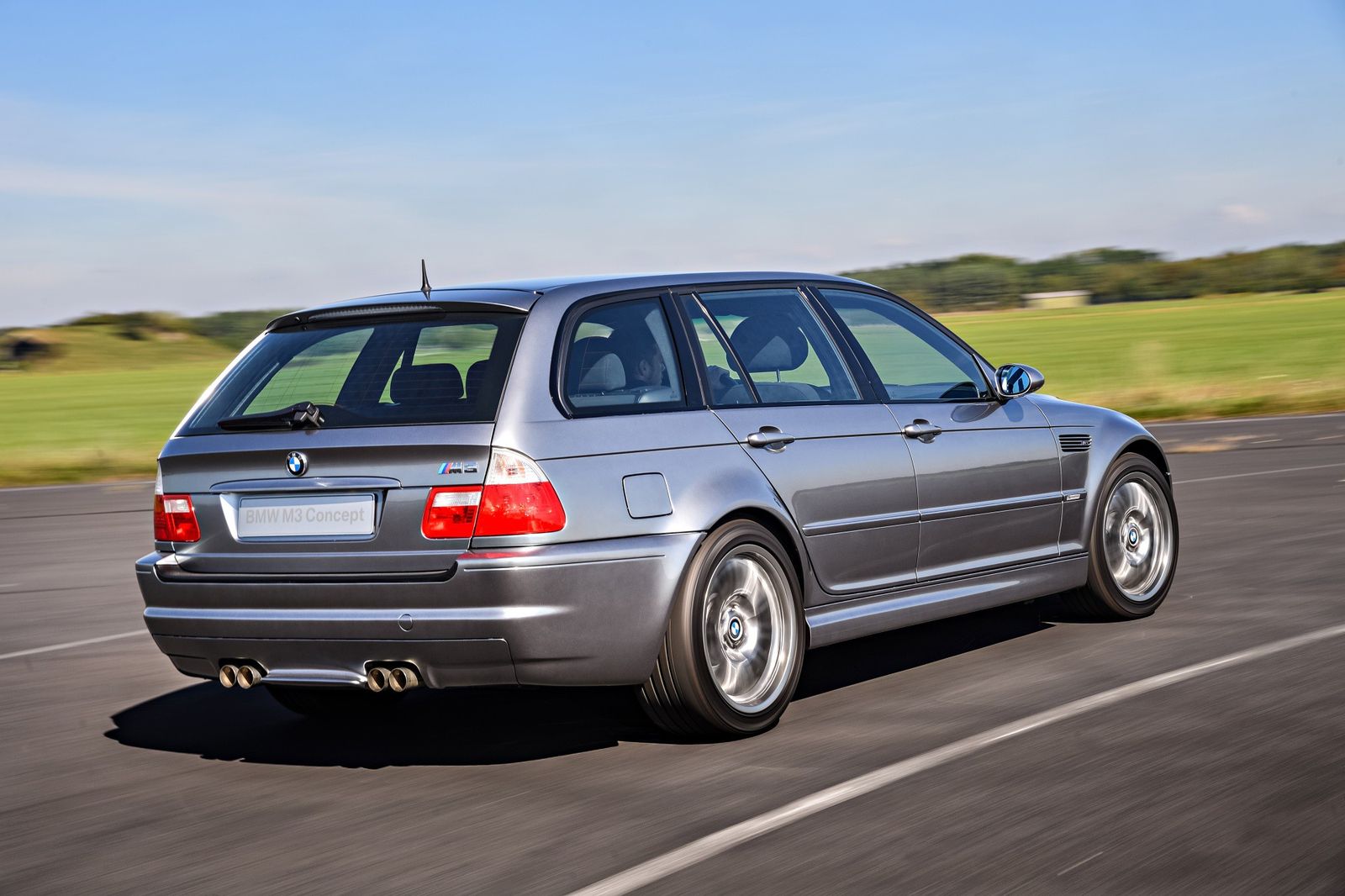
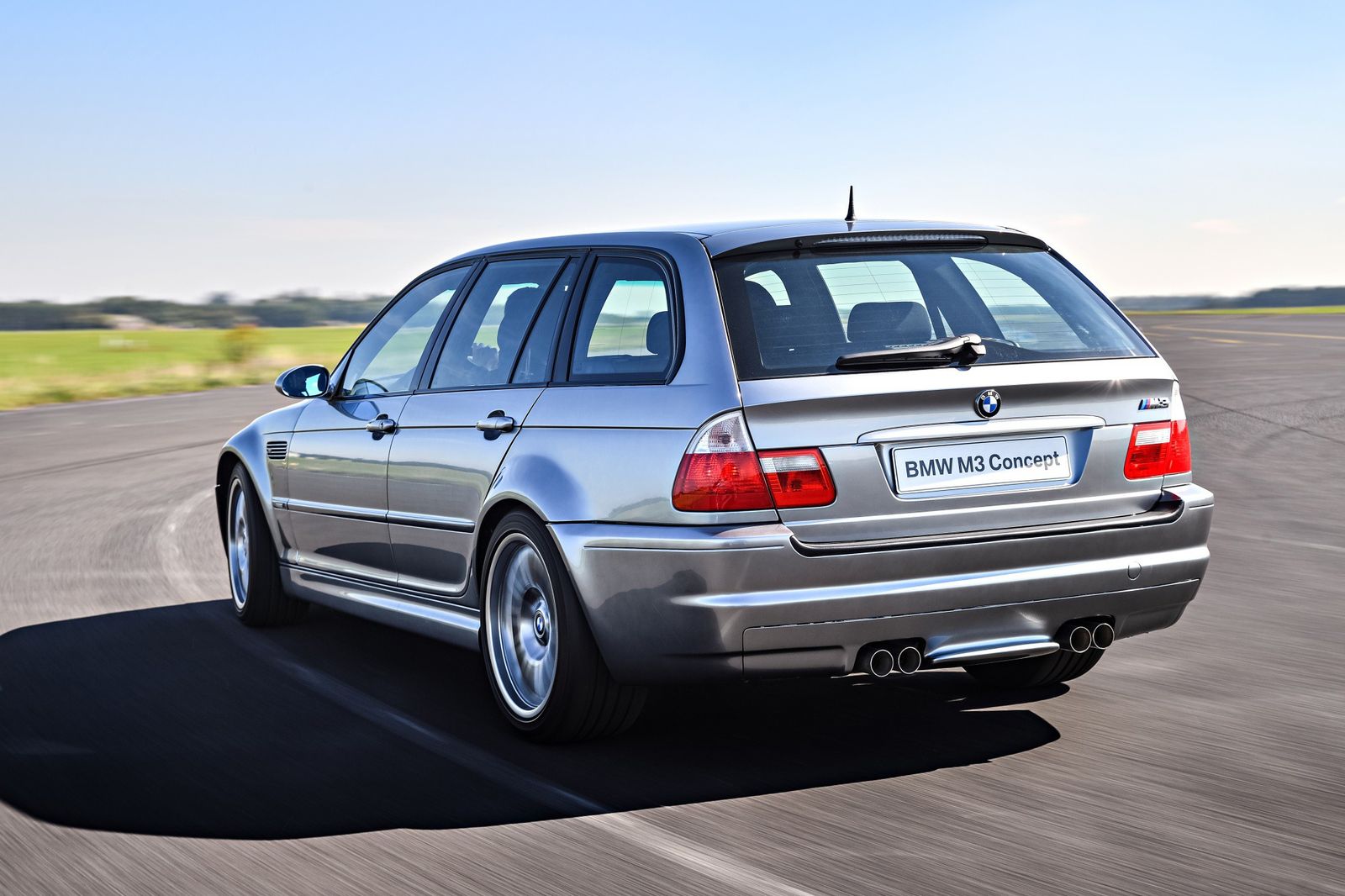
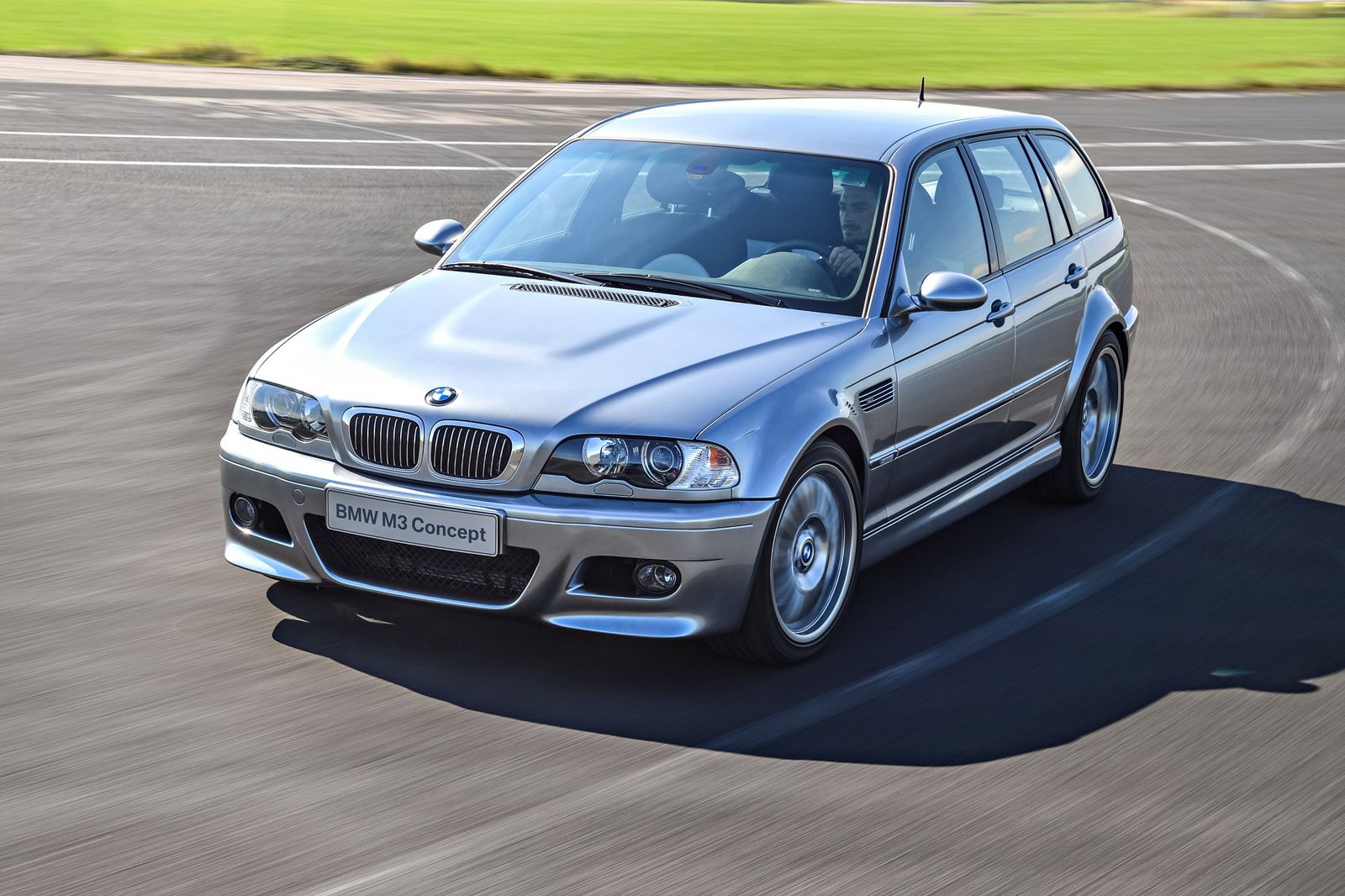


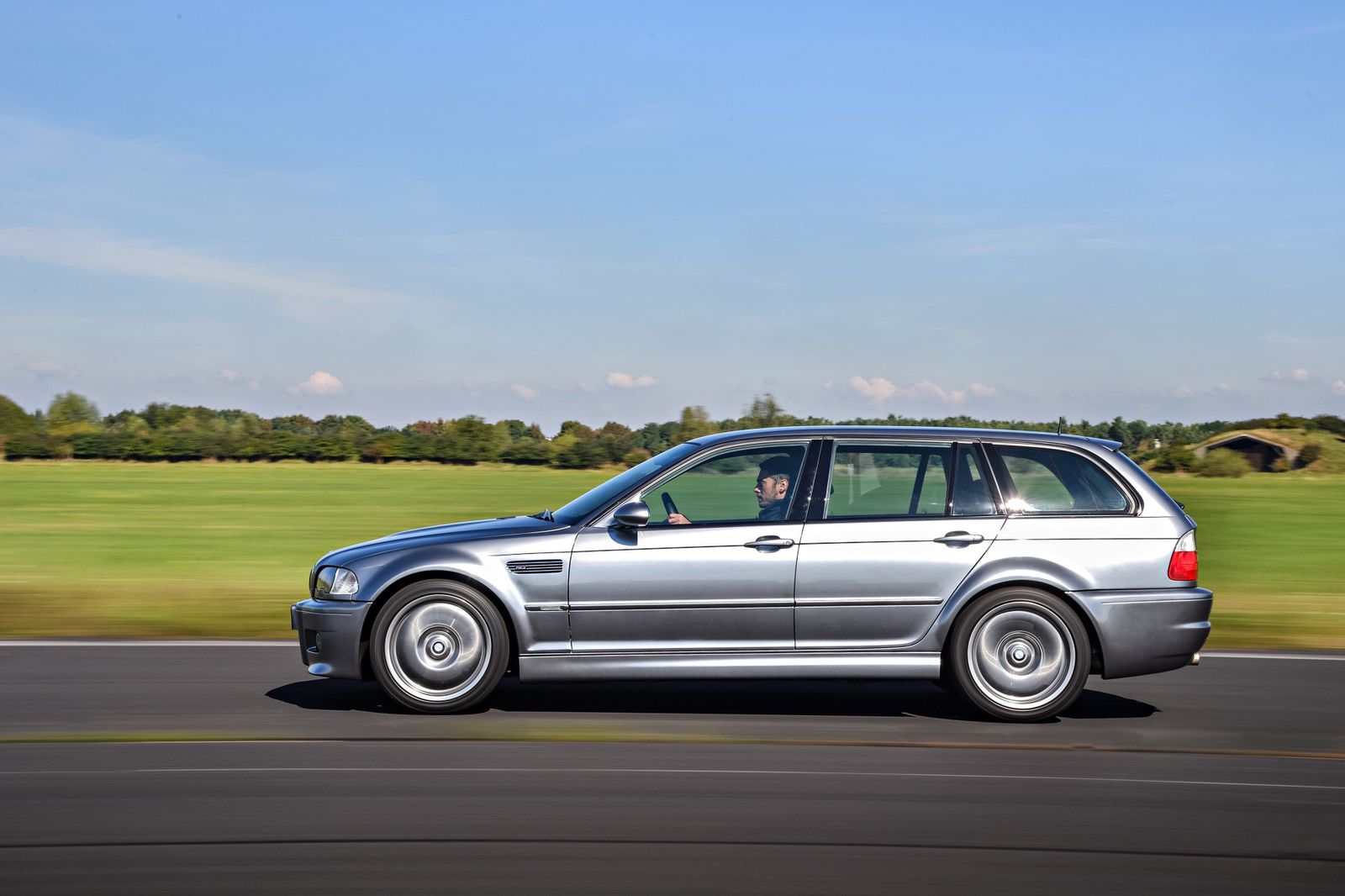
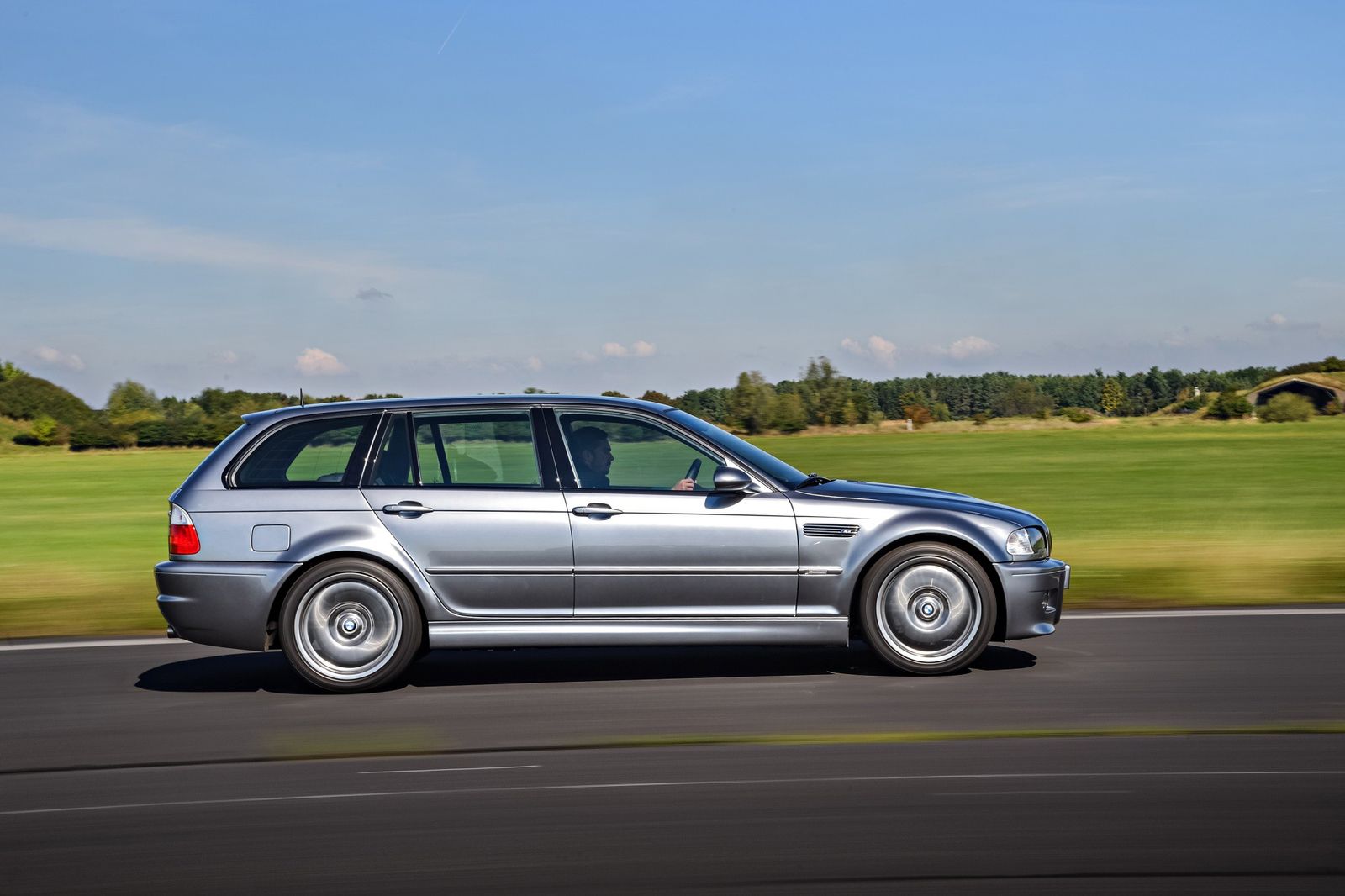
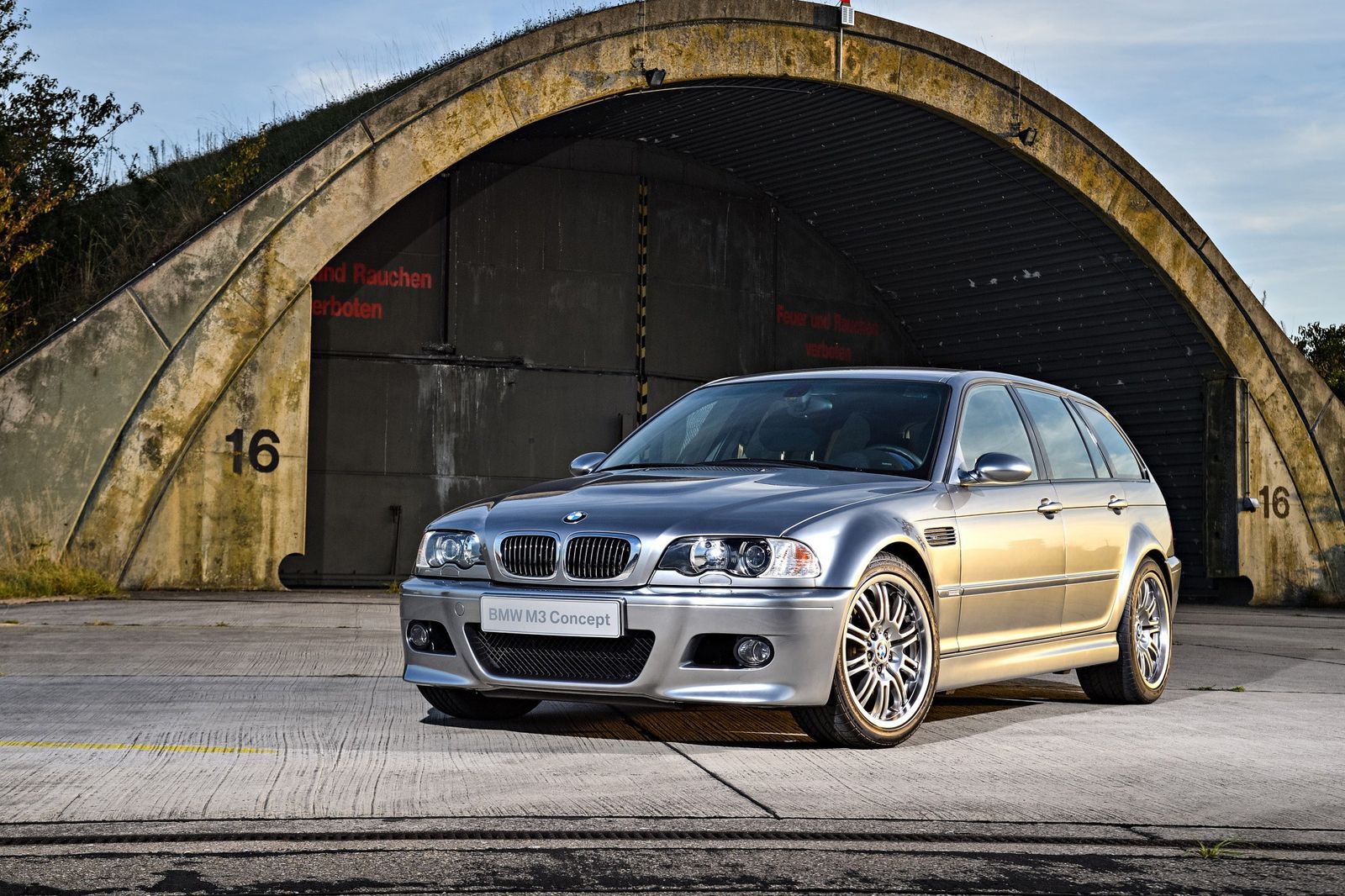
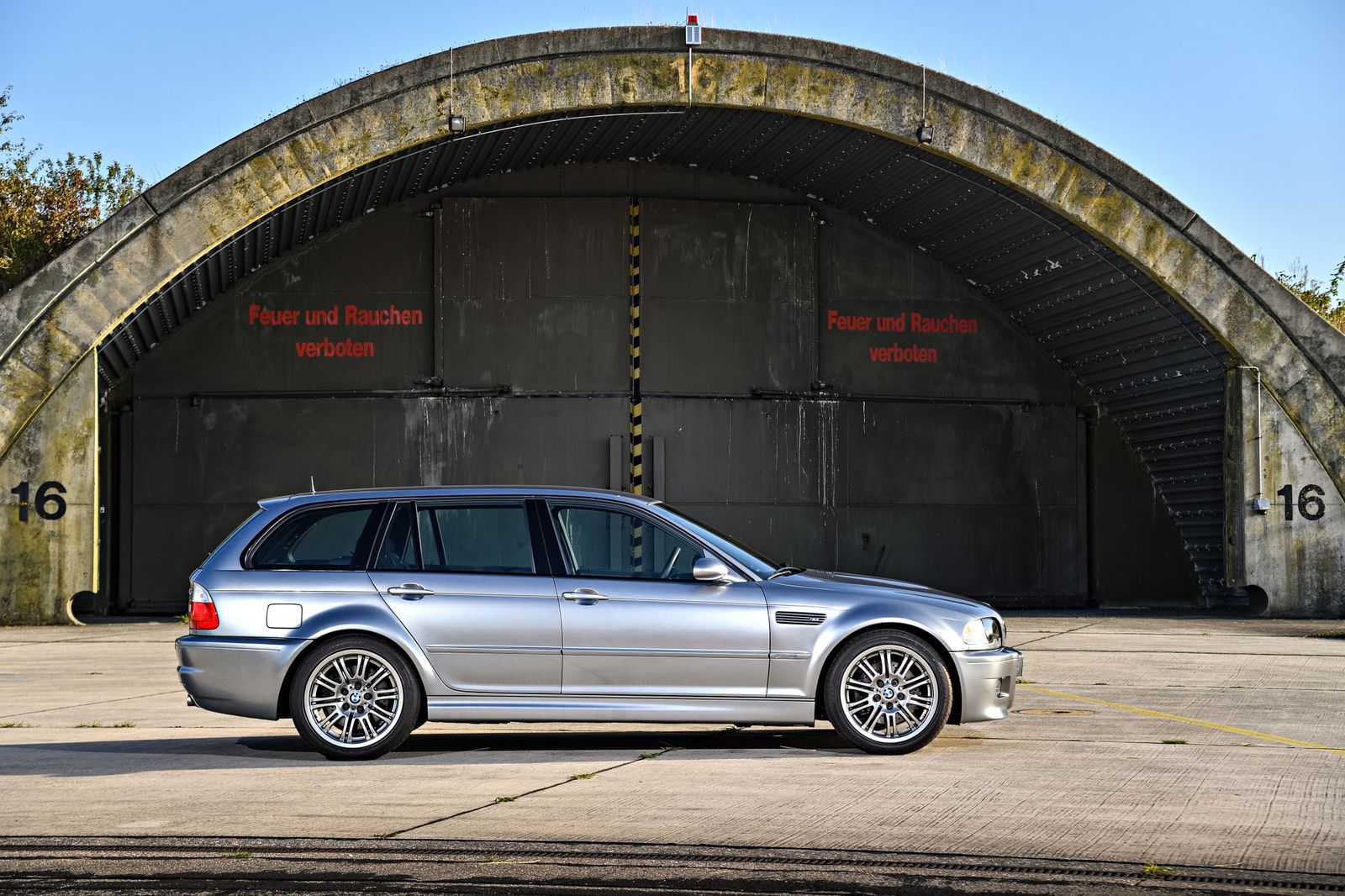

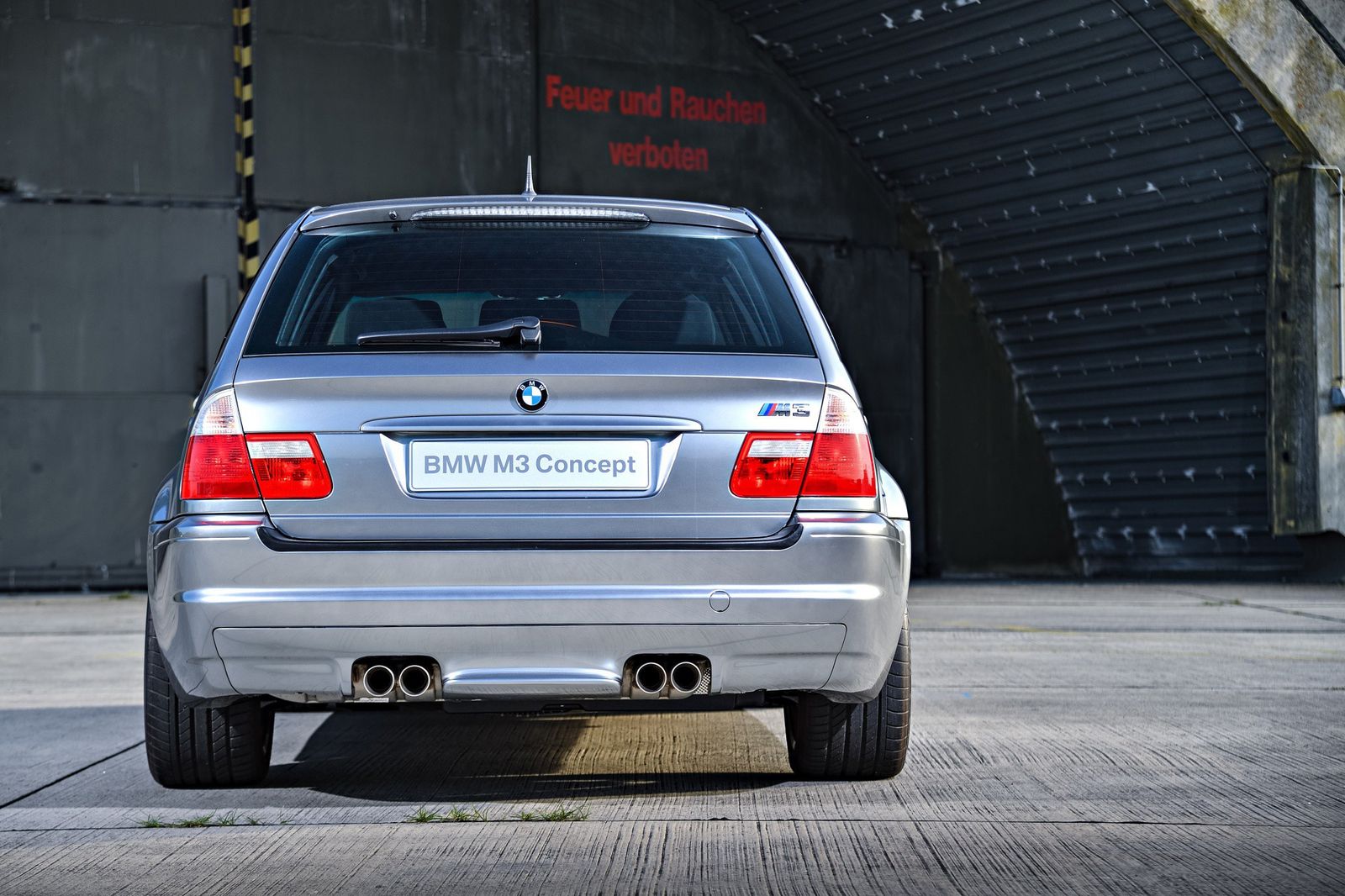
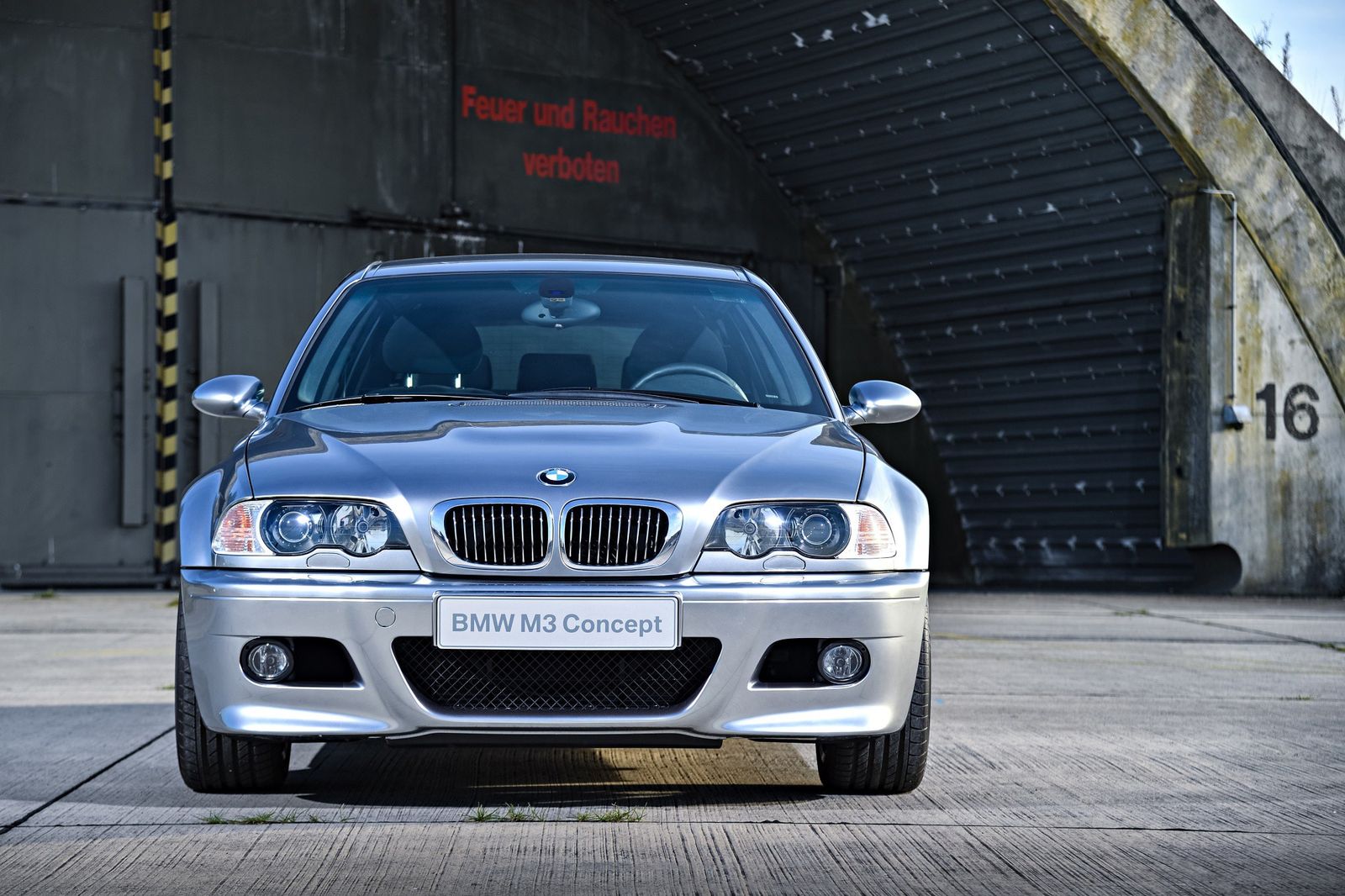
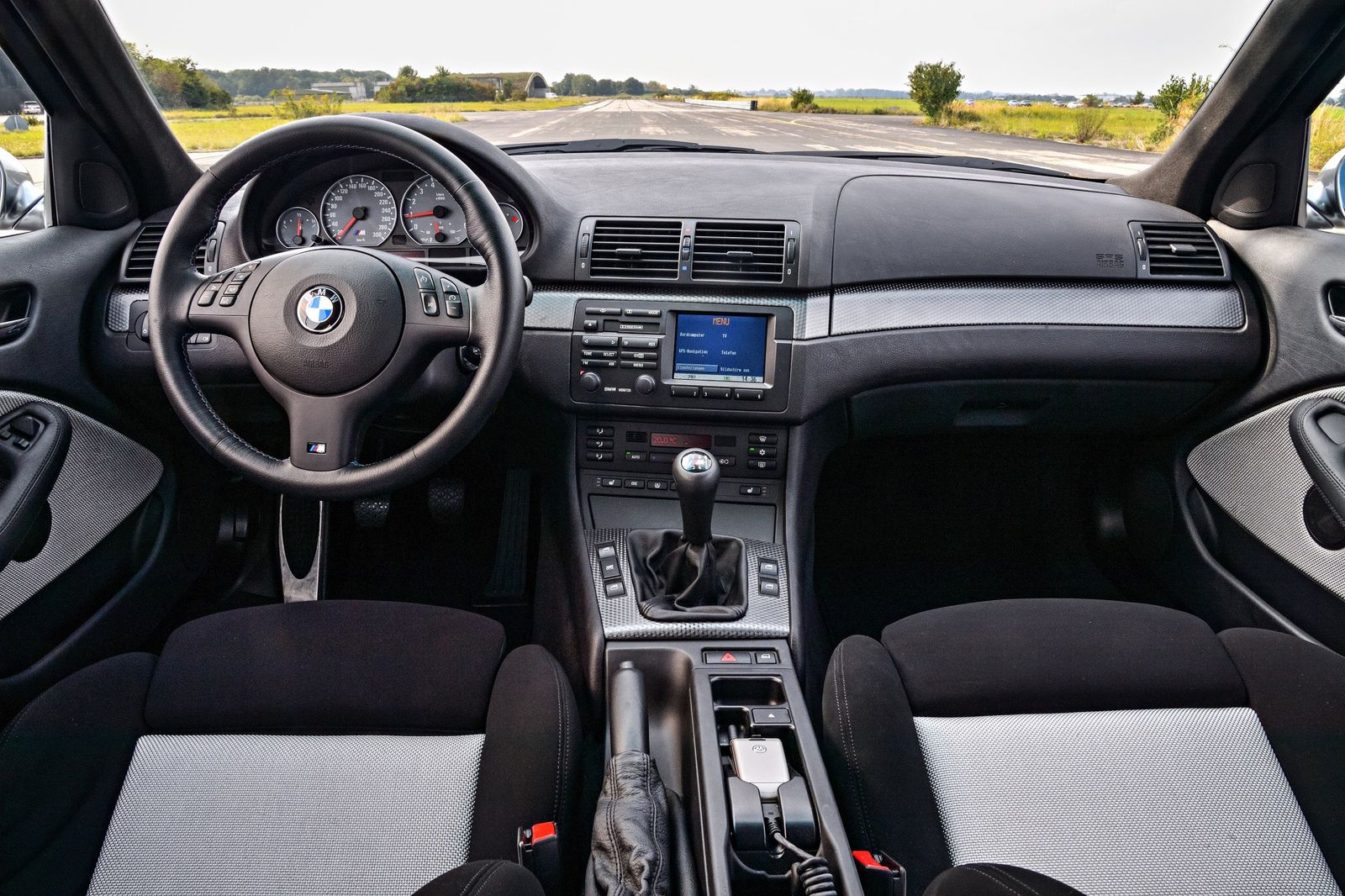
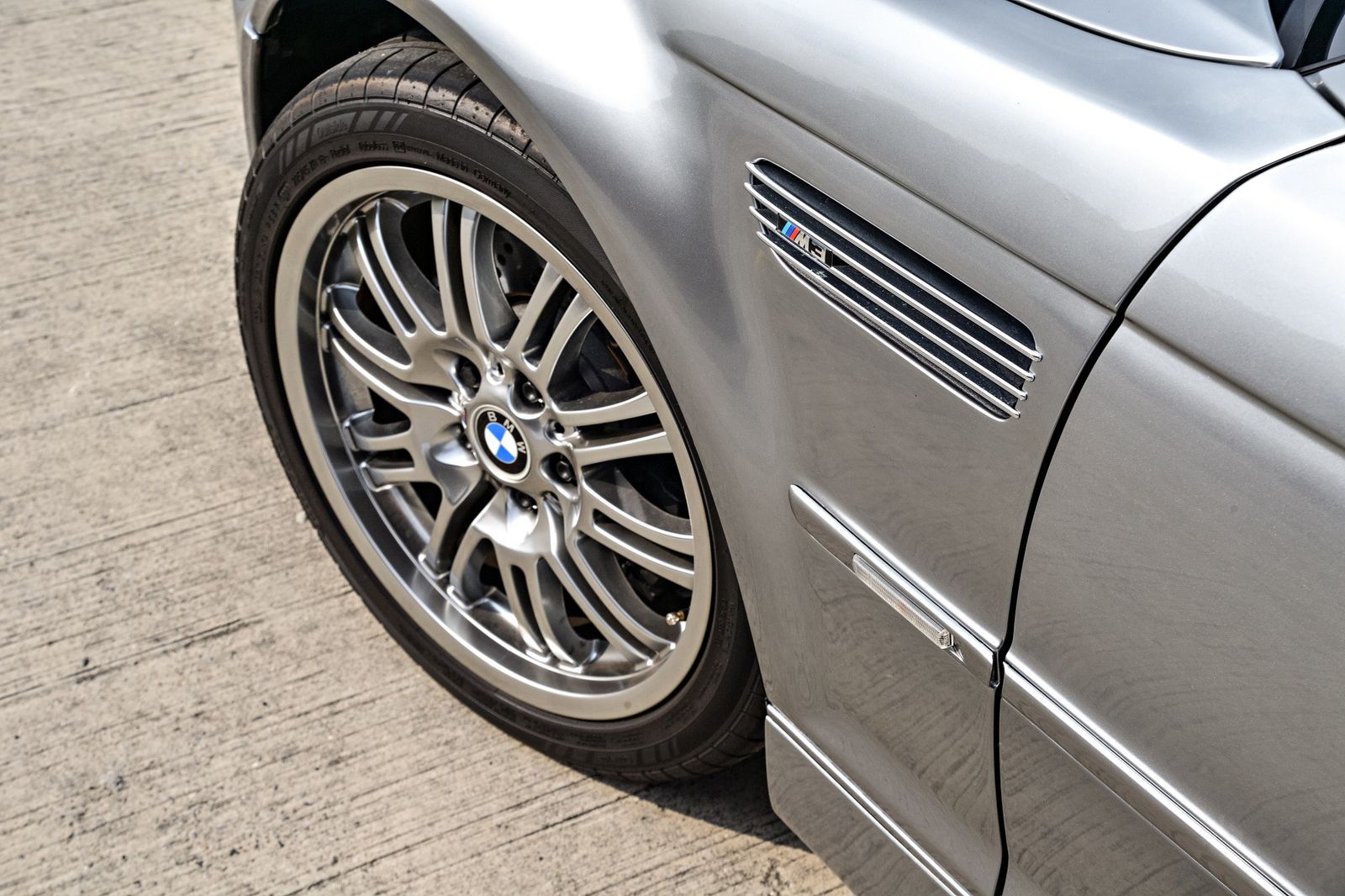


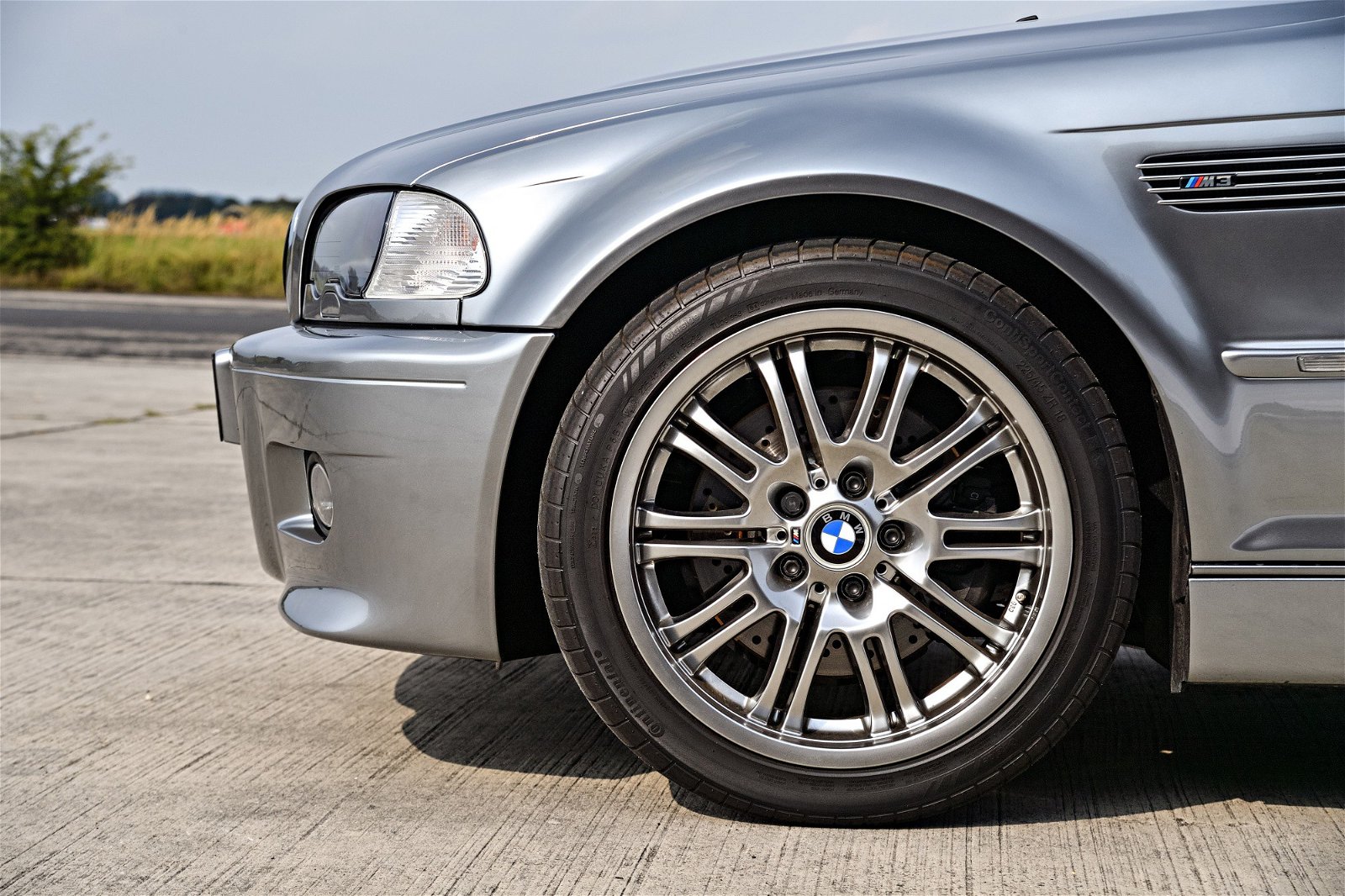
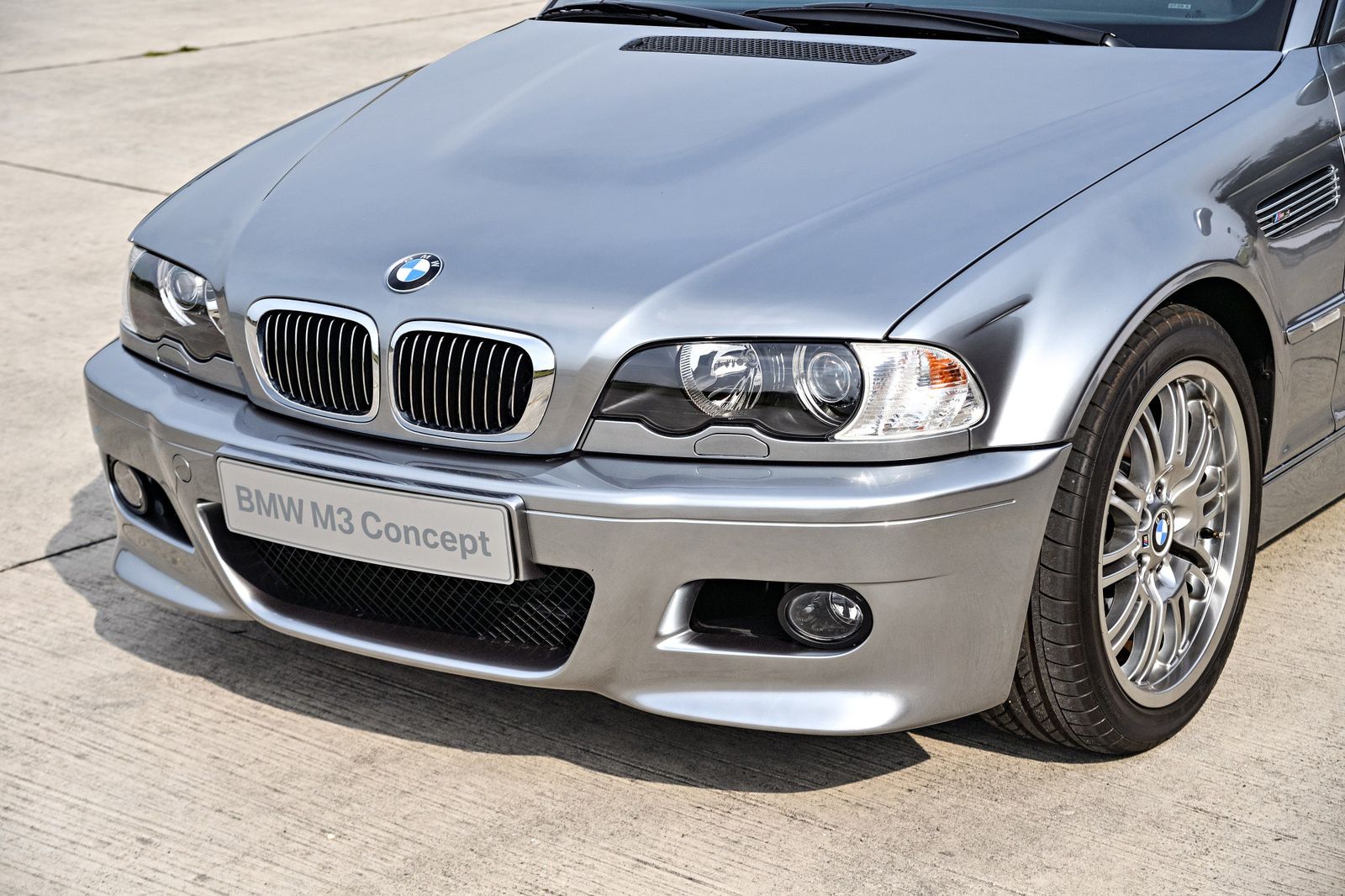

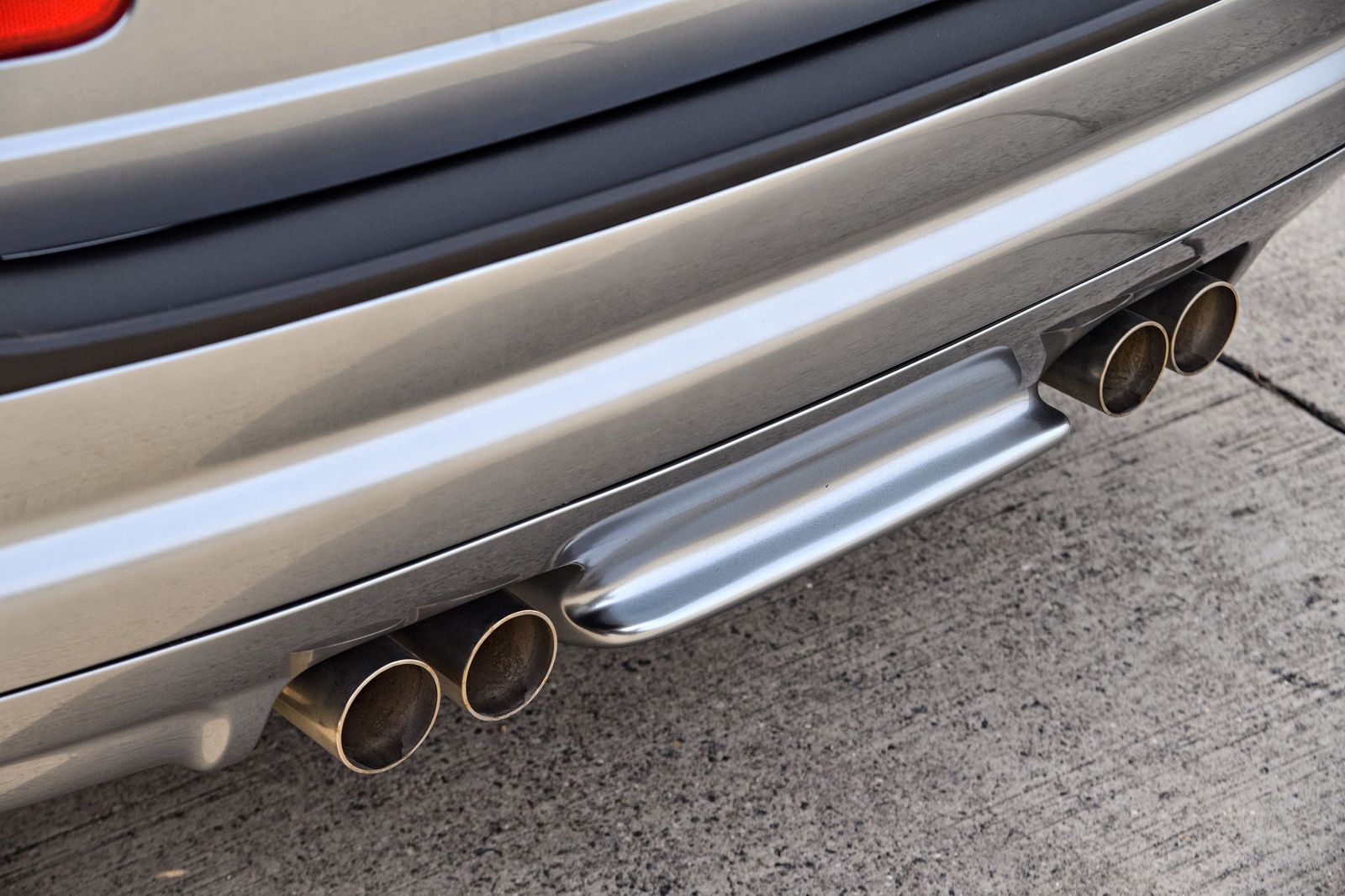
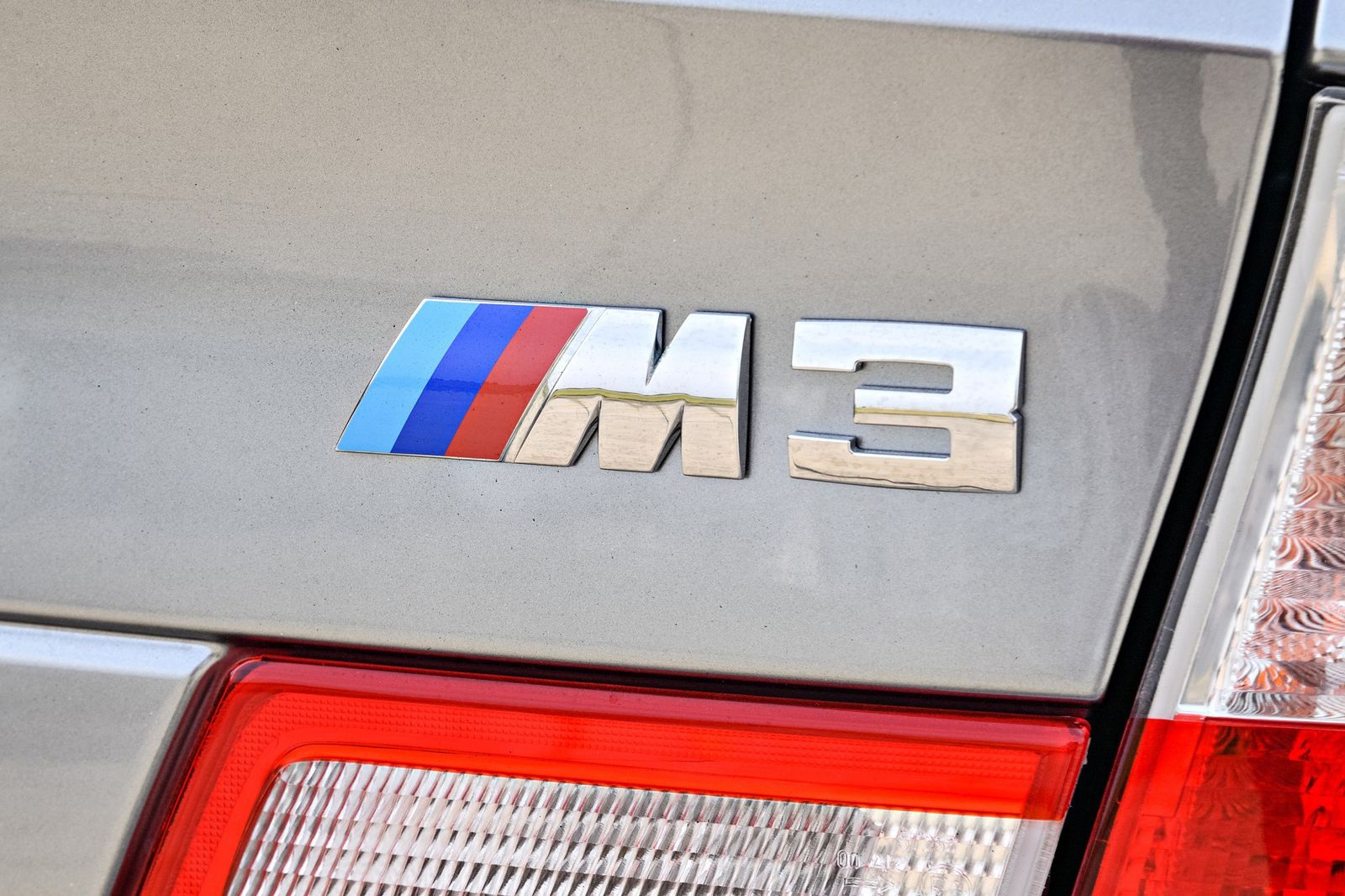
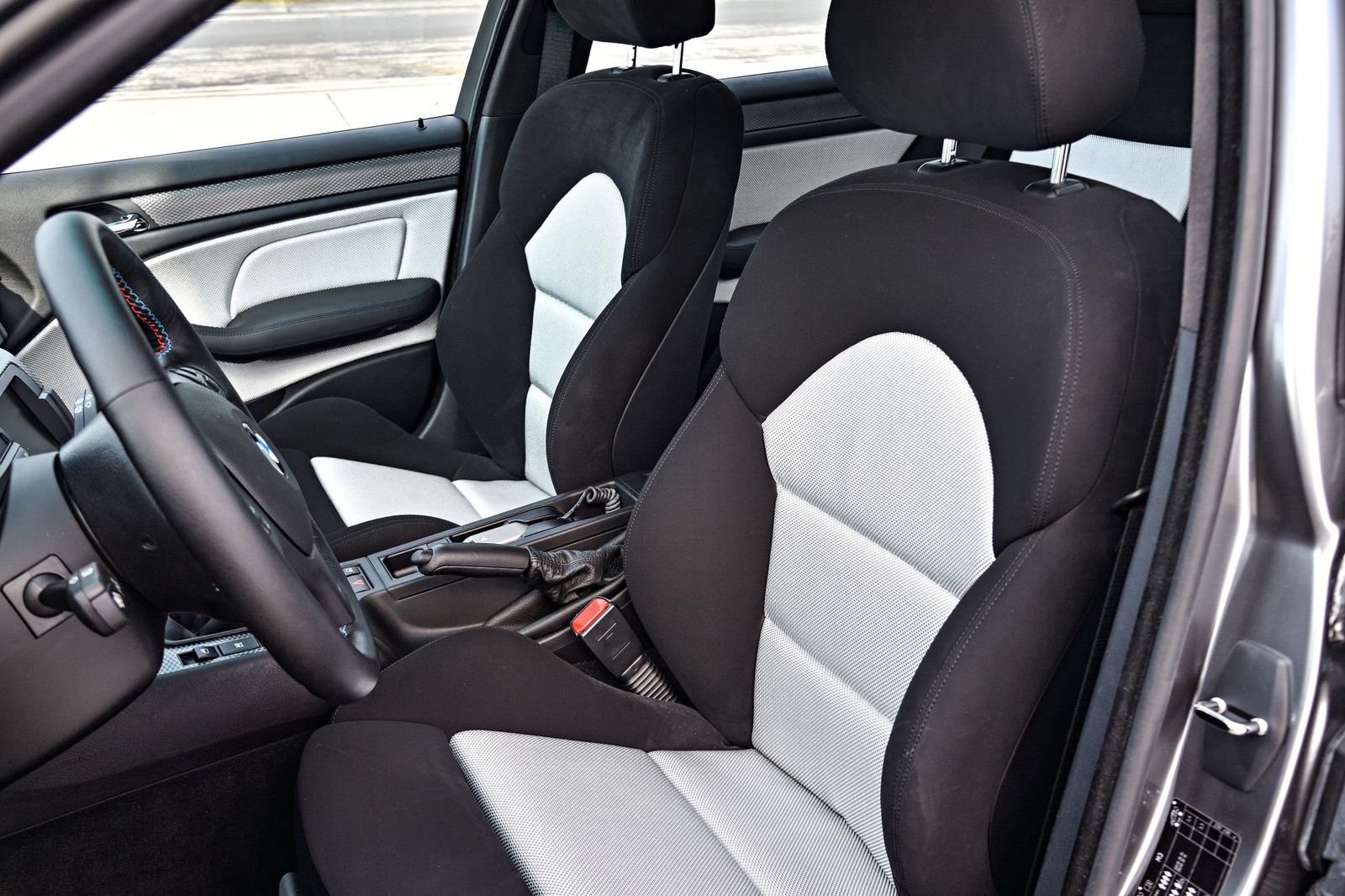


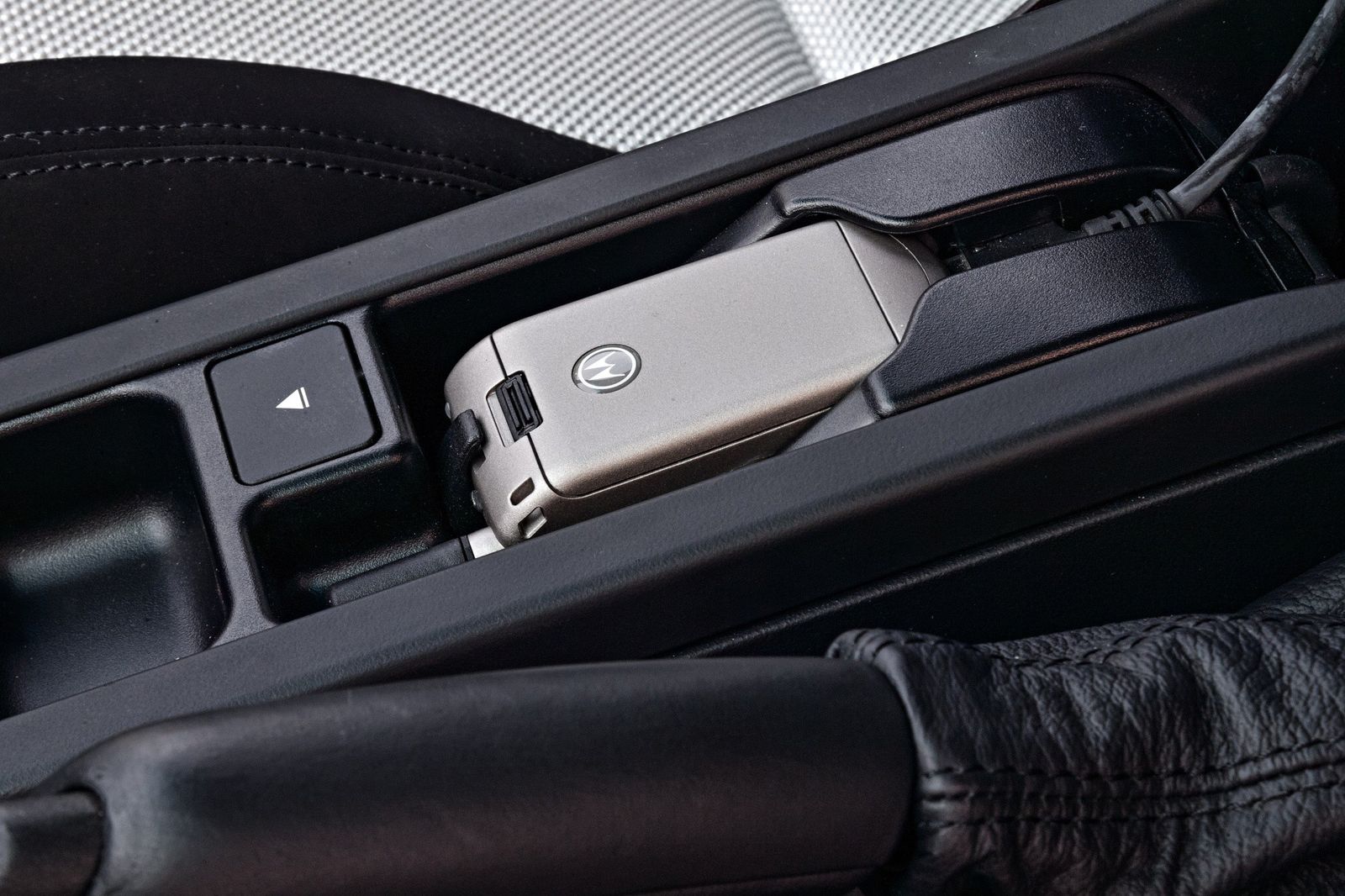
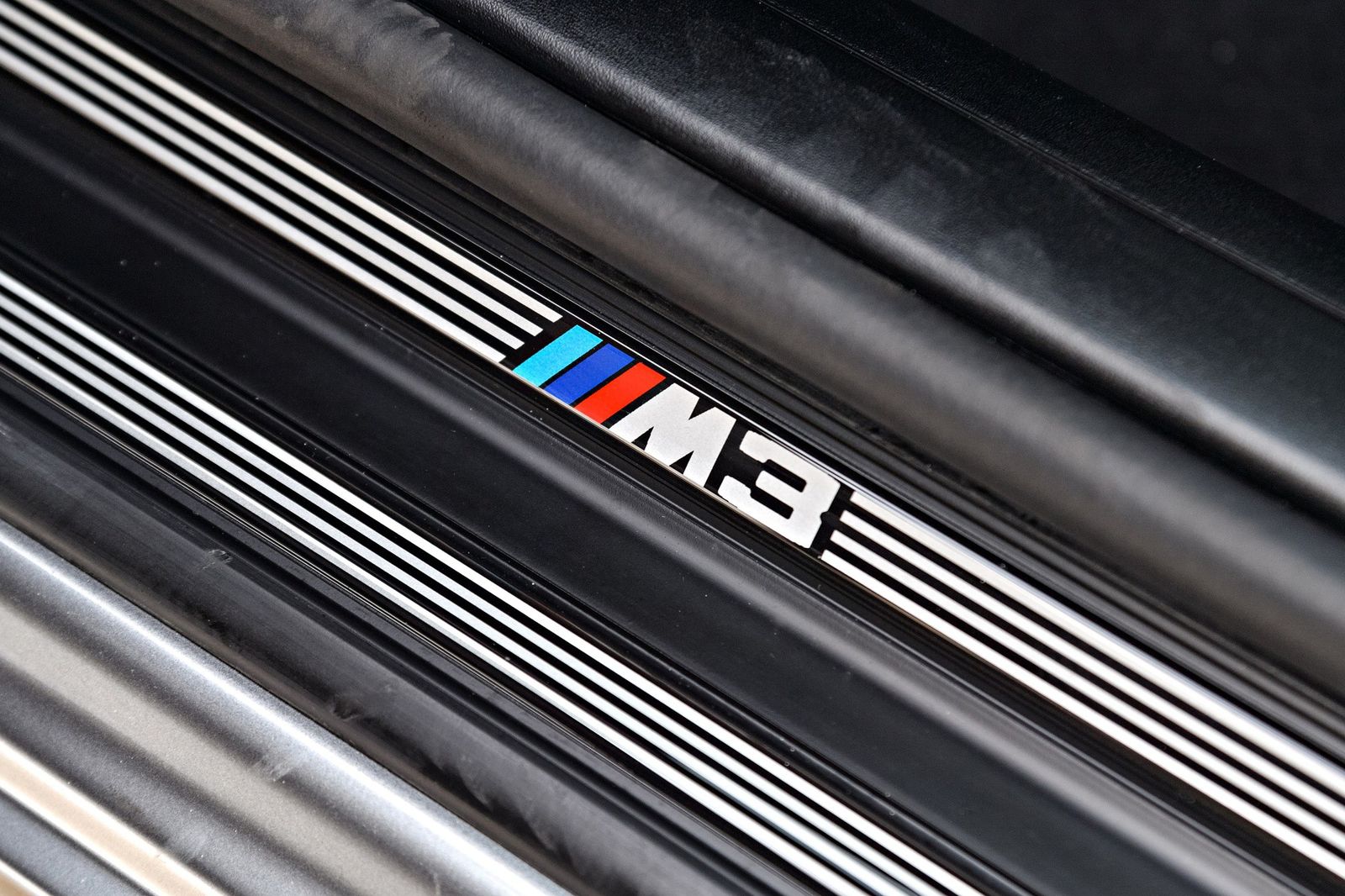
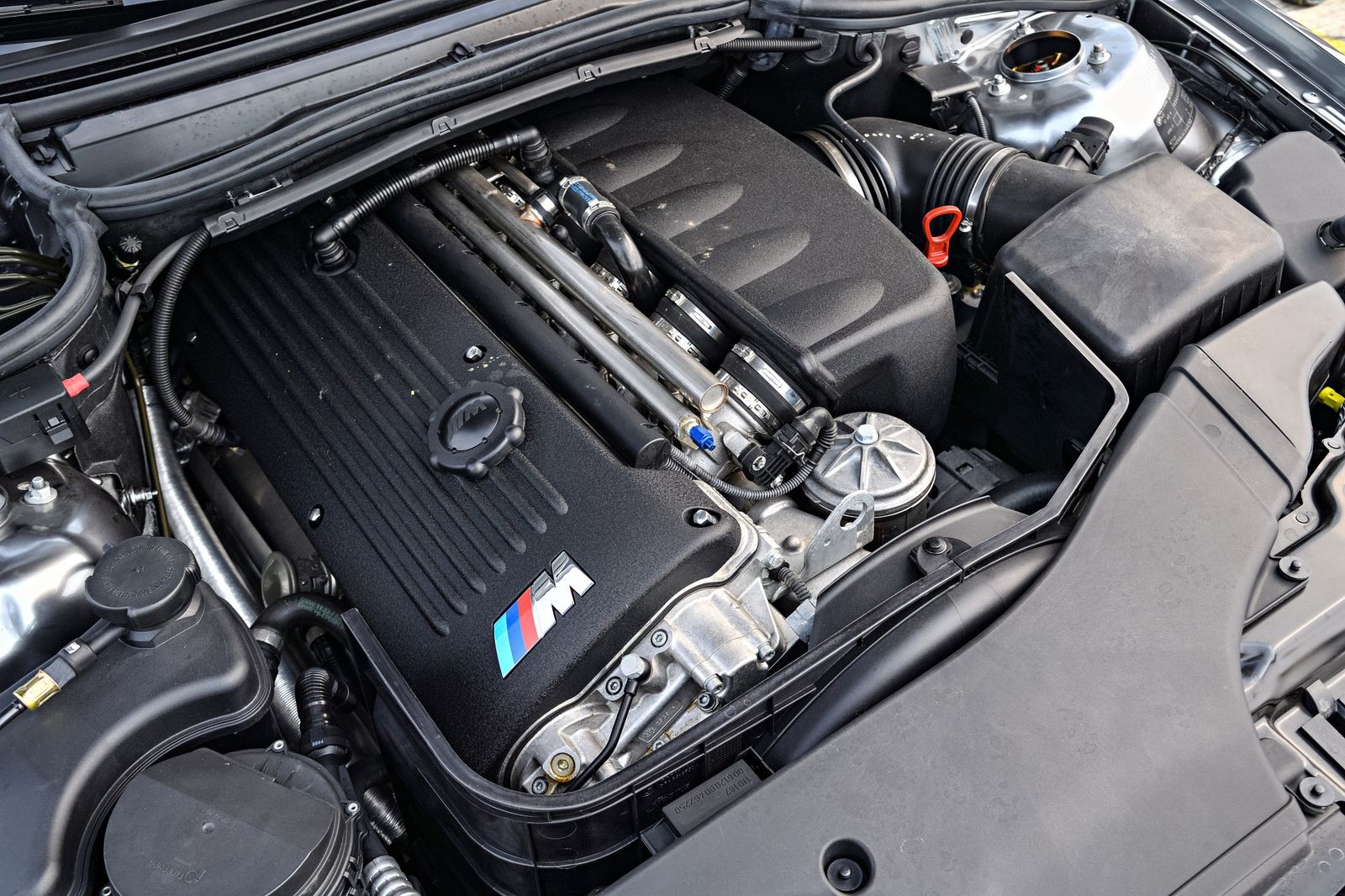

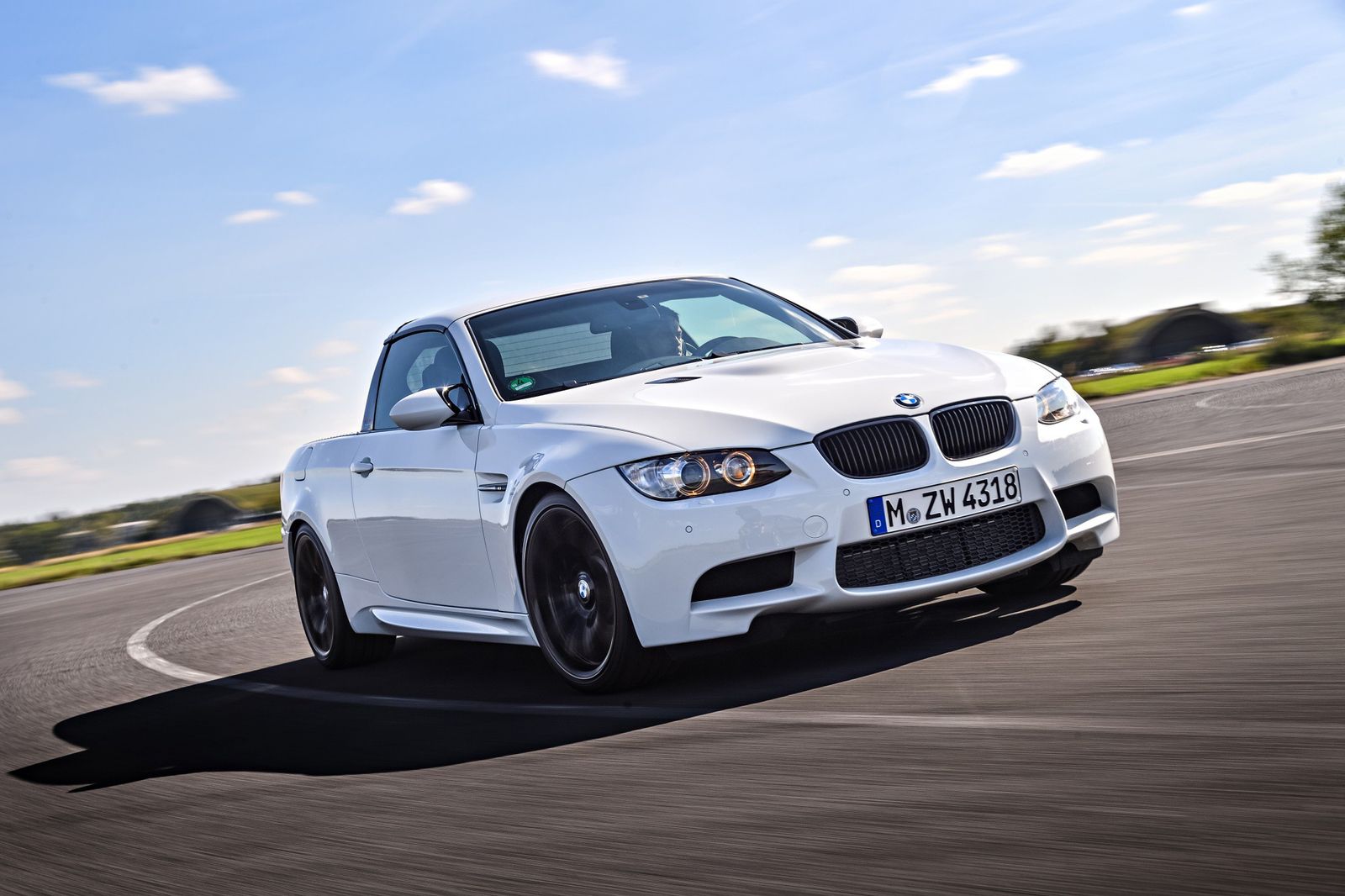

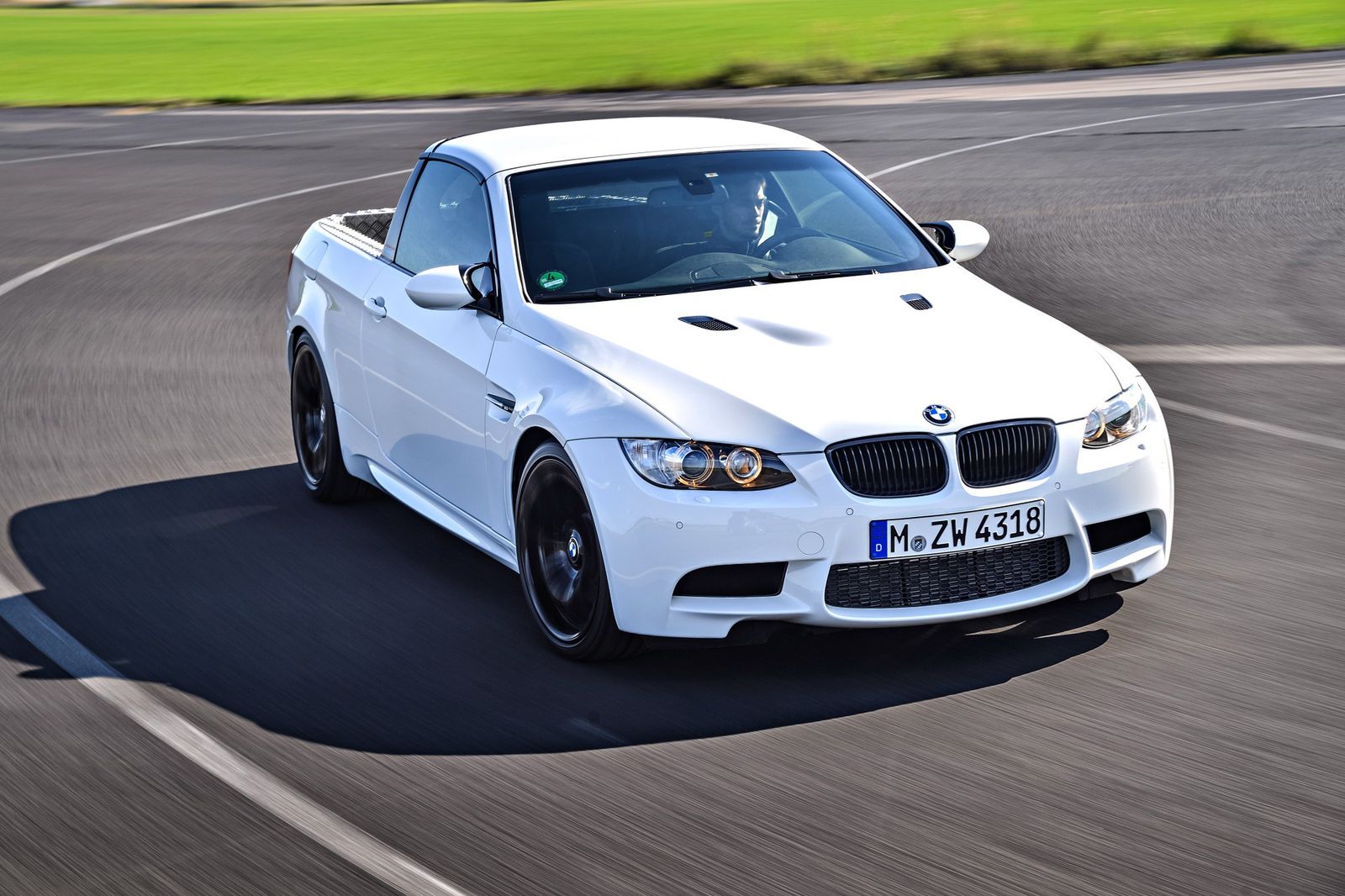
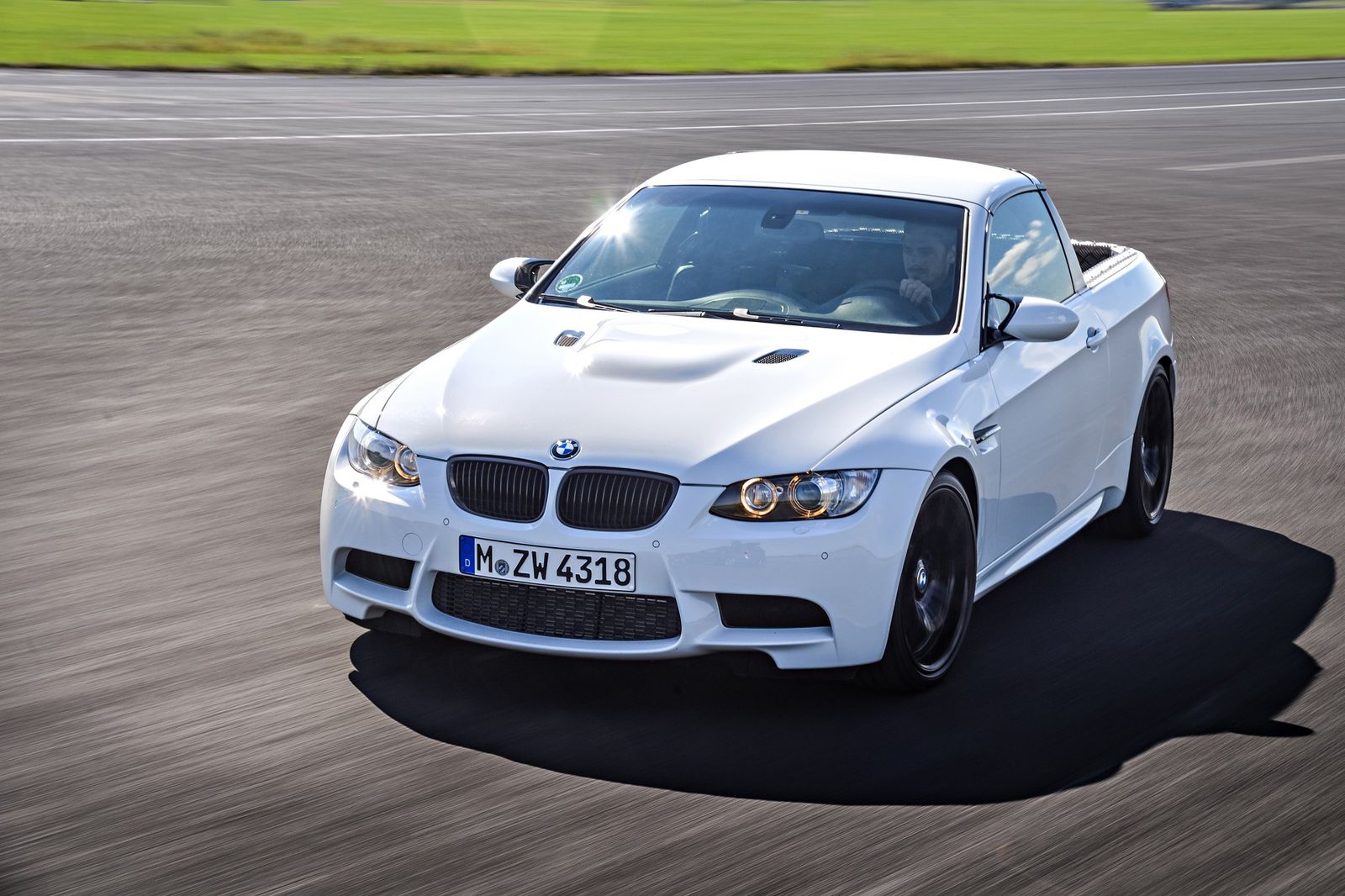
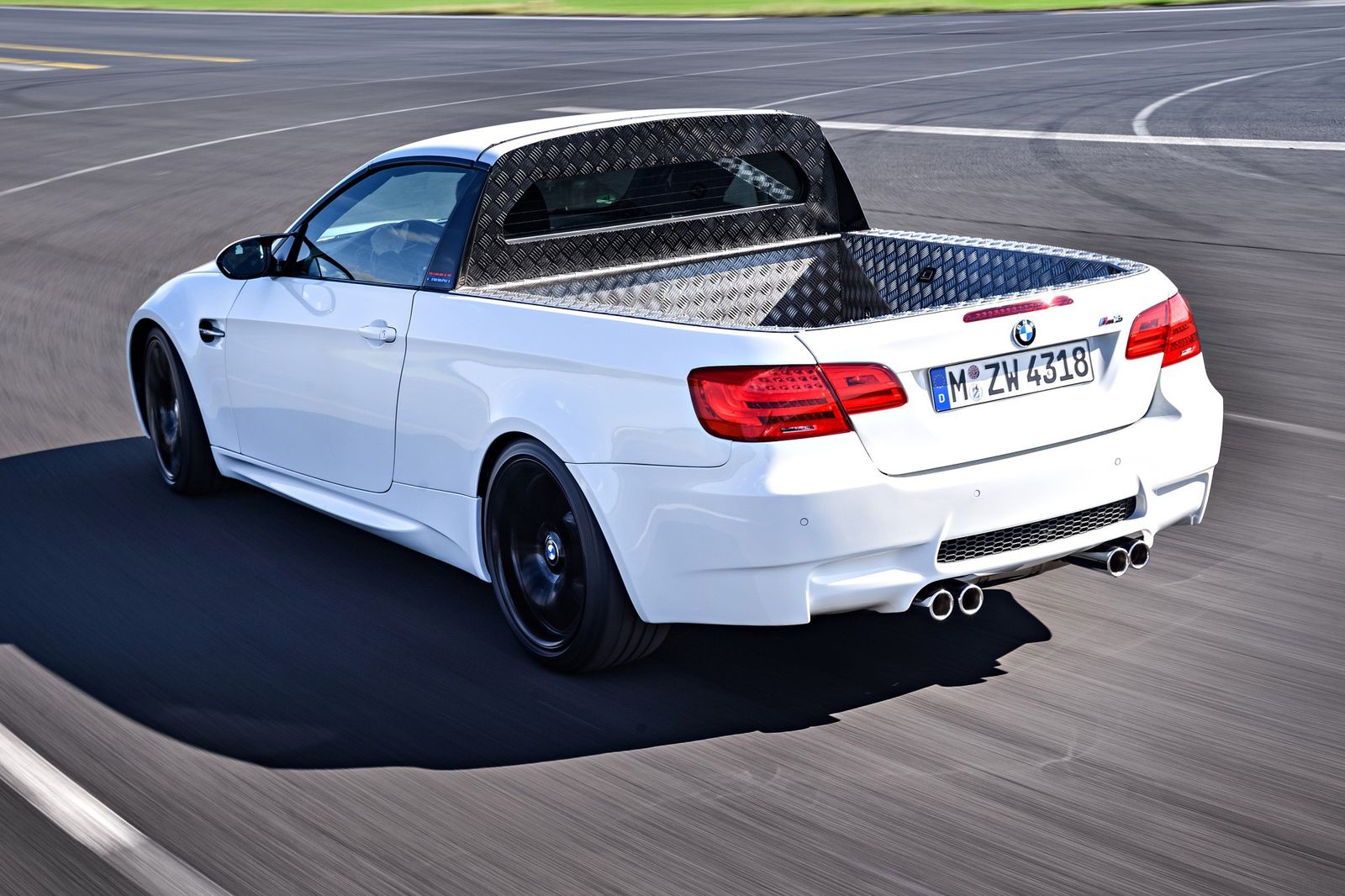
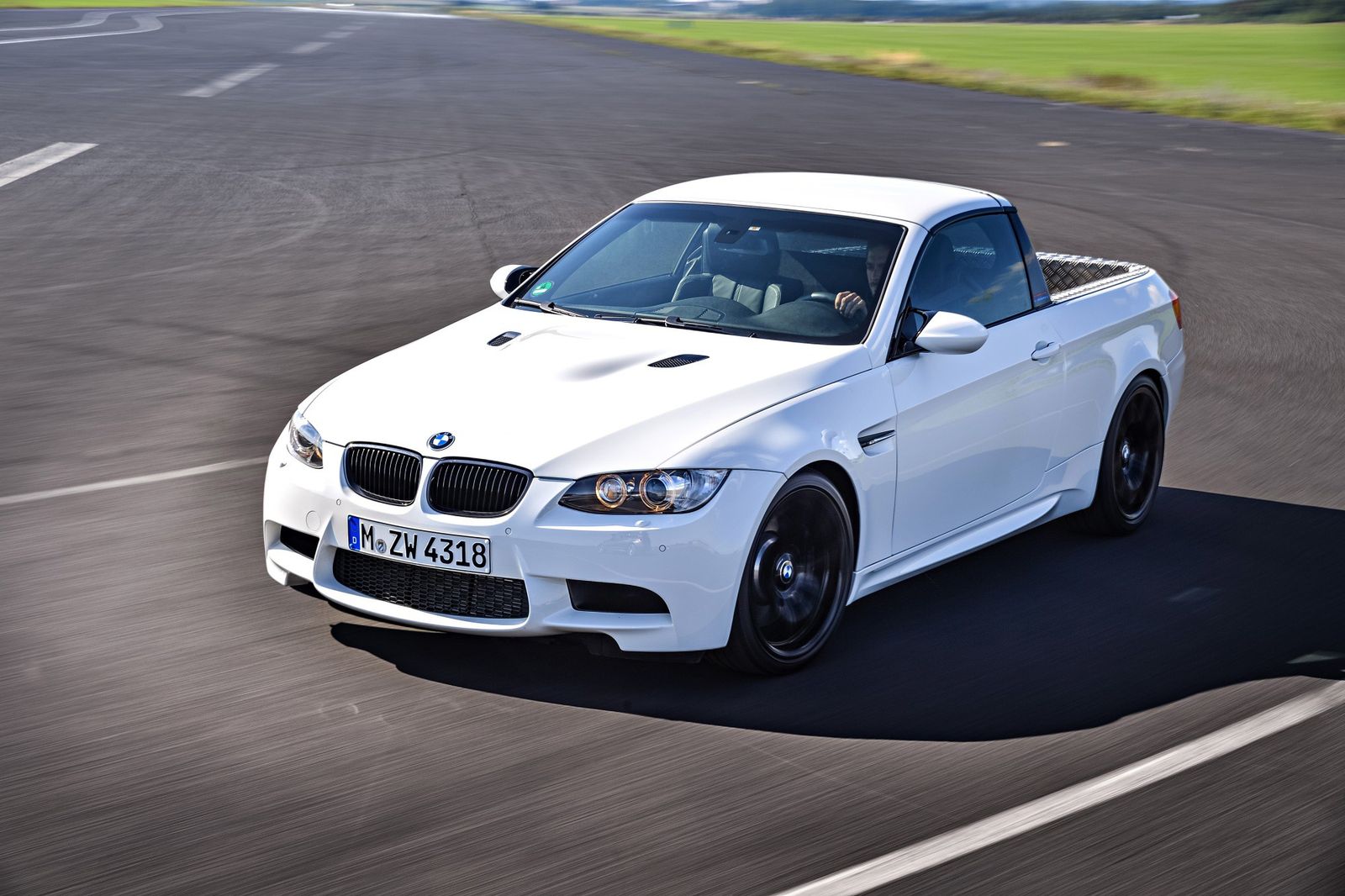

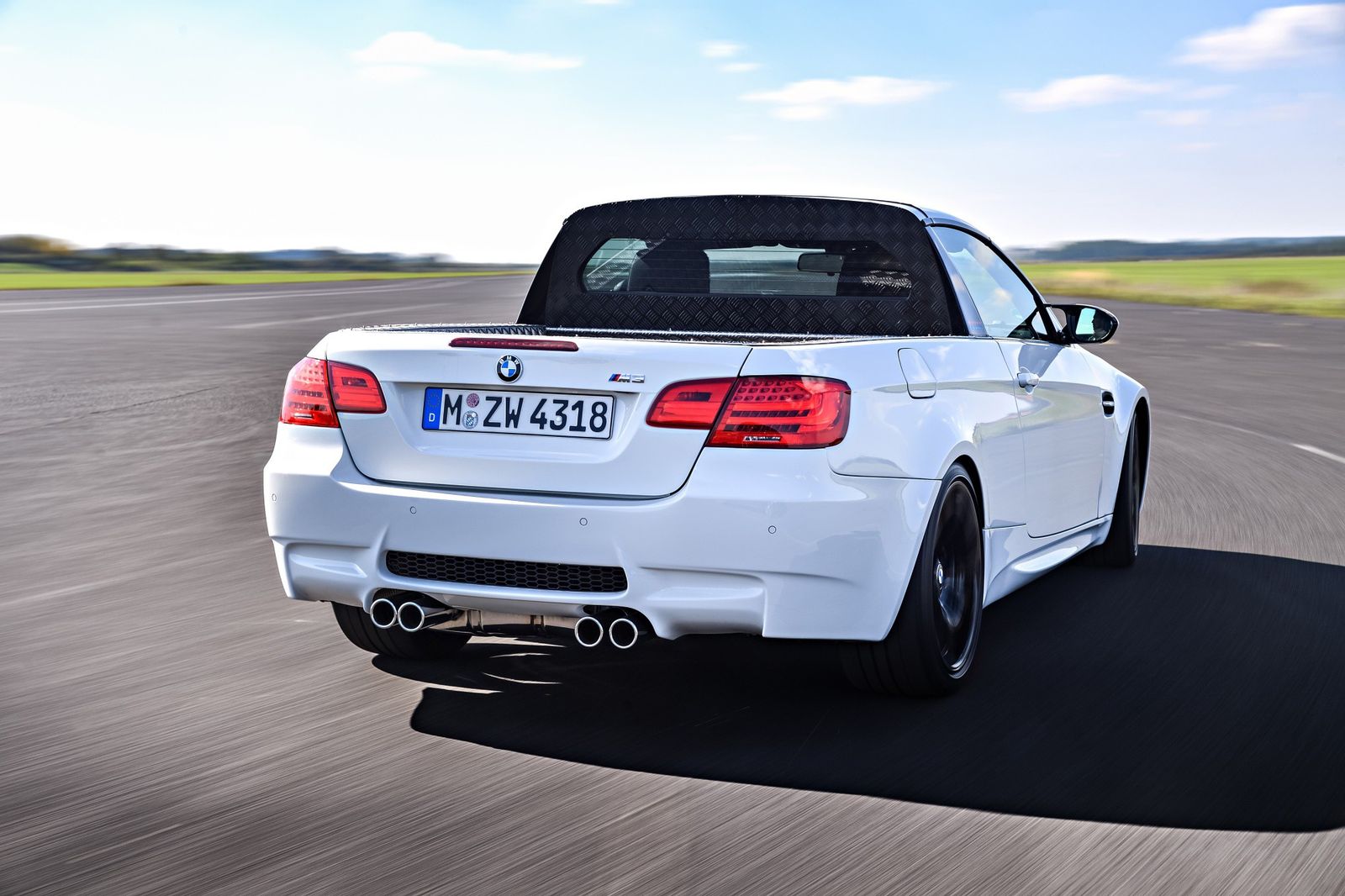

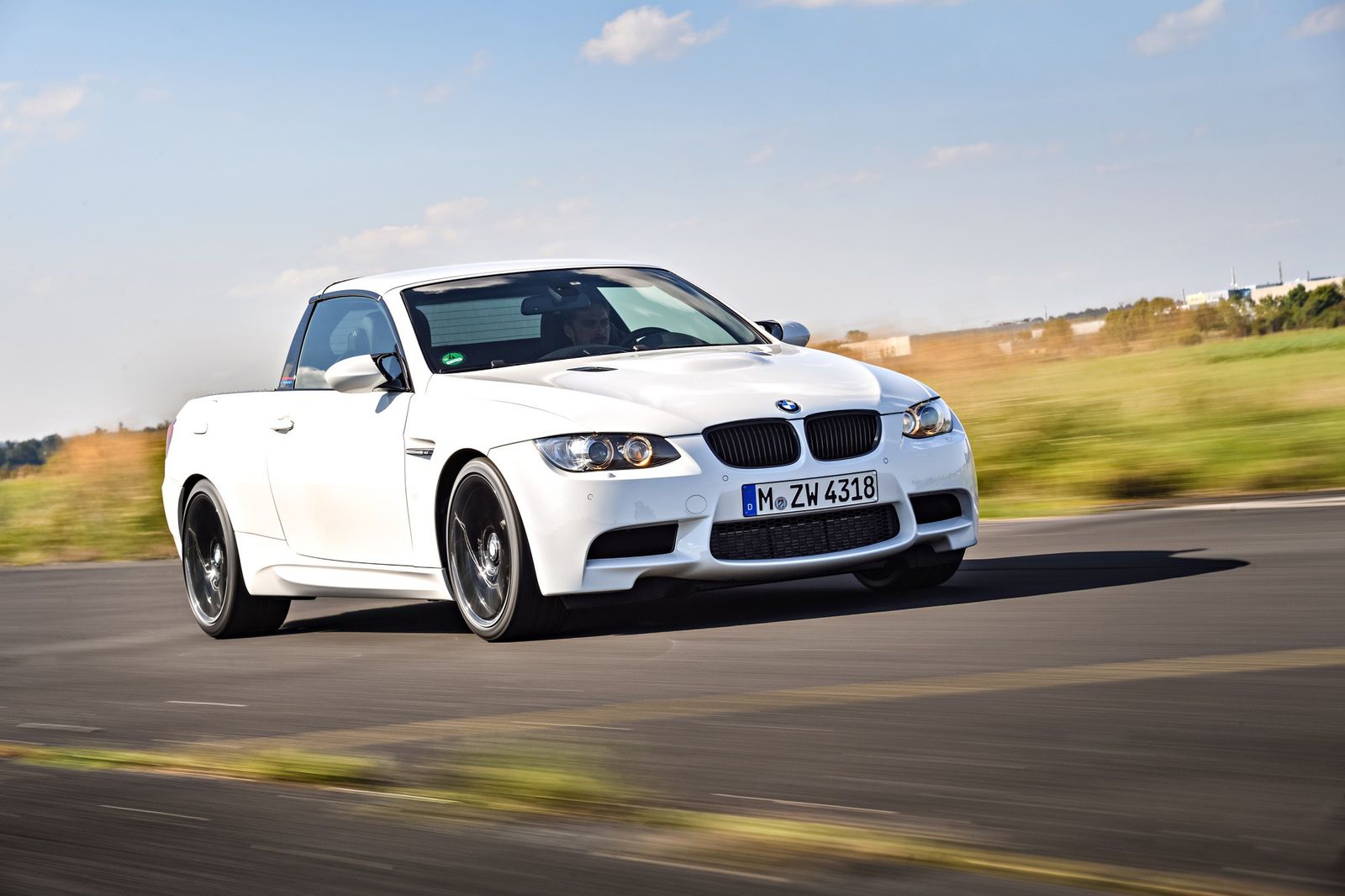


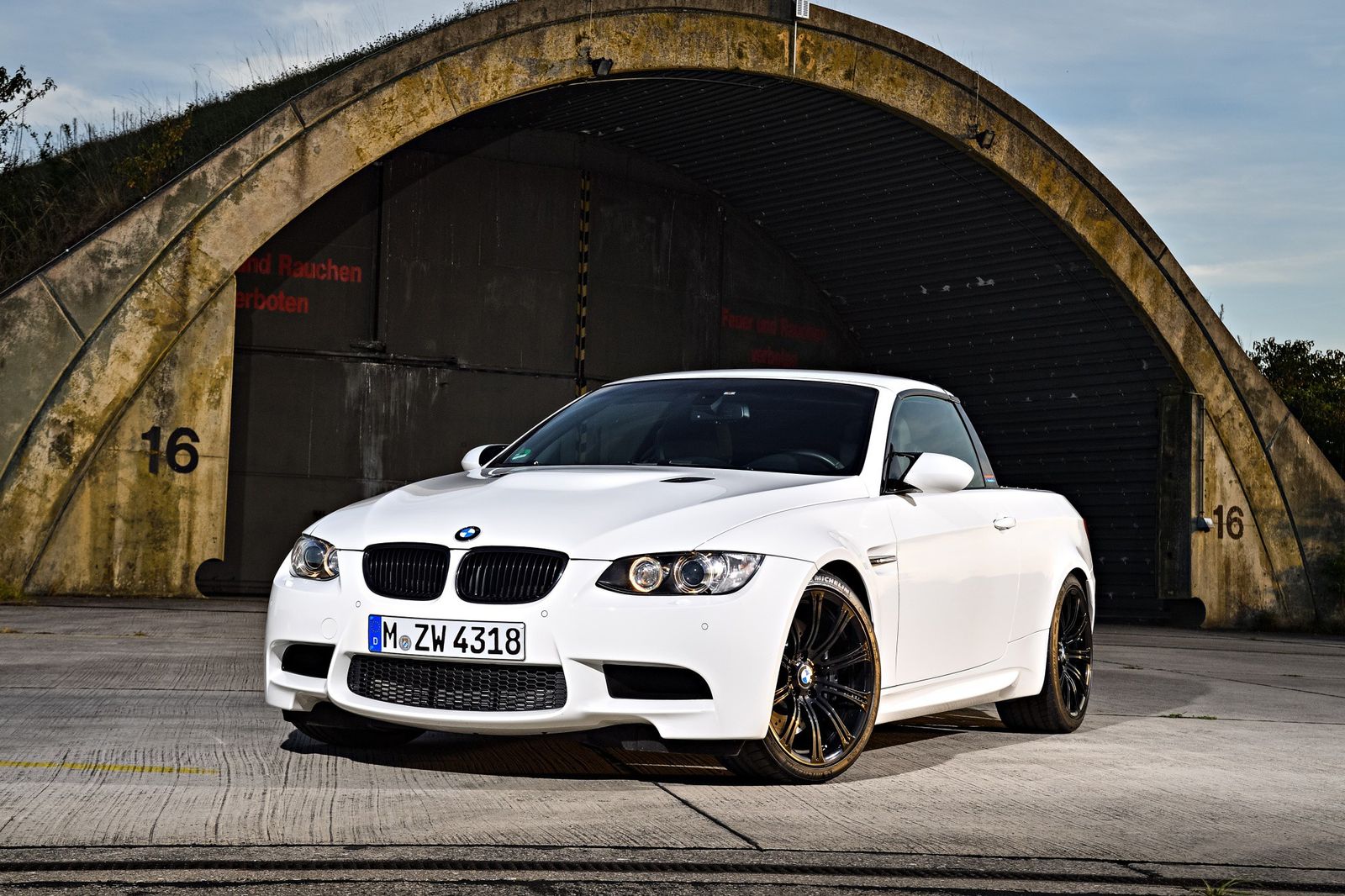
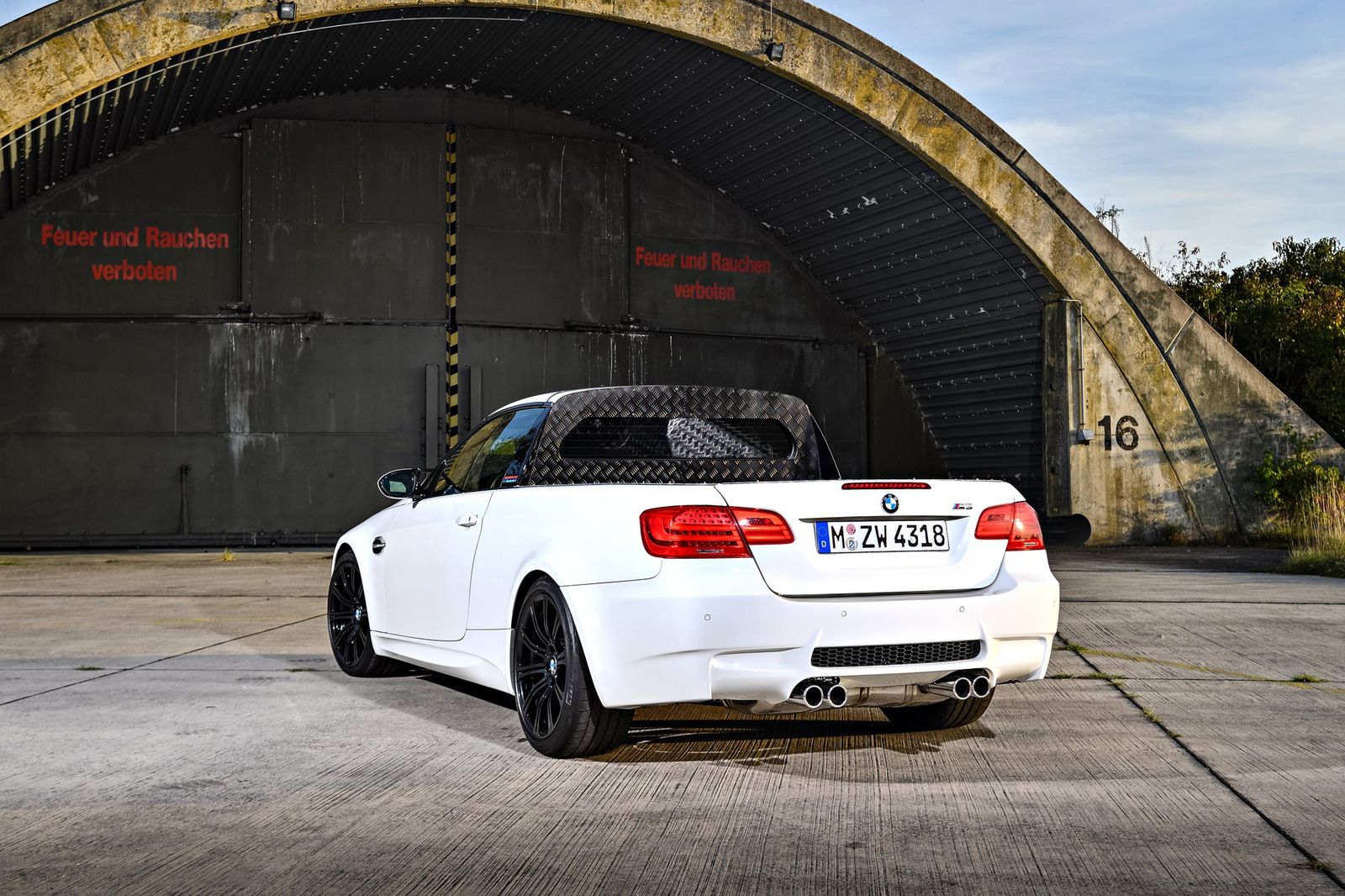
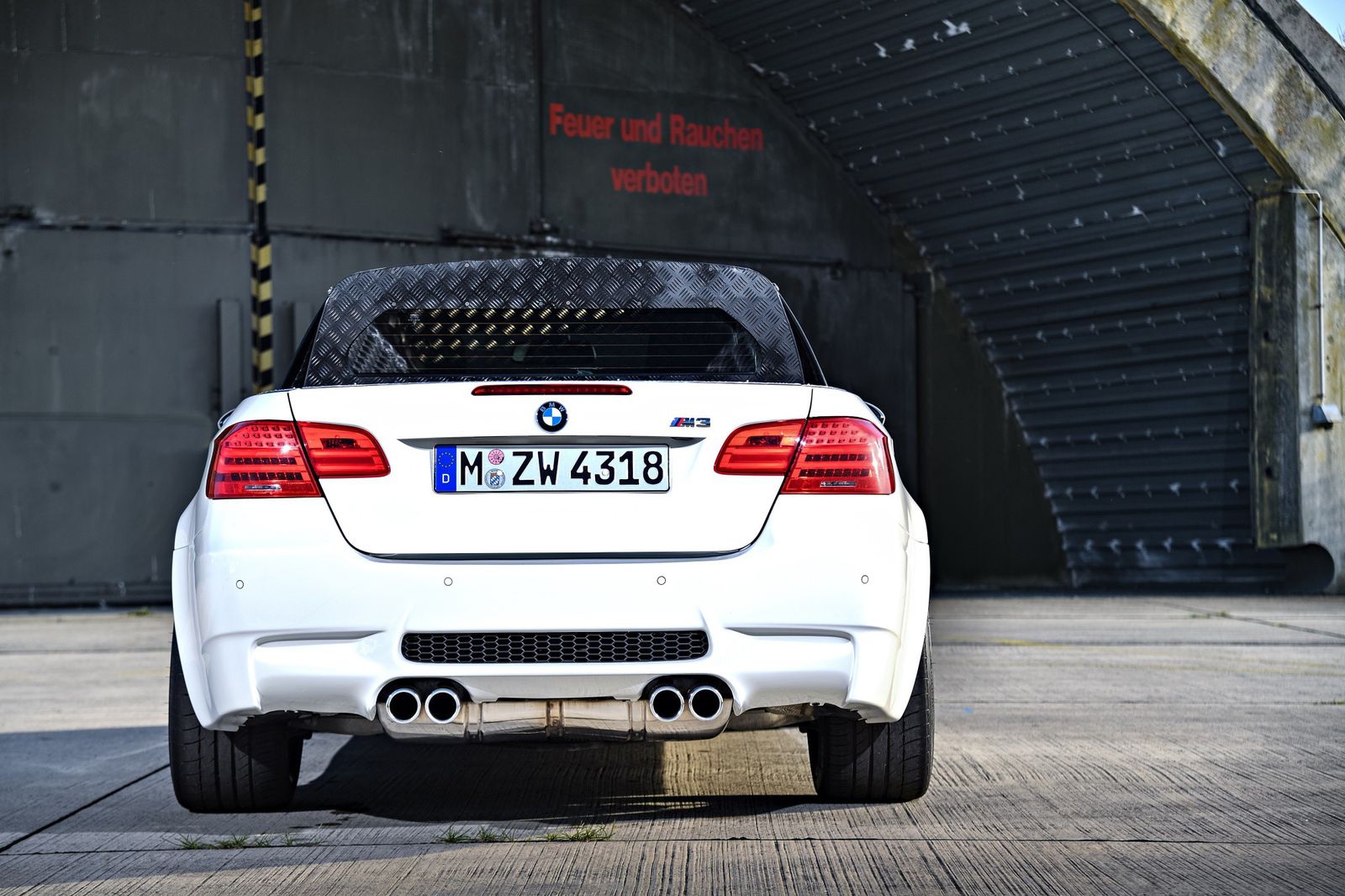

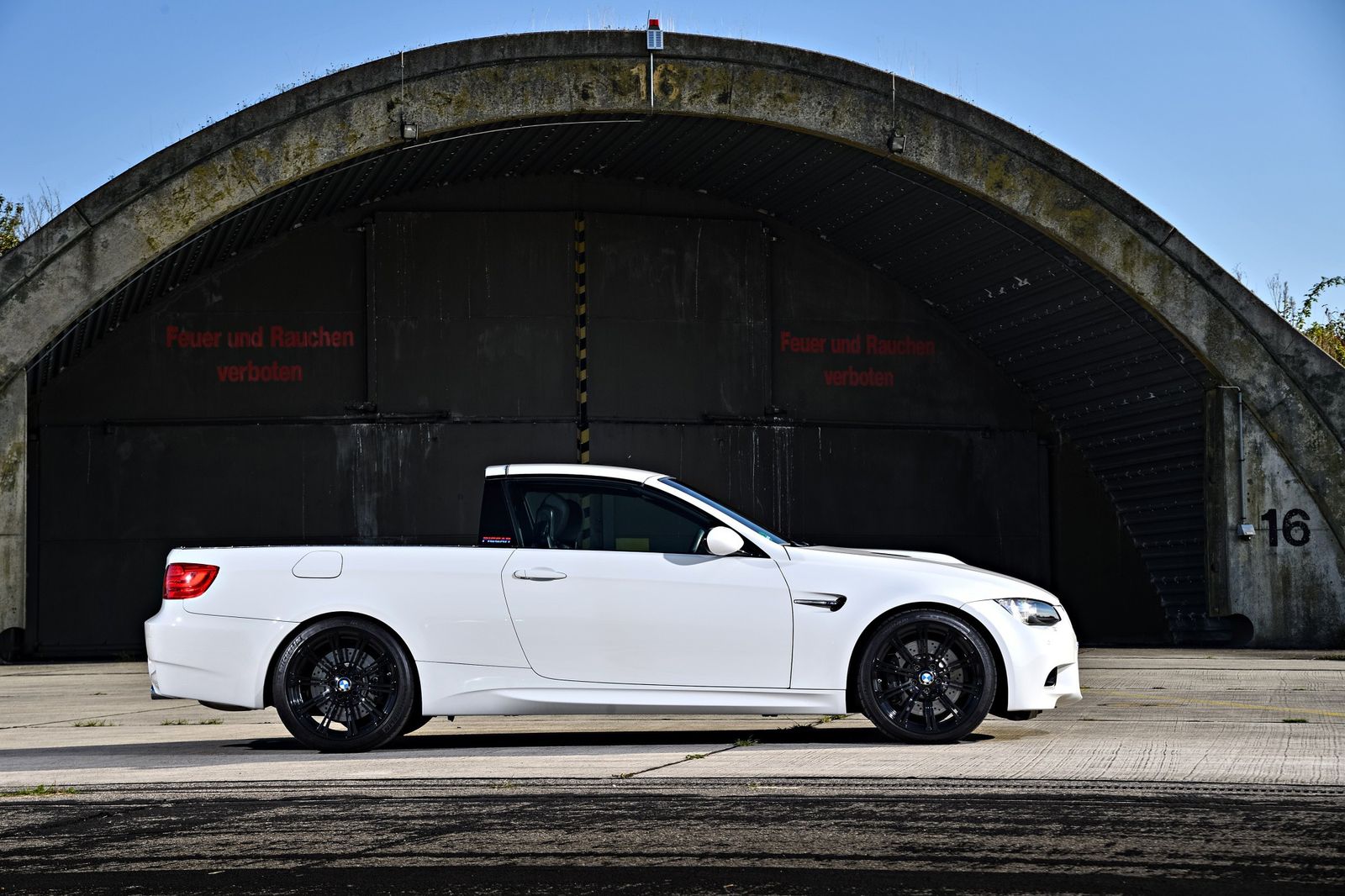
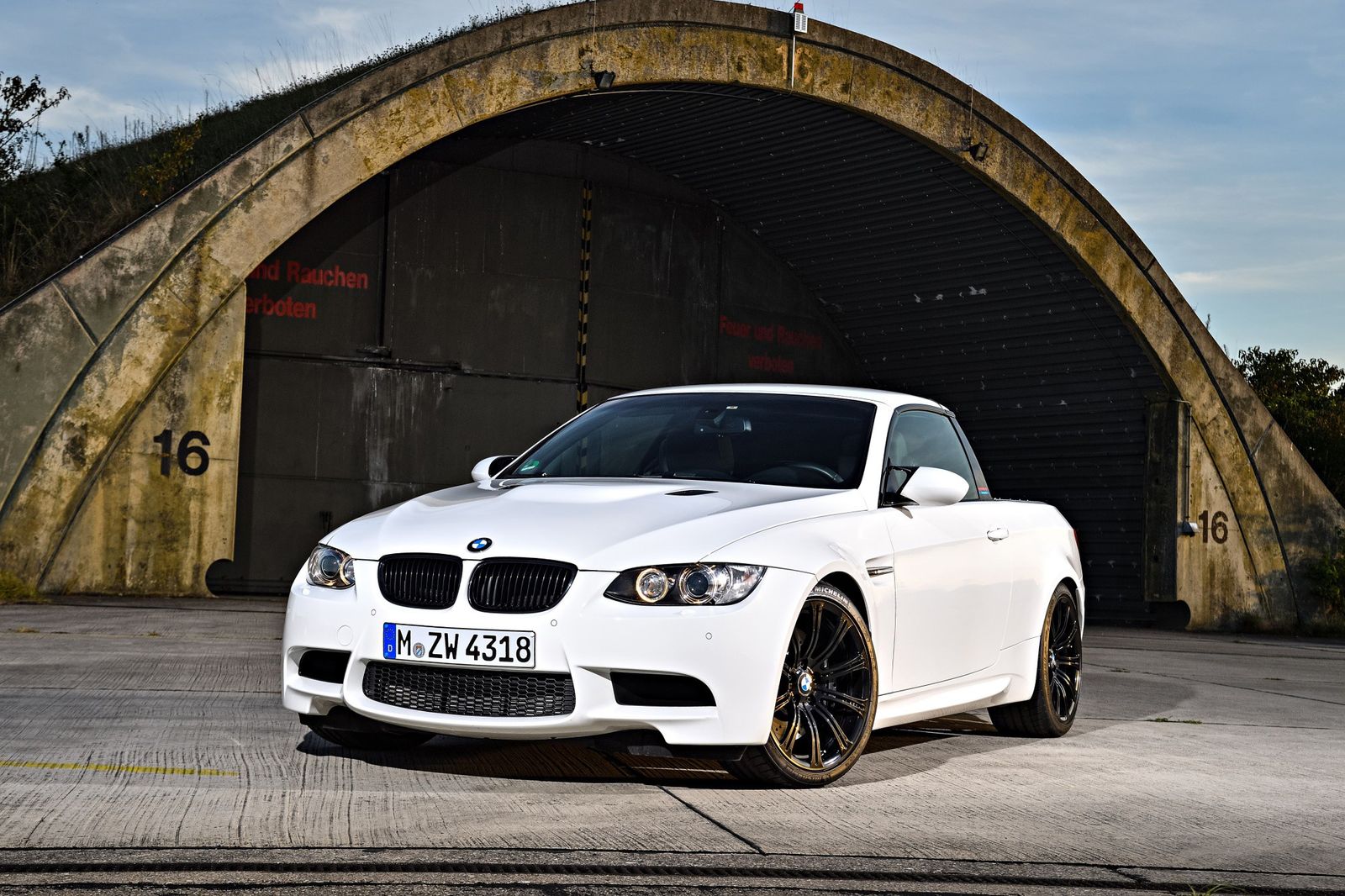
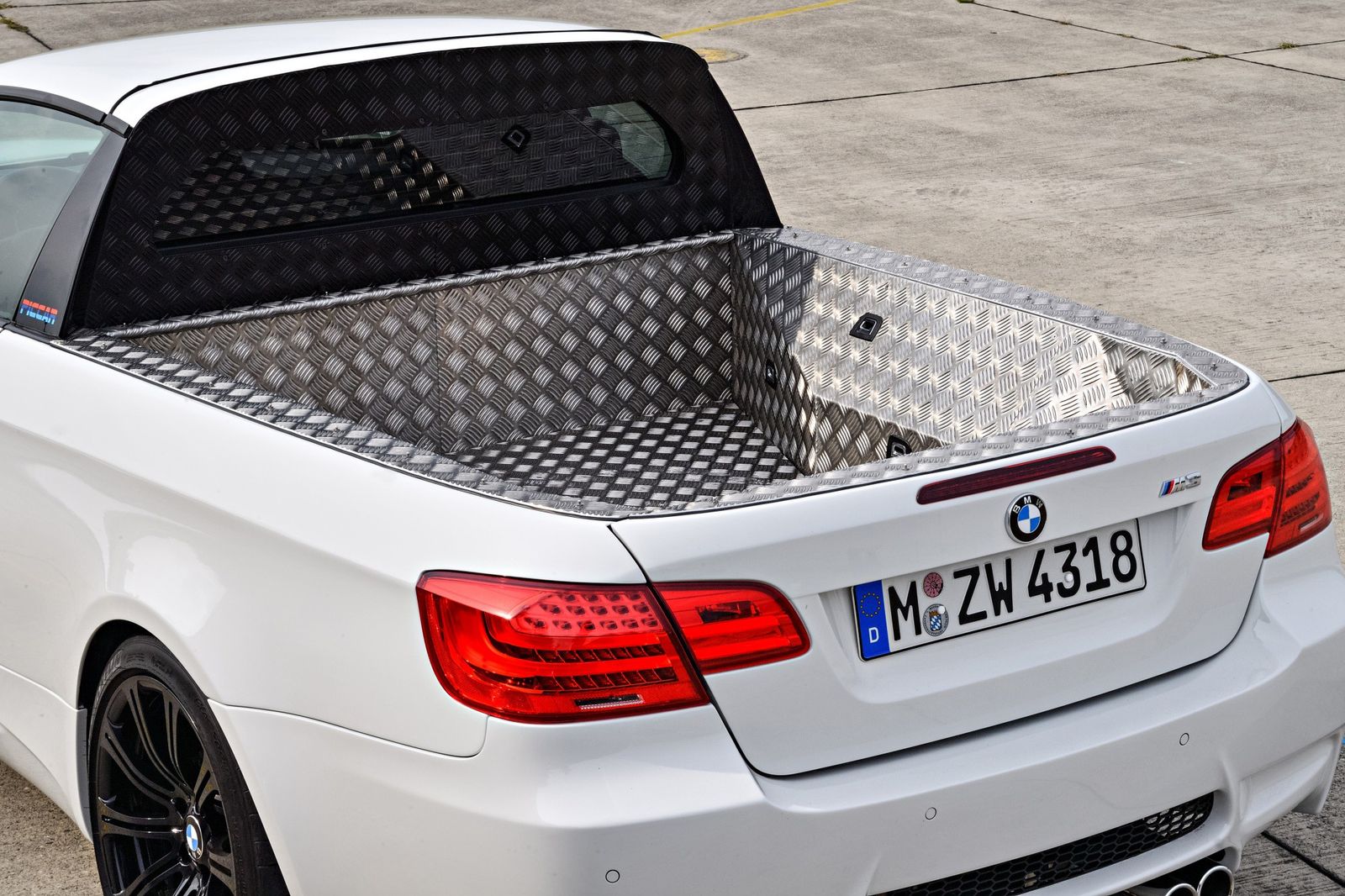


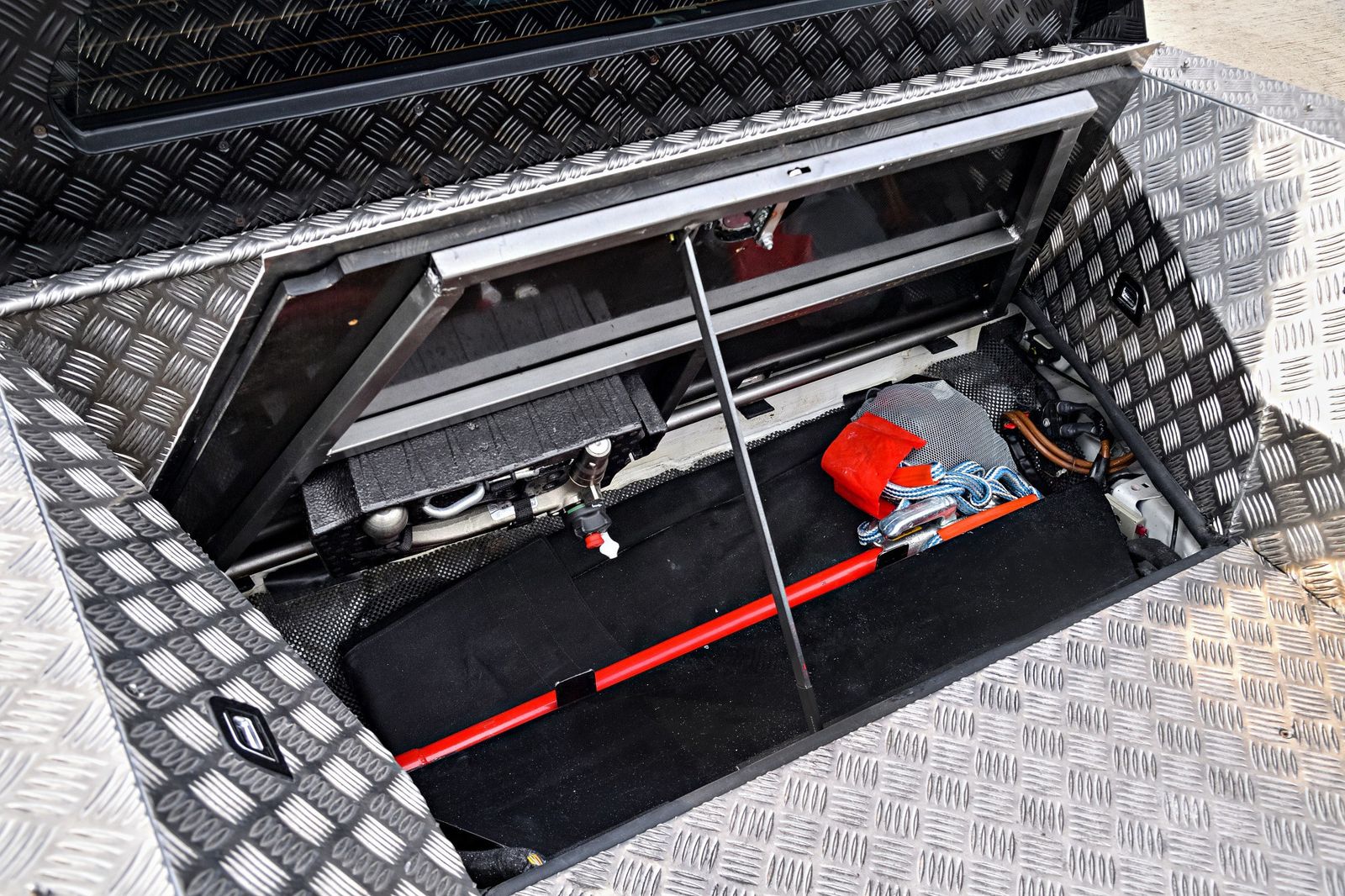


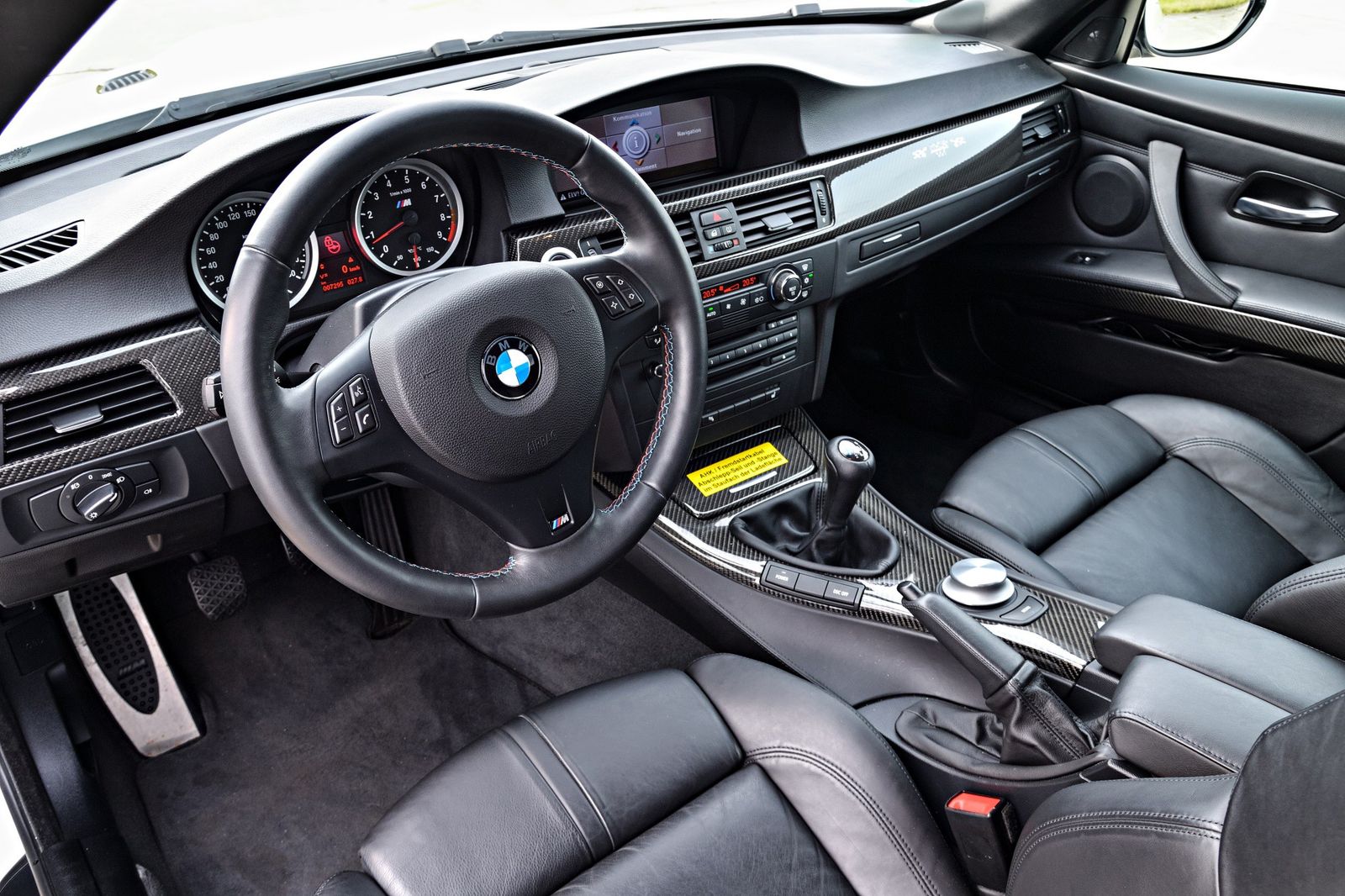
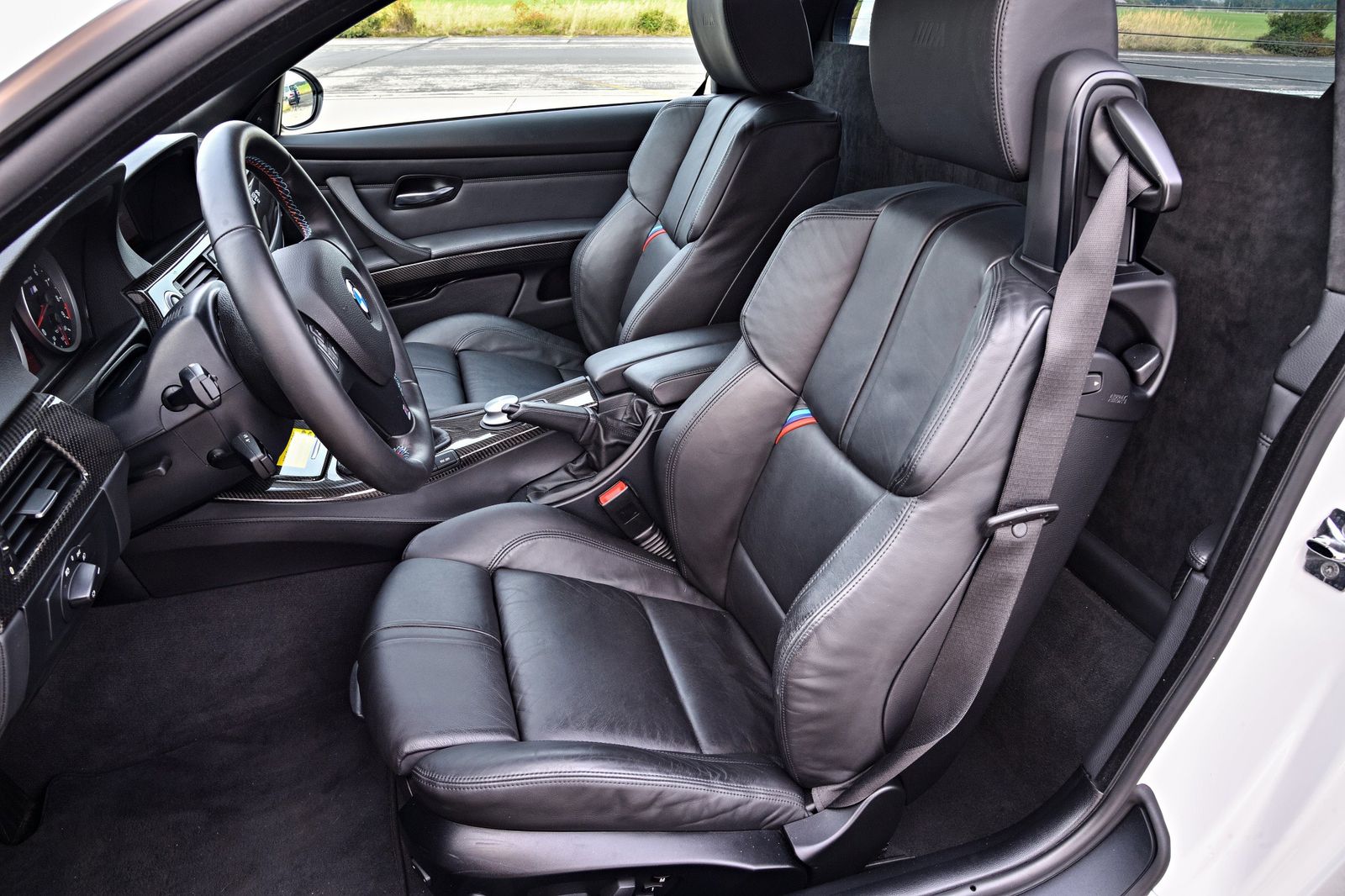
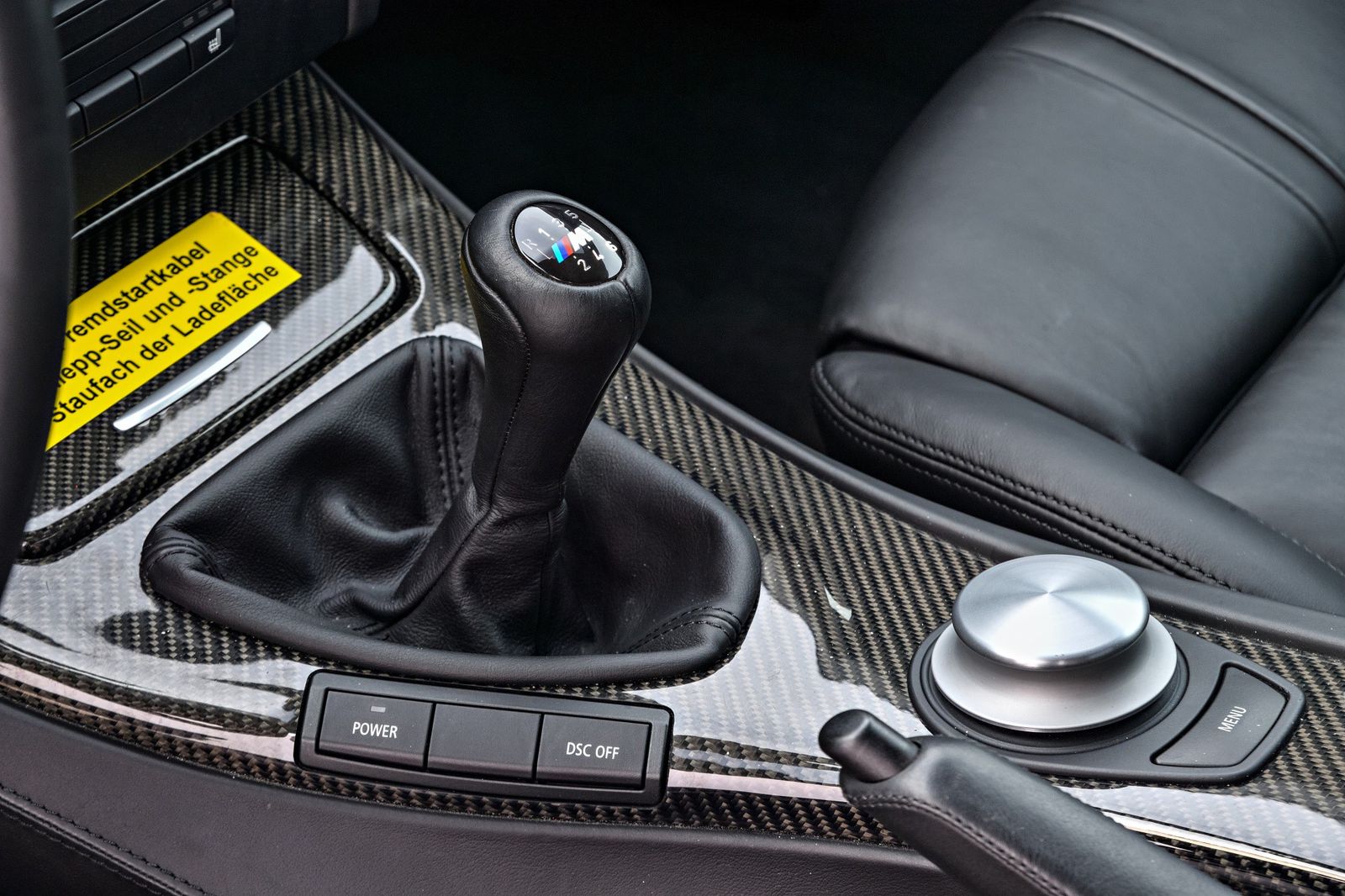

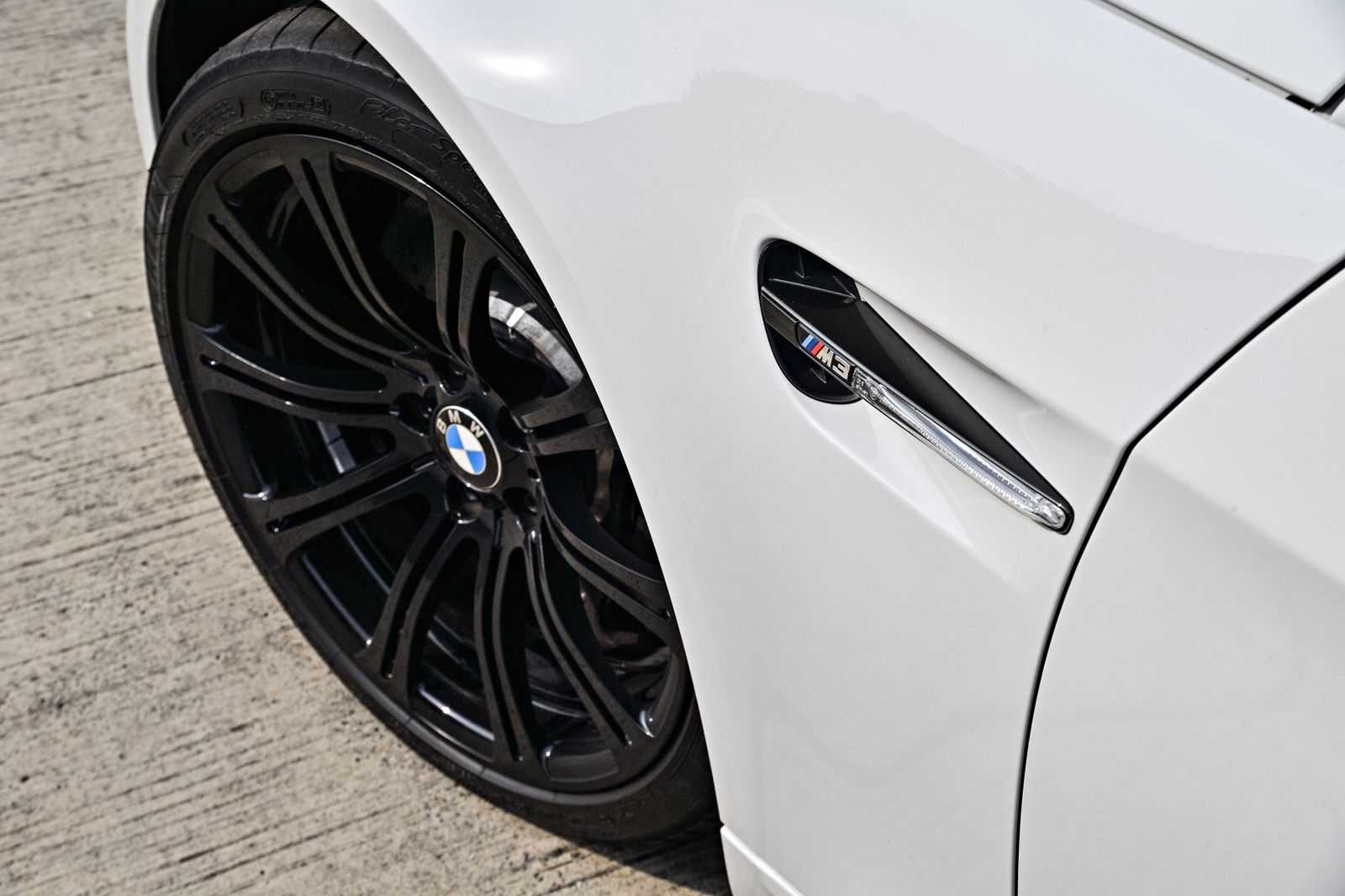
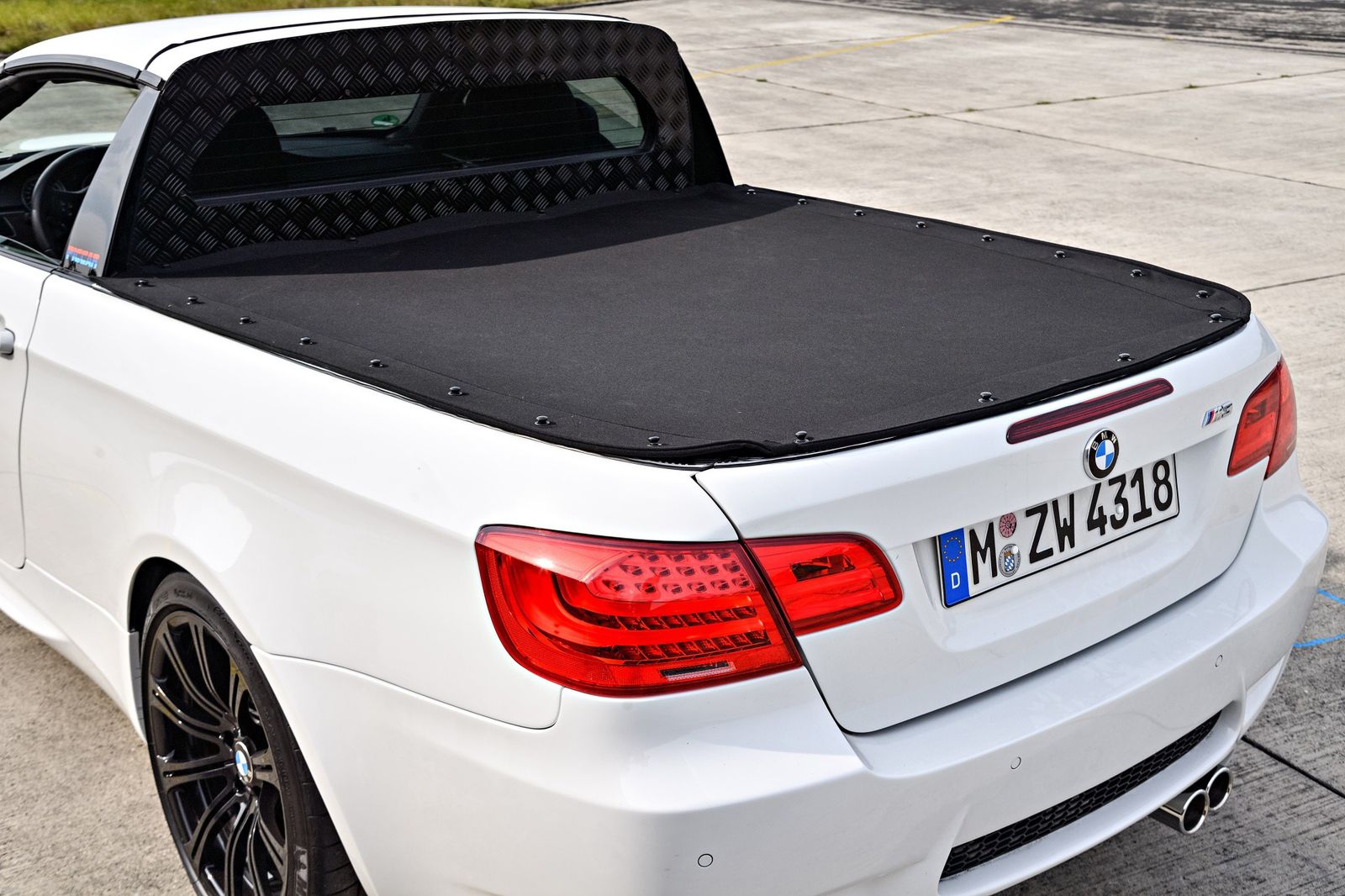

Since this year BMW celebrates the 30th anniversary of the iconic M3, the Bavarian automaker thought it a good occasion to unearth four M3 prototypes that never made it to production.
It's easy to explain why two of them remained just prototypes — yes, we're talking about the M3 pickups from 1986 (E30) and 2011 (E90). But the other two concepts had a real shot at making it into showrooms worldwide: the M3 Compact (E36) from 1996 and the M3 Touring (E46) from 2000).
Each of these working prototypes has an interesting story, so let's find out why BMW M built them.
BMW M3 Pickup (1986)

This unusual prototype was born when the folks from BMW Motorsport wanted an M3 that could carry lots of goods such as work equipment and parts around the company's premises in Garching near Munich. Starting from the body of a 3 Series Convertible, engineers built the peculiar M3 Pickup. The convertible was chosen as a donor car because its built-in bracing made it the ideal choice for a pickup conversion.

Unlike the production E30 M3, the M3 Pickup lacked the flared wings and initially featured a 2.0-liter engine with 192 hp from the Italian-market M3. "Later we switched to the original 2.3-liter four-cylinder engine with 200 horsepower," recounts Jakob Polschak, head of vehicle prototype building and workshops at the BMW M Division.
The BMW M3 Pickup served as a workshop transport vehicle for over 26 years before finally being retired four years ago.
BMW M3 Compact (1996)

While BMW had no plans to put the M3 Pickup into production, the E36 M3 Compact prototype from 1996 was a different story. The automaker thought it could become an entry point into the world of BMW M cars for younger customers — exactly what the BMW M2 Coupé is right now. However, for reasons BMW did not elaborate on, the M3 Compact remained just a prototype.

It featured the same 3.0-liter straight-six engine delivering 321 hp, which made it even quicker and more nimble than the E36 M3 Coupe. That's because it was 150 kg (331 lbs) lighter. However, were the M3 Compact to make it into production, BMW would have reduced the engine's output so that it didn't compete with the M3 Coupe performance-wise.
BMW M3 Touring (2000)

Another M3 prototype that was considered for production was the E46 M3 Touring from 2000. While BMW allowed some journalists test drive the M3 Compact, the M3 Touring served entirely in-house purposes. "This prototype allowed us to show that, from a purely technical standpoint at least, it was possible to integrate an M3 Touring into the ongoing production of the standard BMW 3 Series Touring with very little difficulty," explains Jakob Polschak.

Engineers wanted to see whether the rear doors of the standard production model could be reworked to adapt them to the rear wheel arches without the need for new and expensive tools. Although the M3 Touring passed the test, it never had the opportunity to give the Audi RS4 Avant a run for its money. And that's quite a shame because the prototype looked great.
BMW M3 Pickup (2011)

Once again, BMW M built an M3 Pickup, but now the reason was different. The E90 M3 Pickup came as a successor to the E30 M3 Pickup, which was beginning to show signs of wear and tear. Like its predecessor, the E90 M3 Pickup was based on a 3 Series Convertible but, unlike the E30 M3 Pickup, BMW licensed it for road use.

Since April 1 was just around the corner, someone at BMW M had the idea to market the car as an April Fools' joke. Following spy shots of calibration runs on the Nürburgring Nordschleife, BMW issued a press release saying the Pickup would become the fourth body variant of the M3 family alongside the Sedan, Coupe, and Convertible. The joke worked, as many journalists and bloggers took the bait and believed the rumors.
